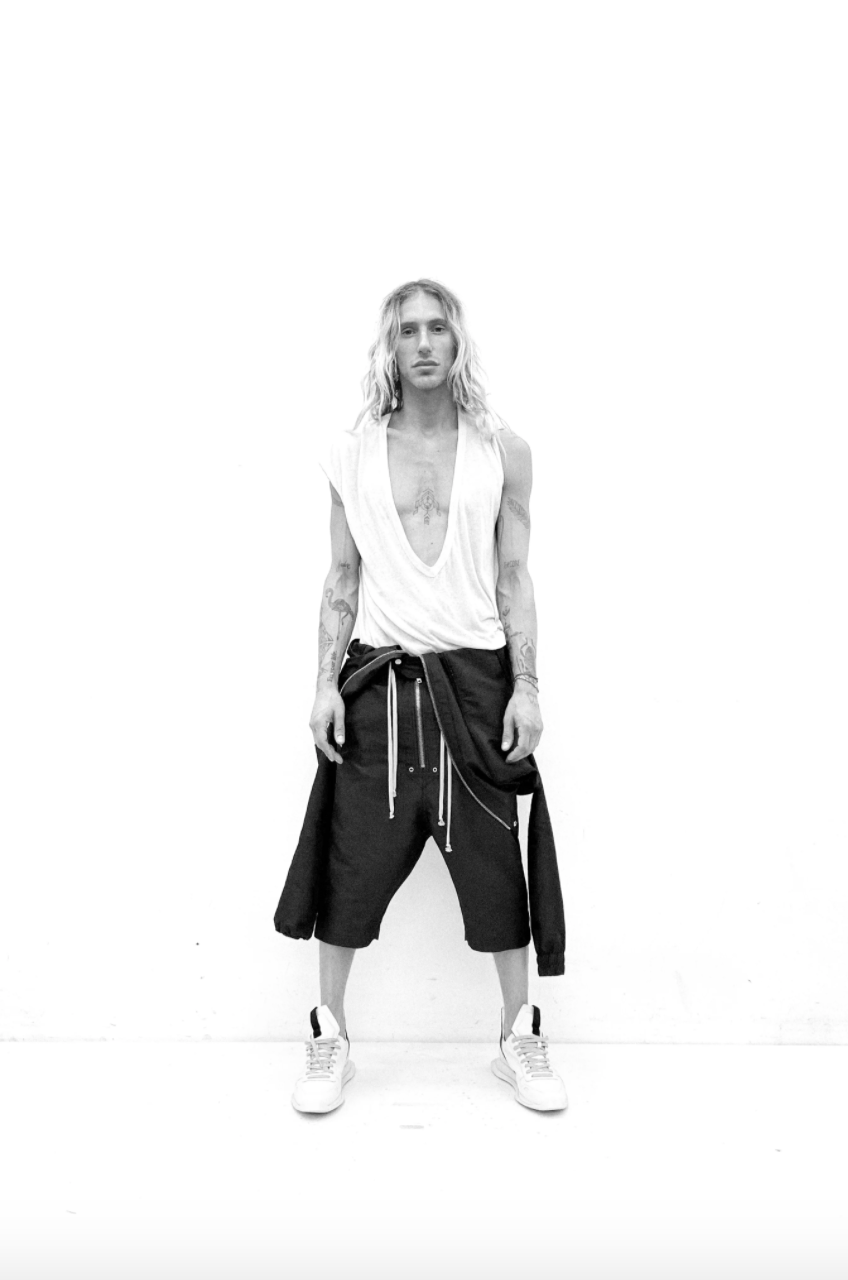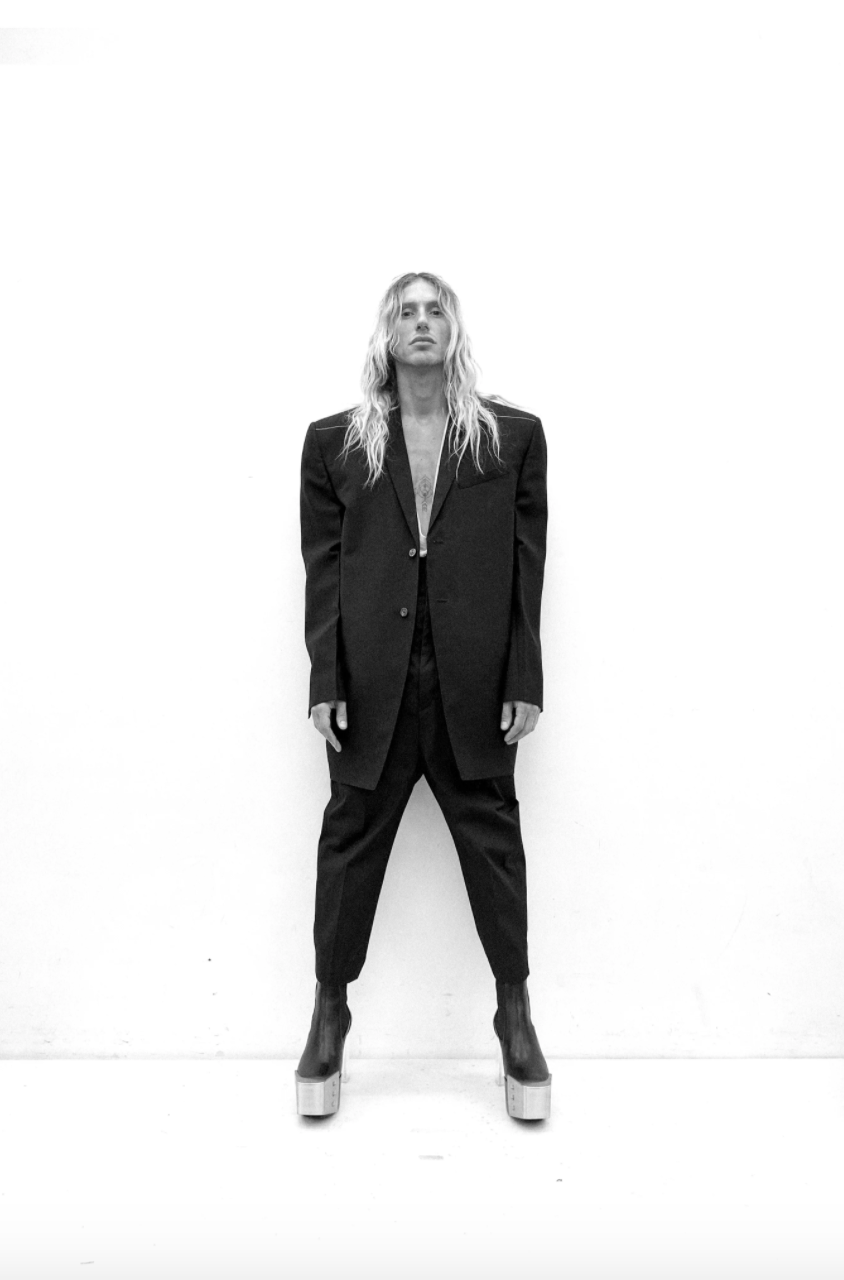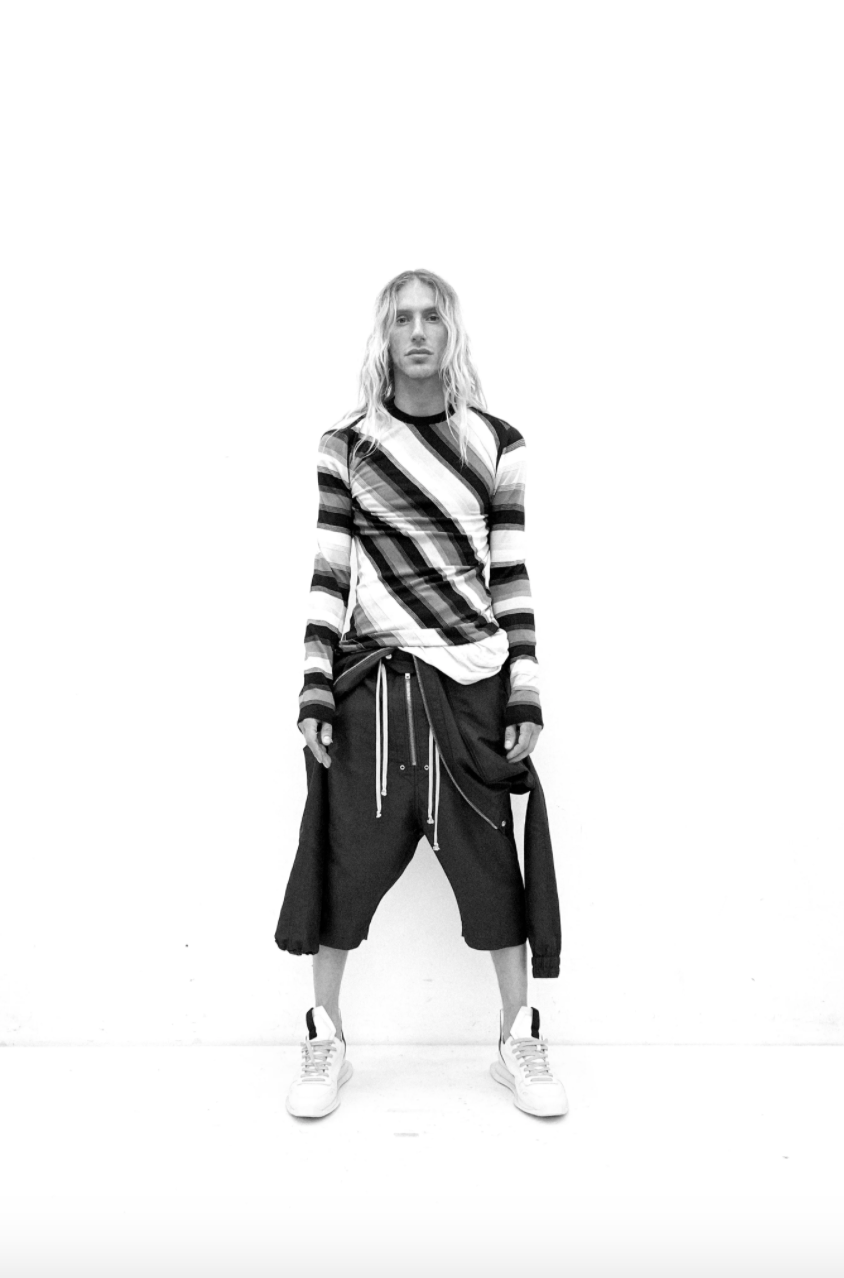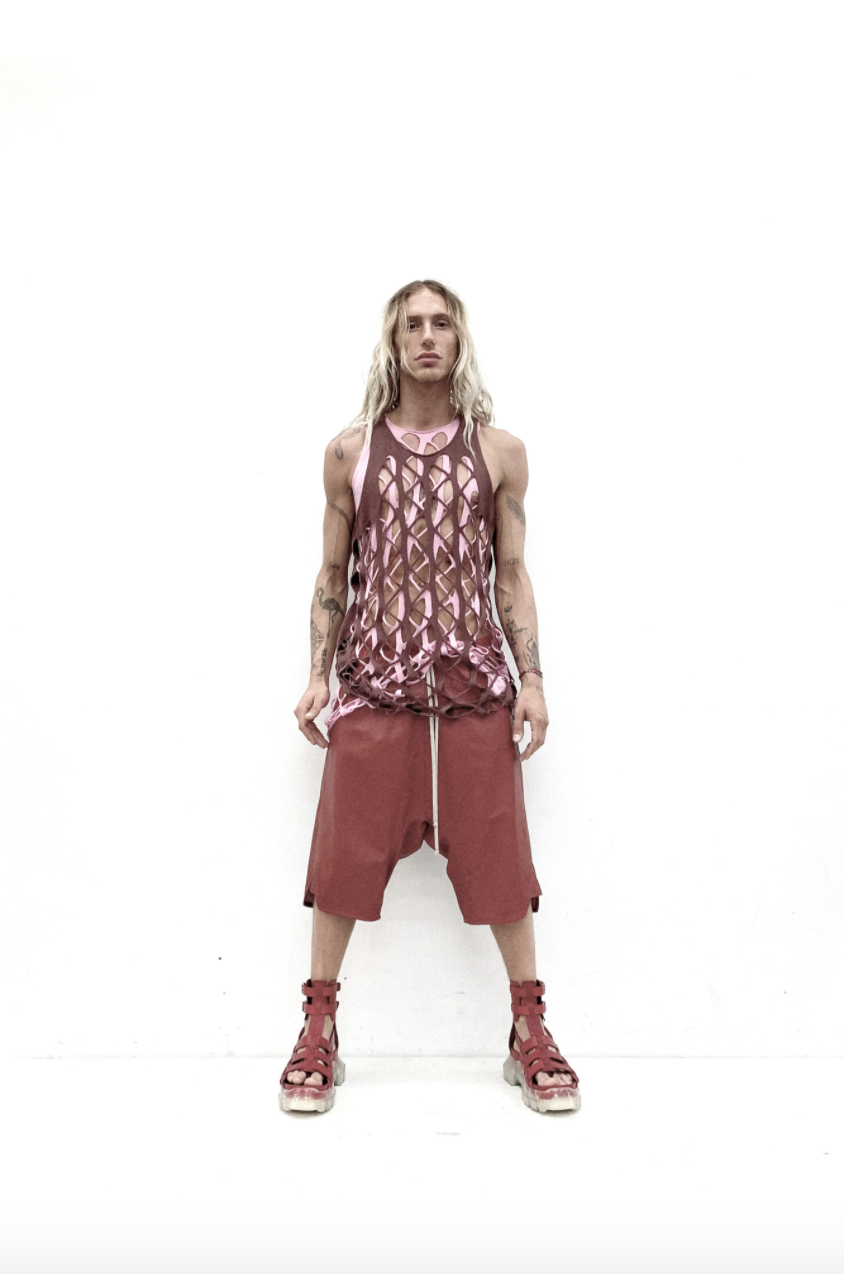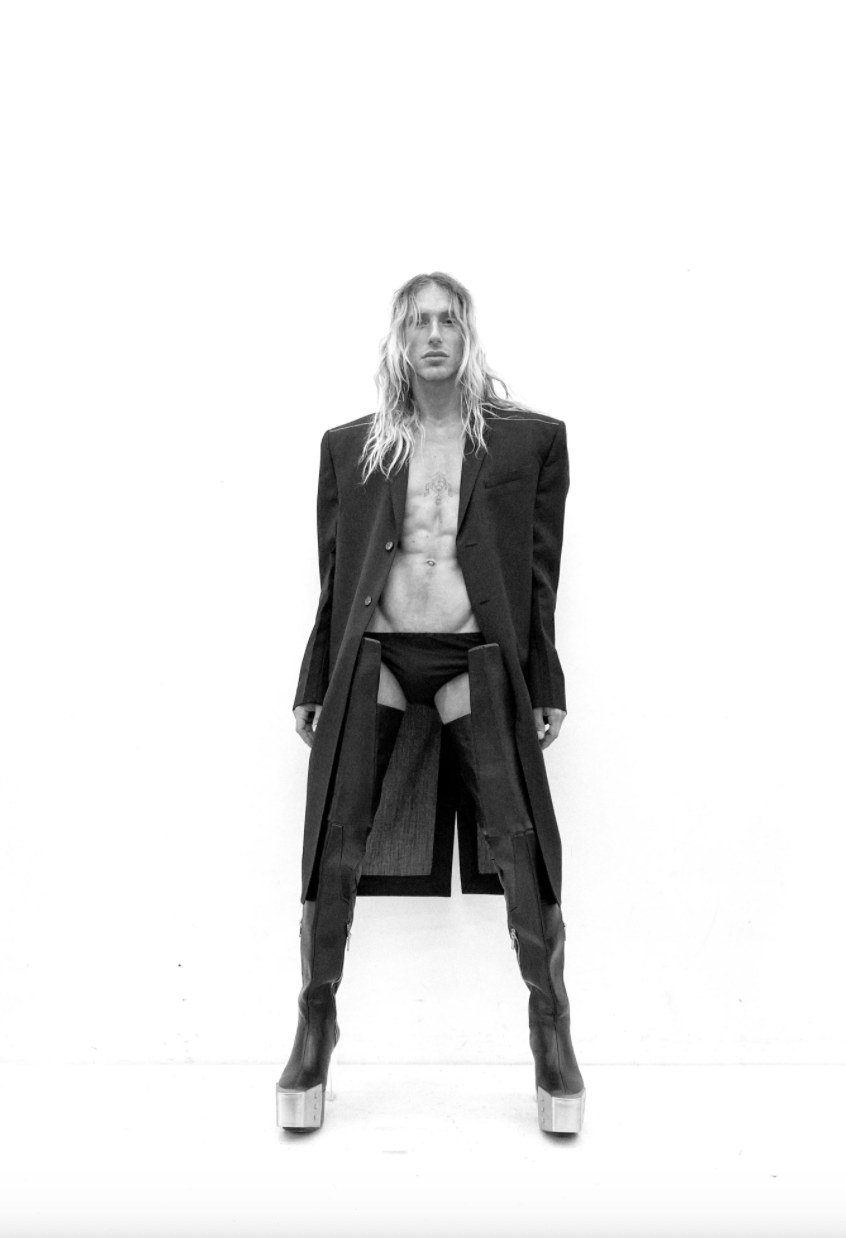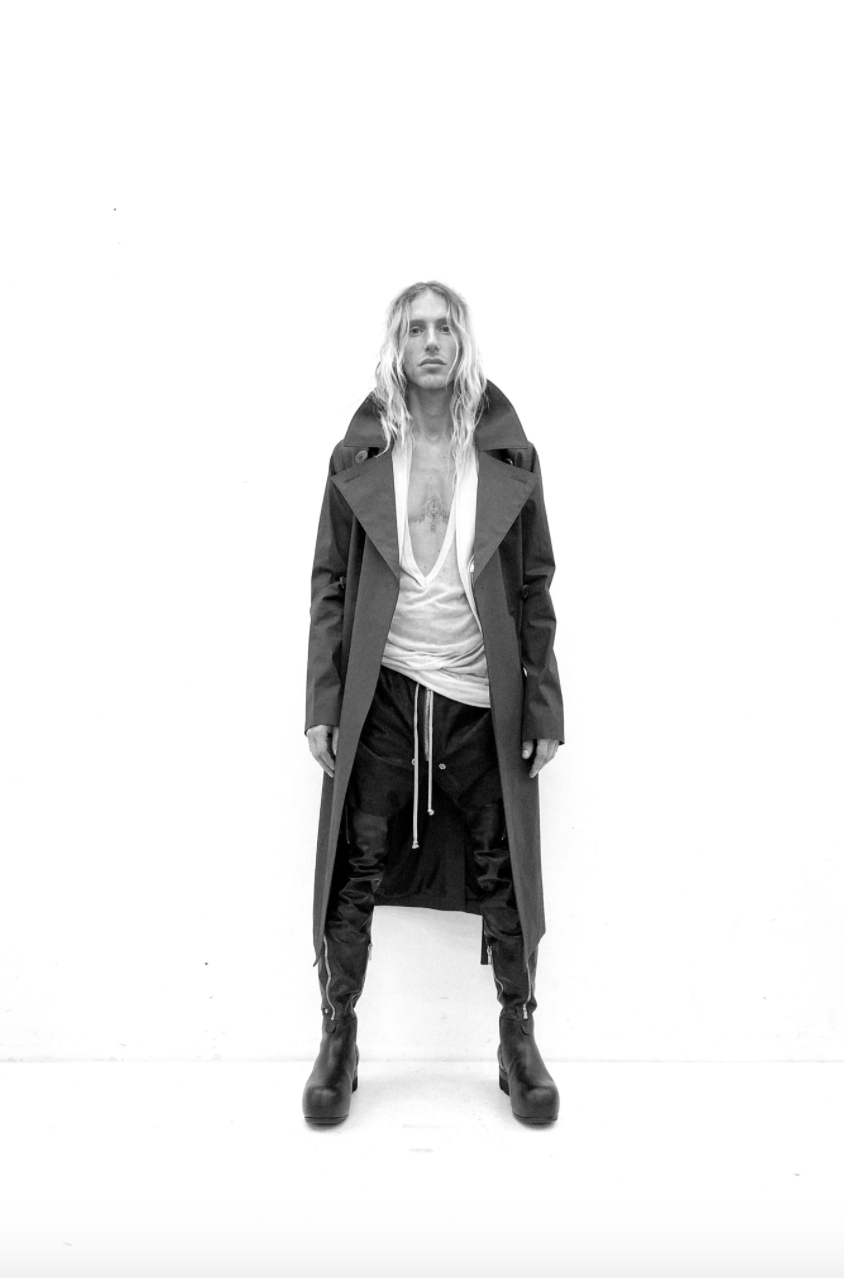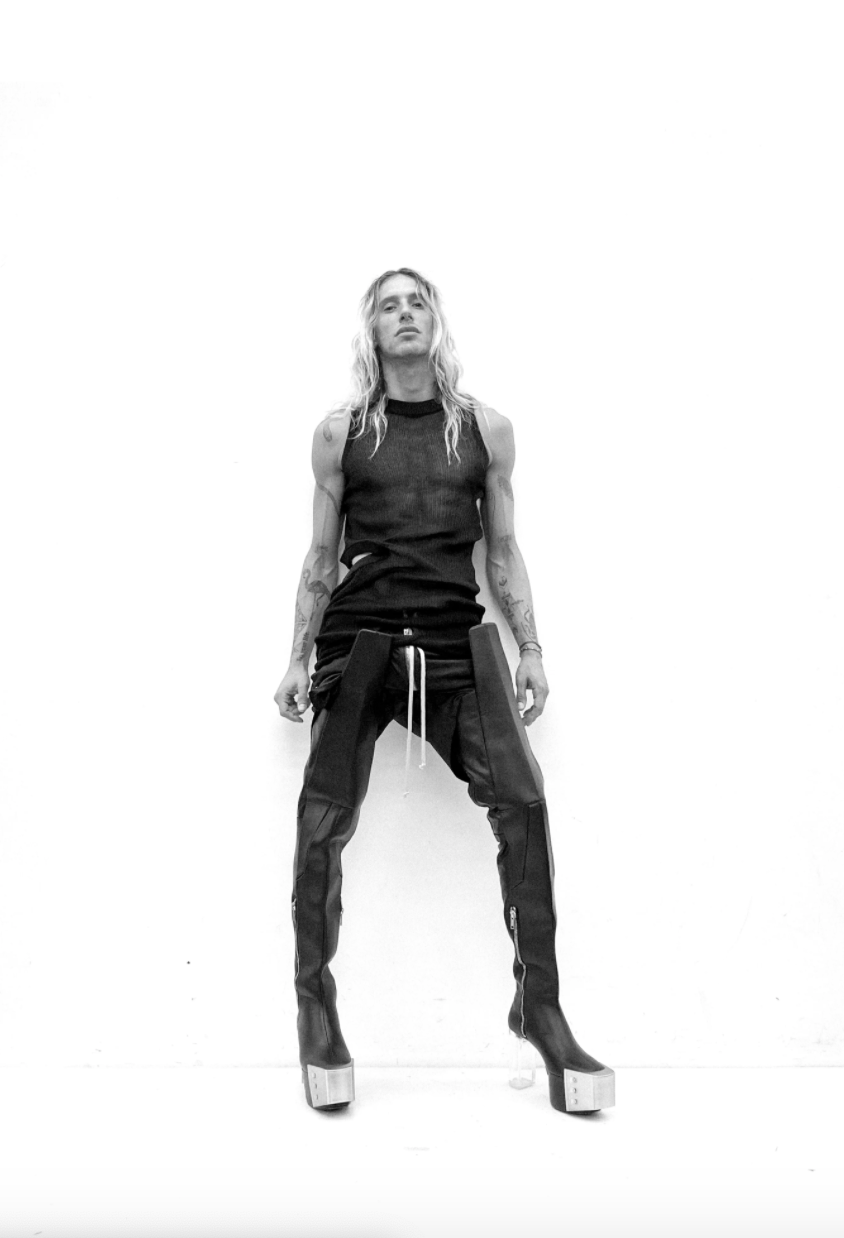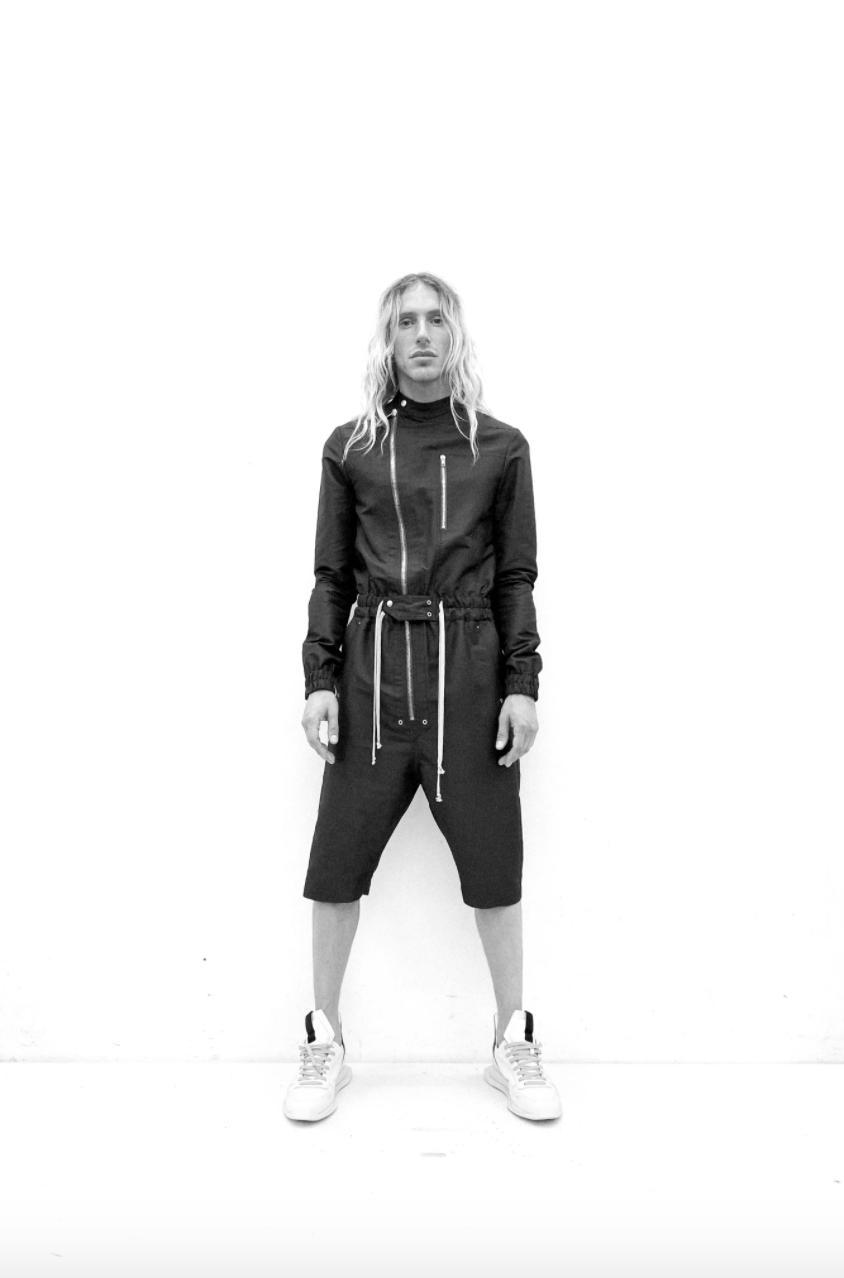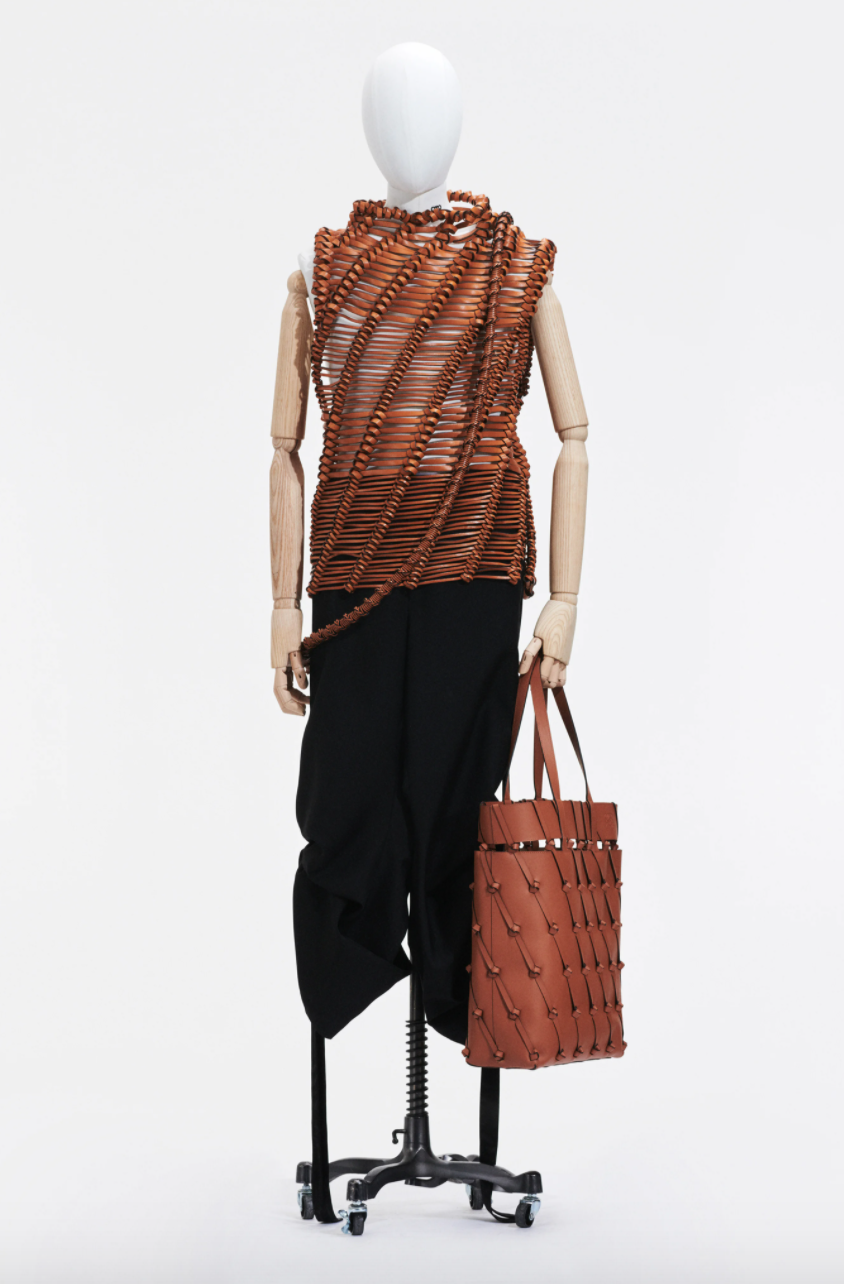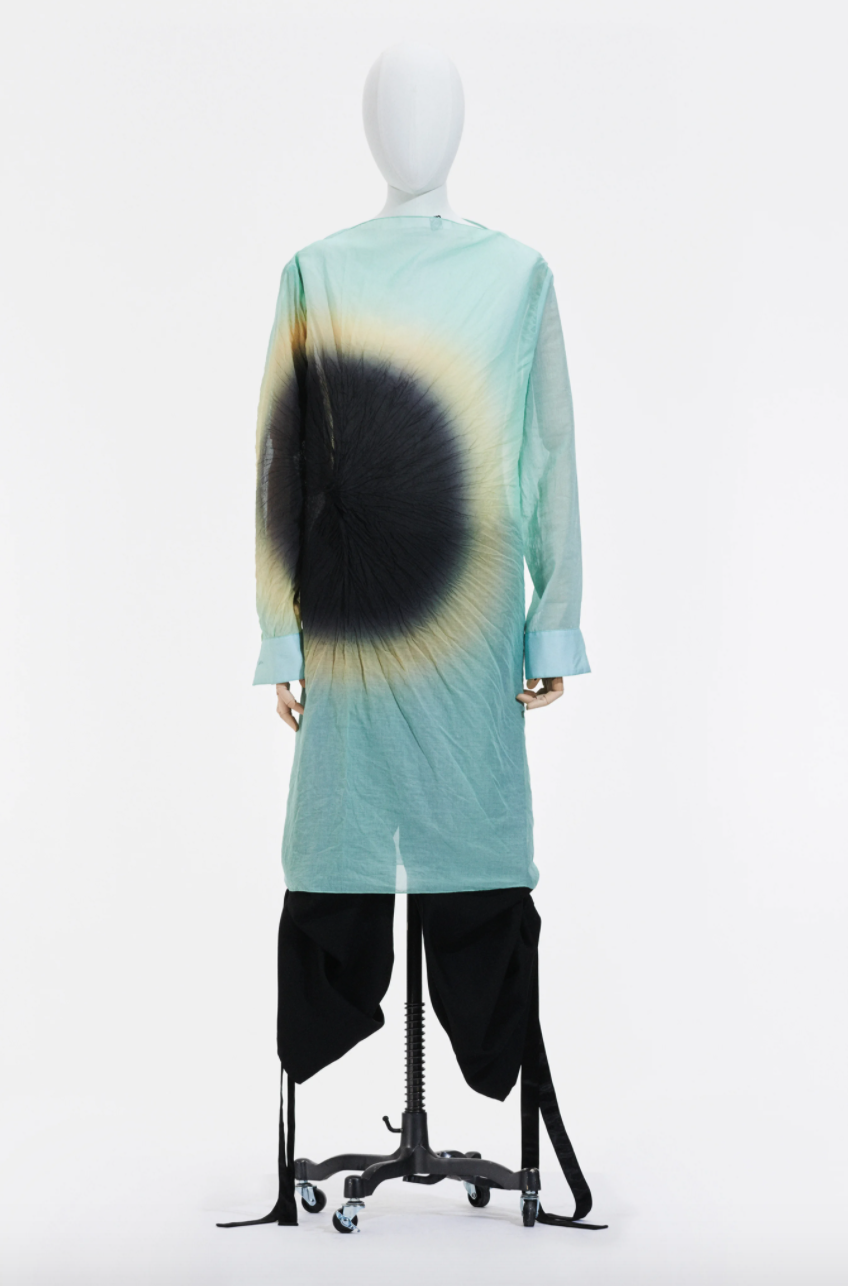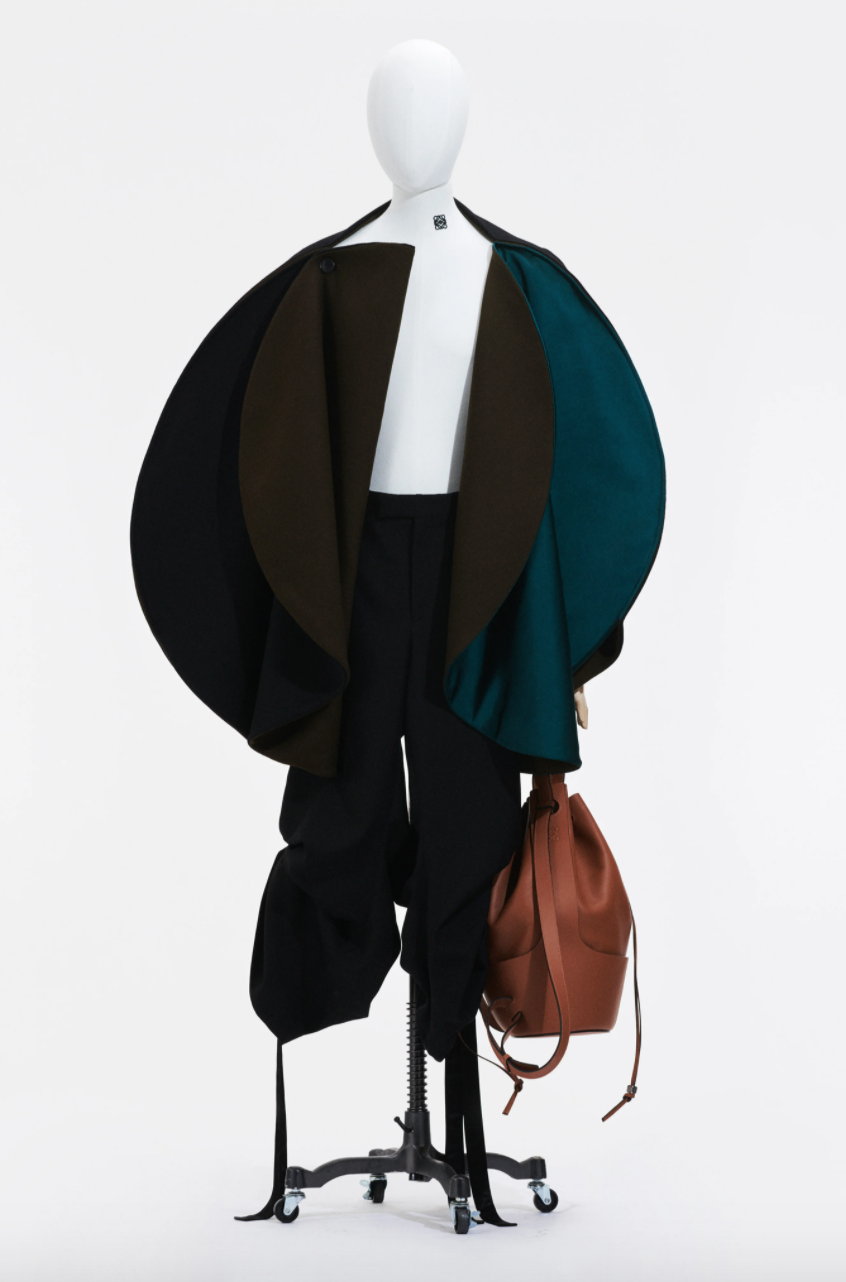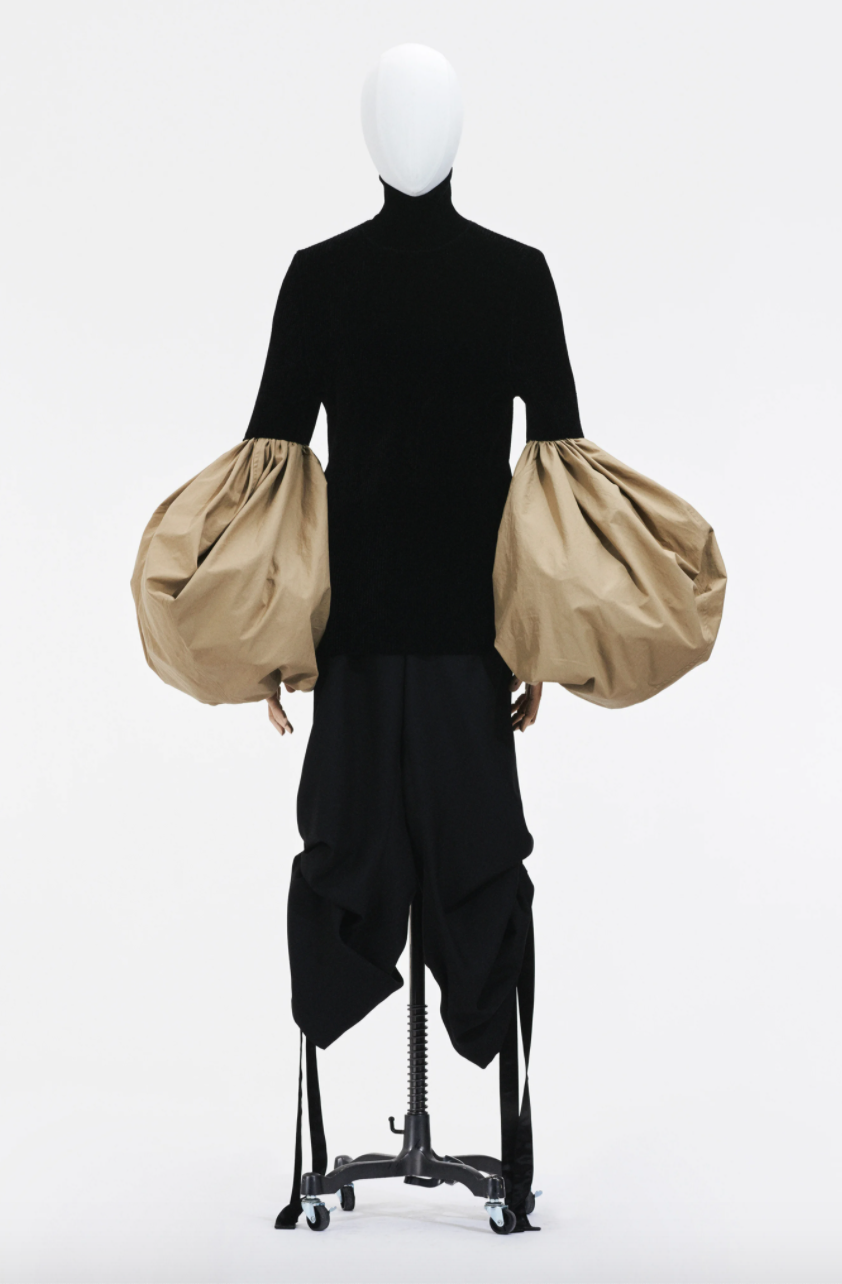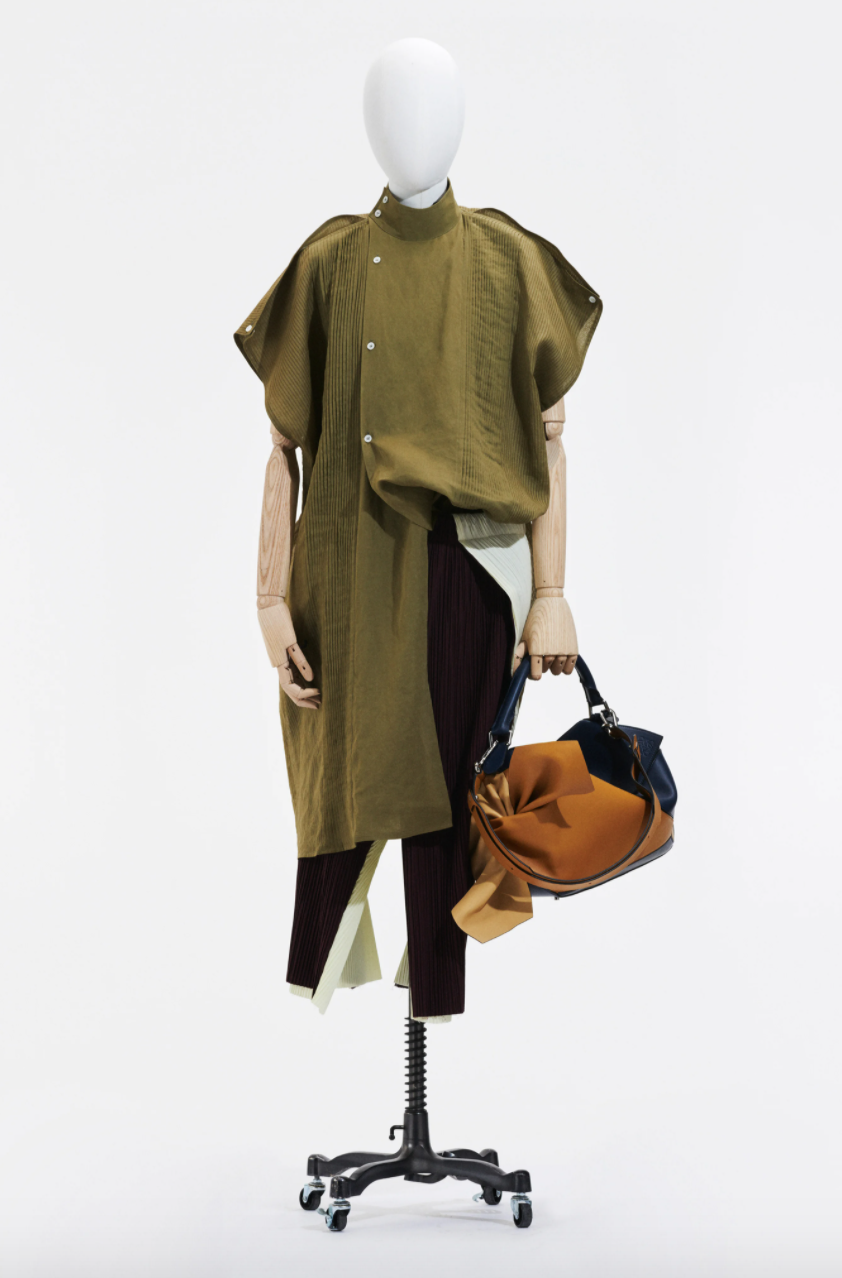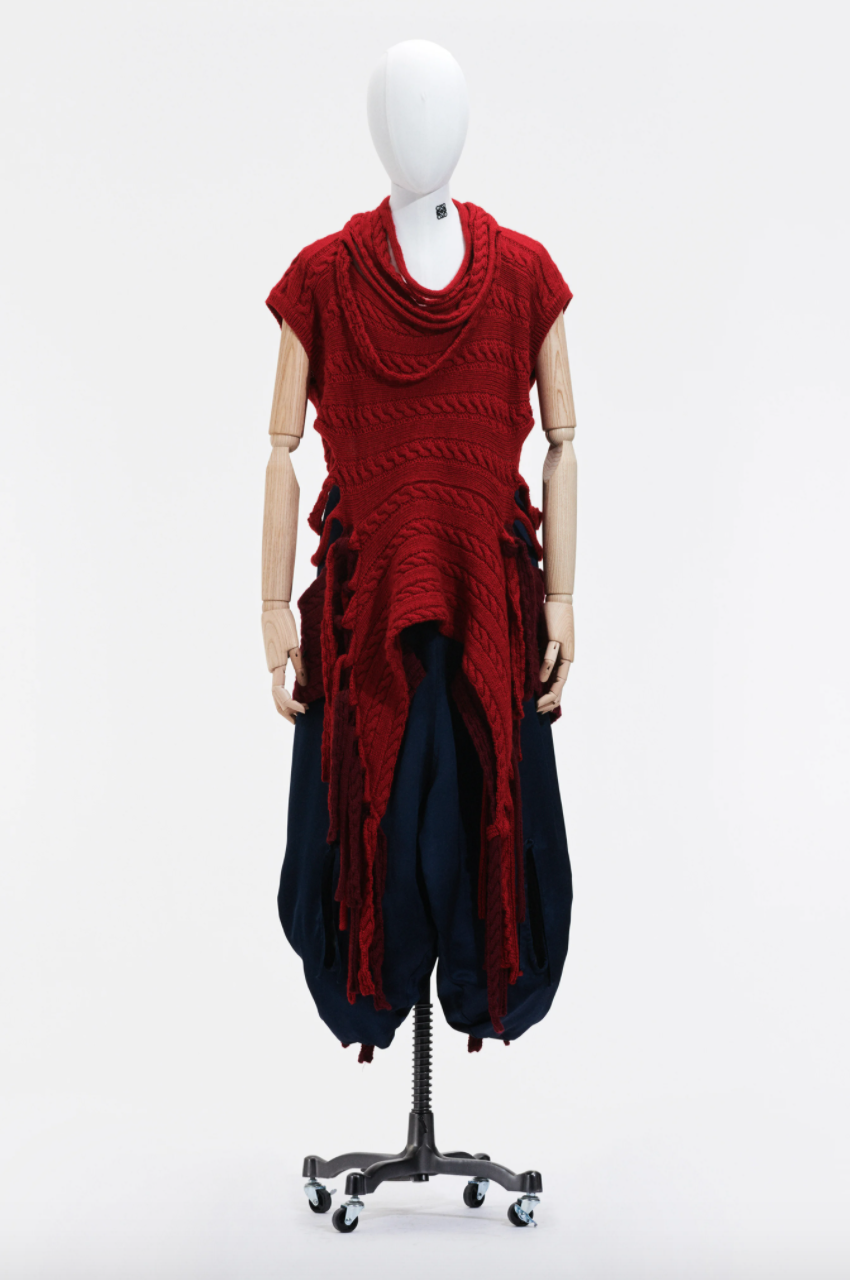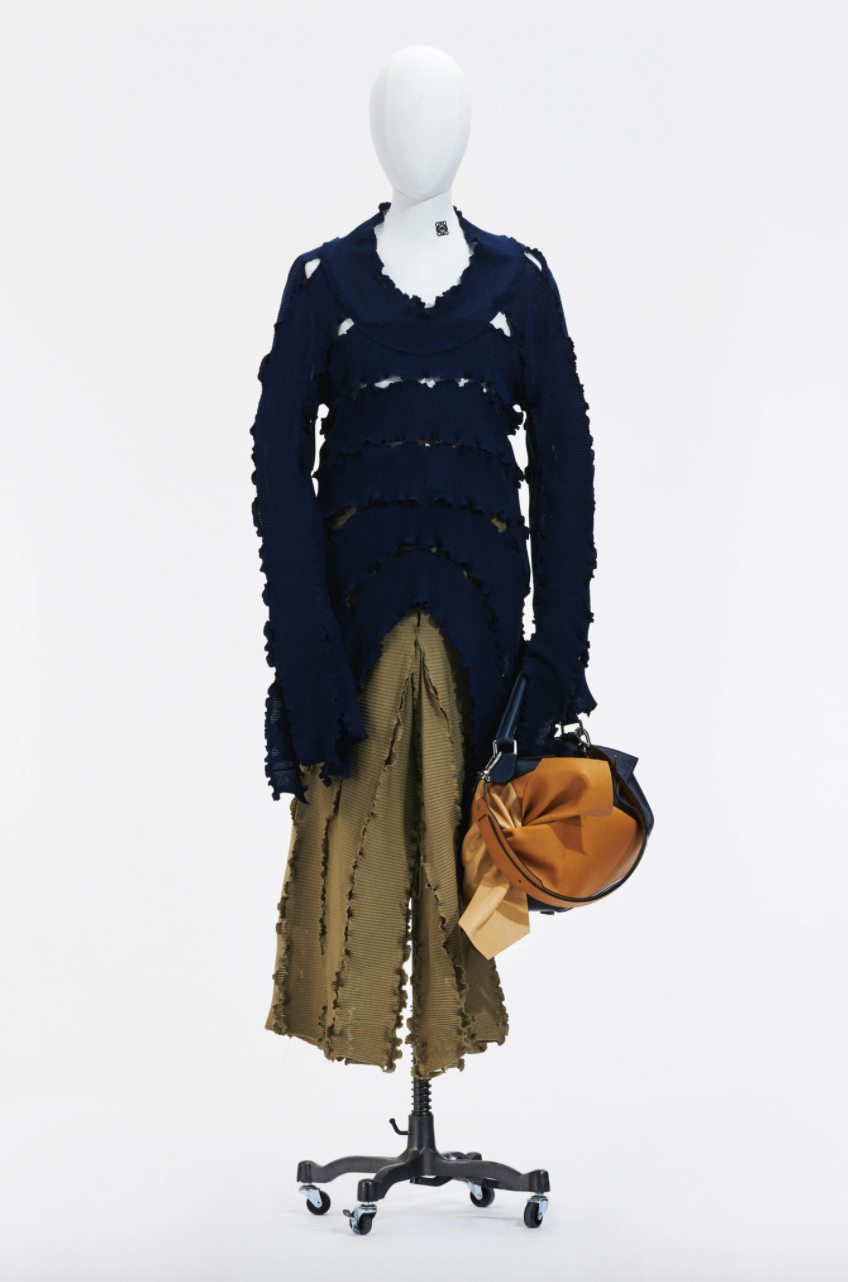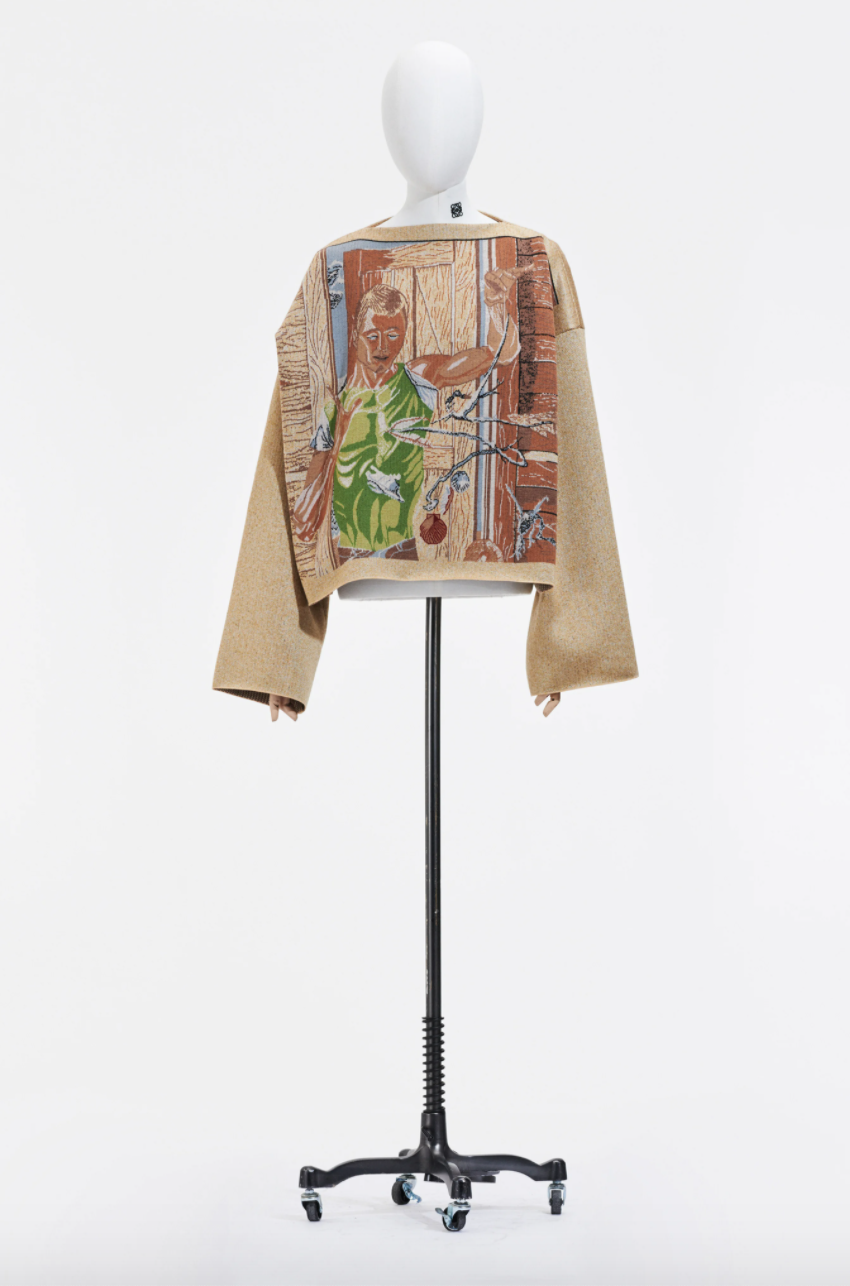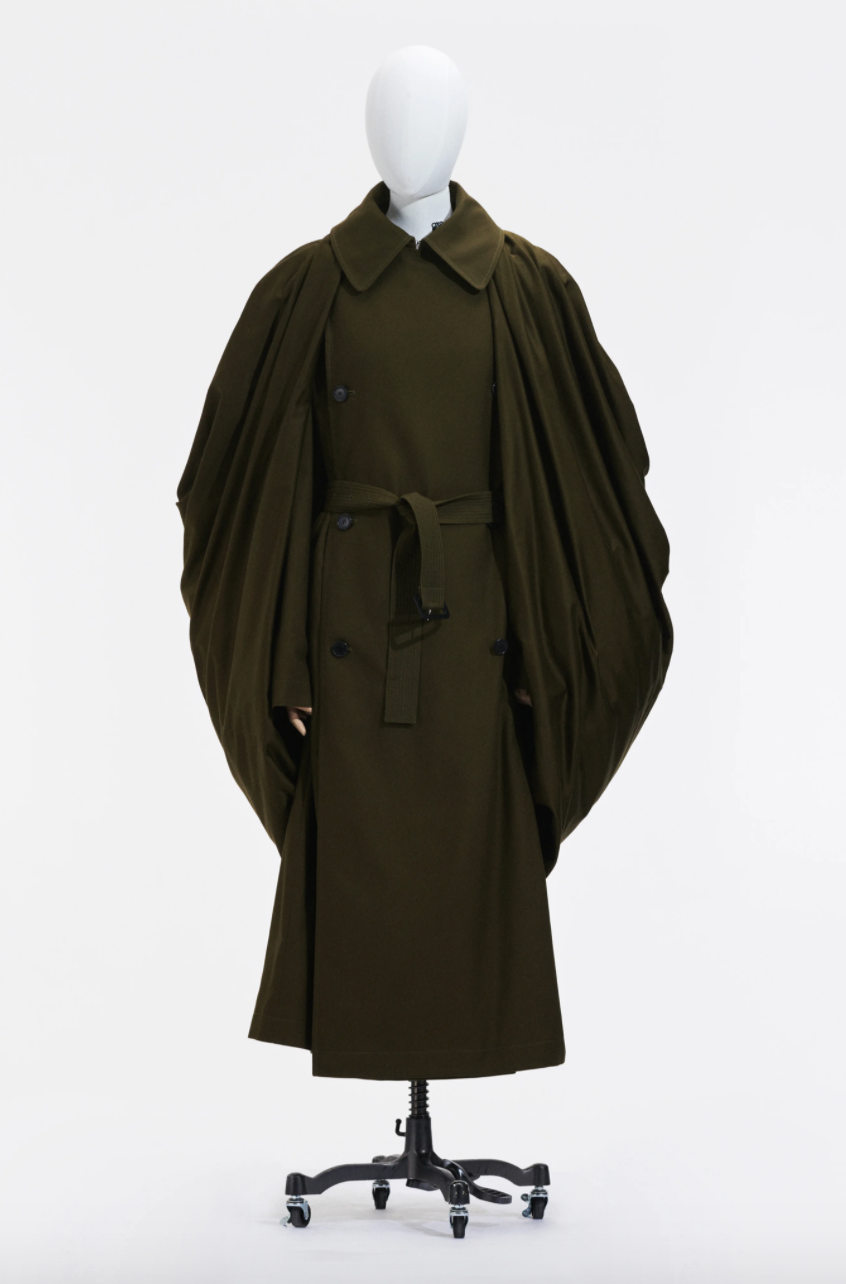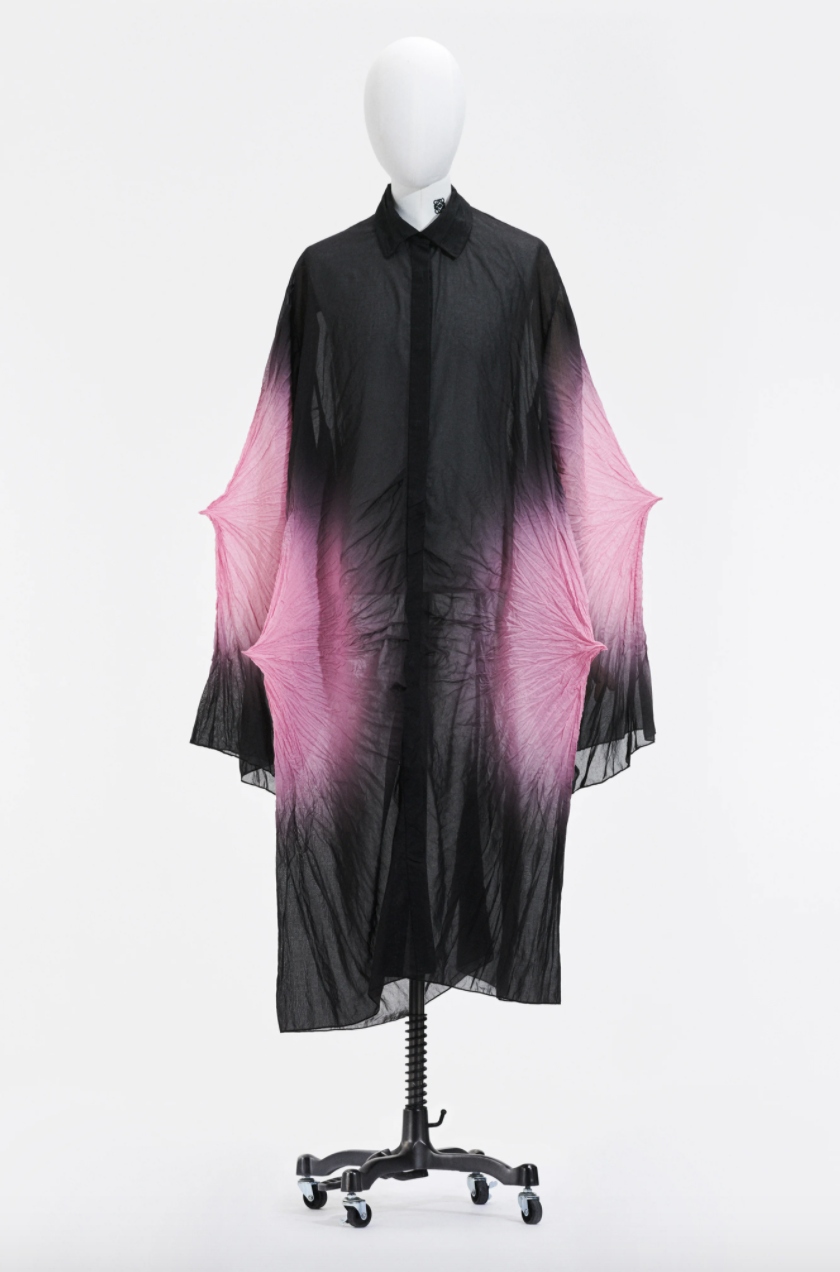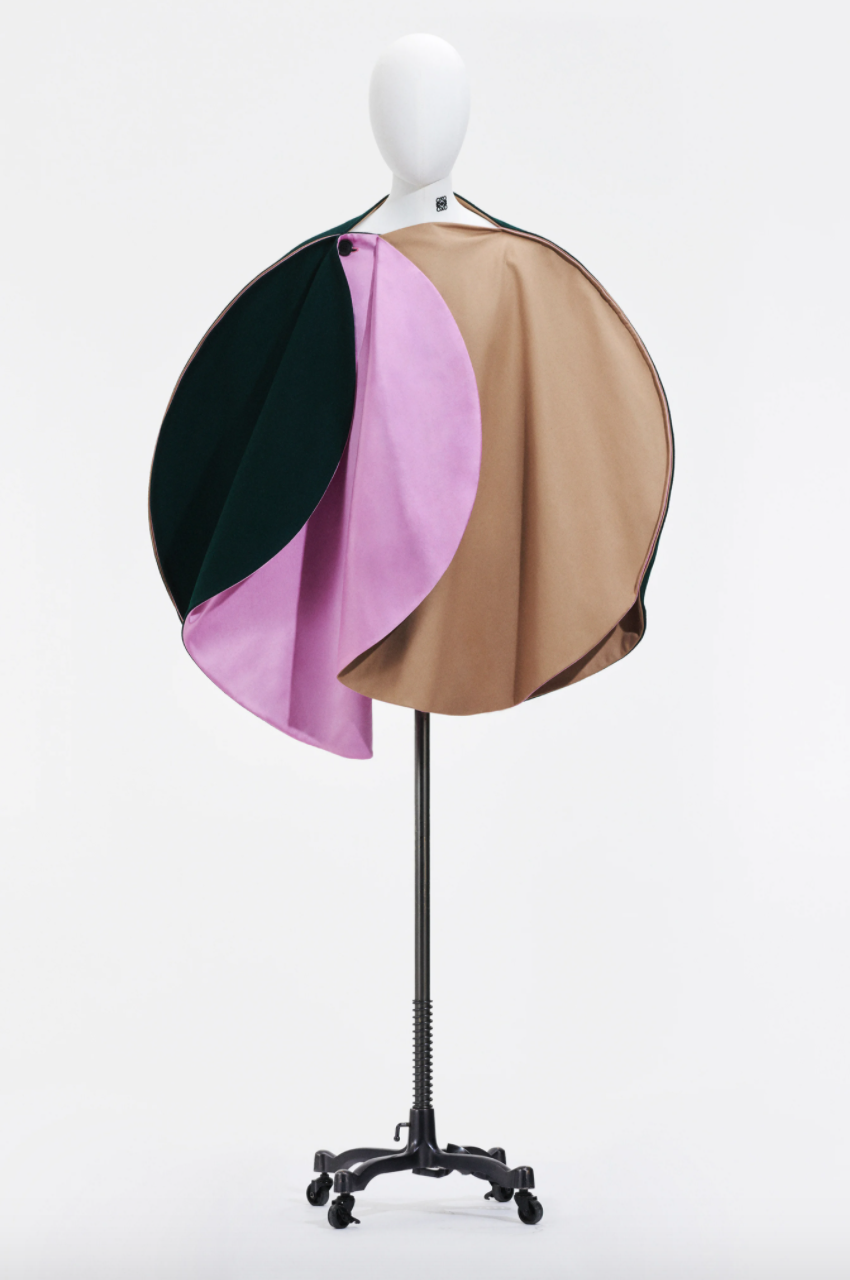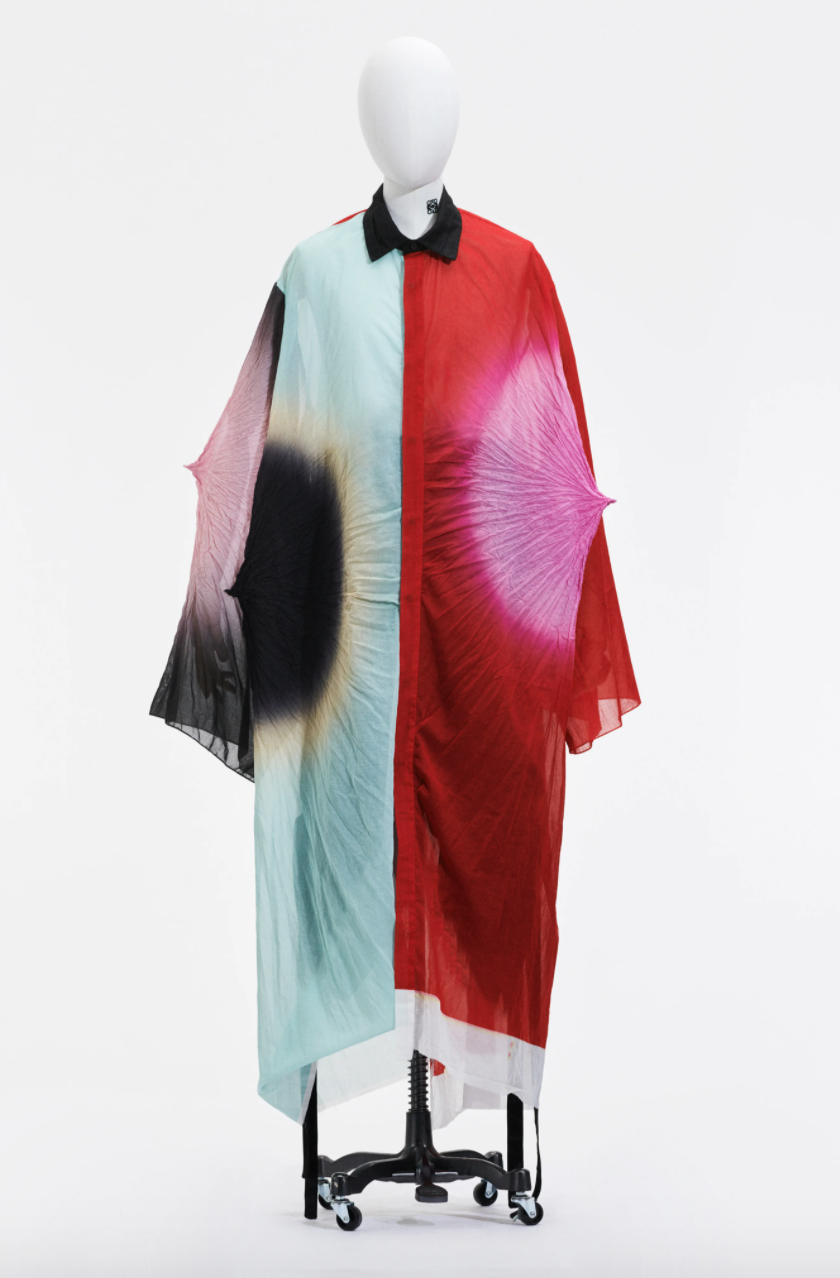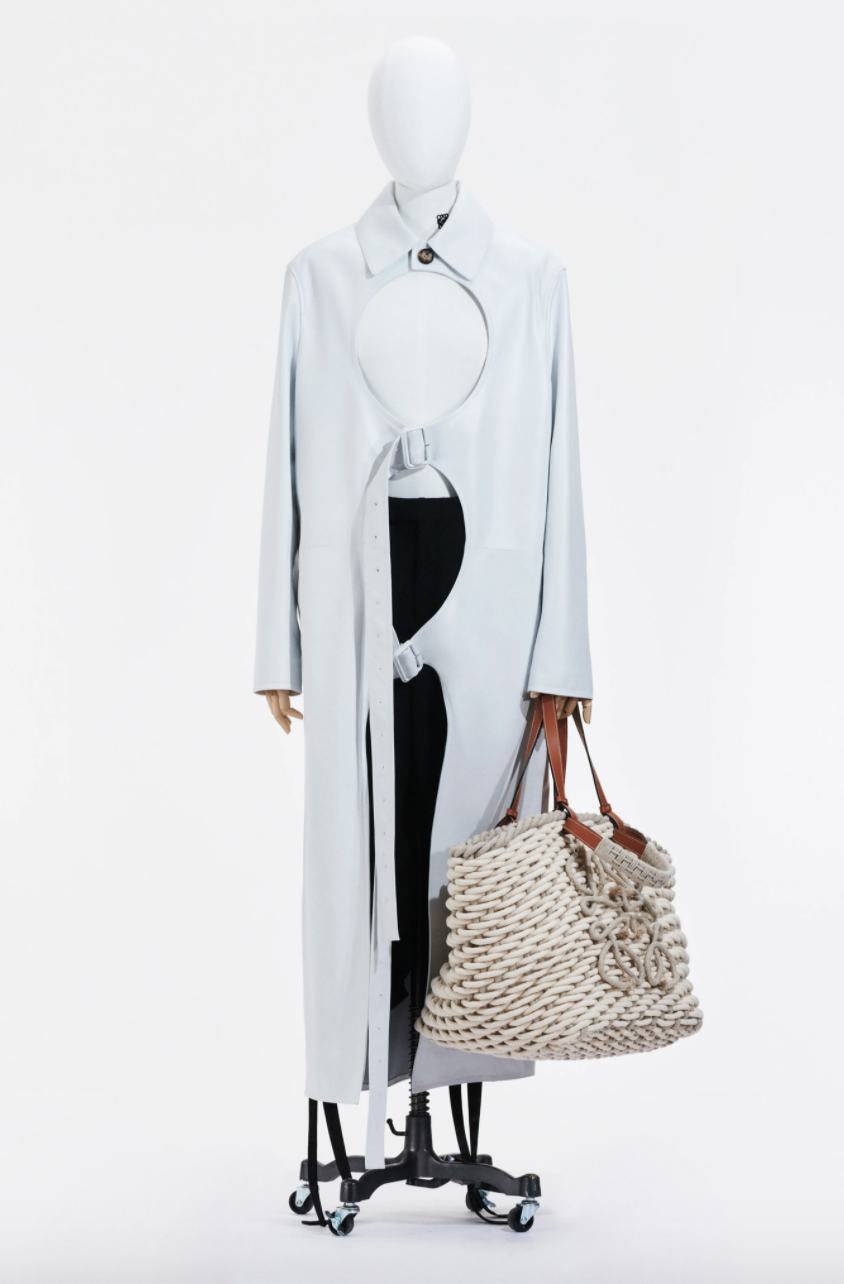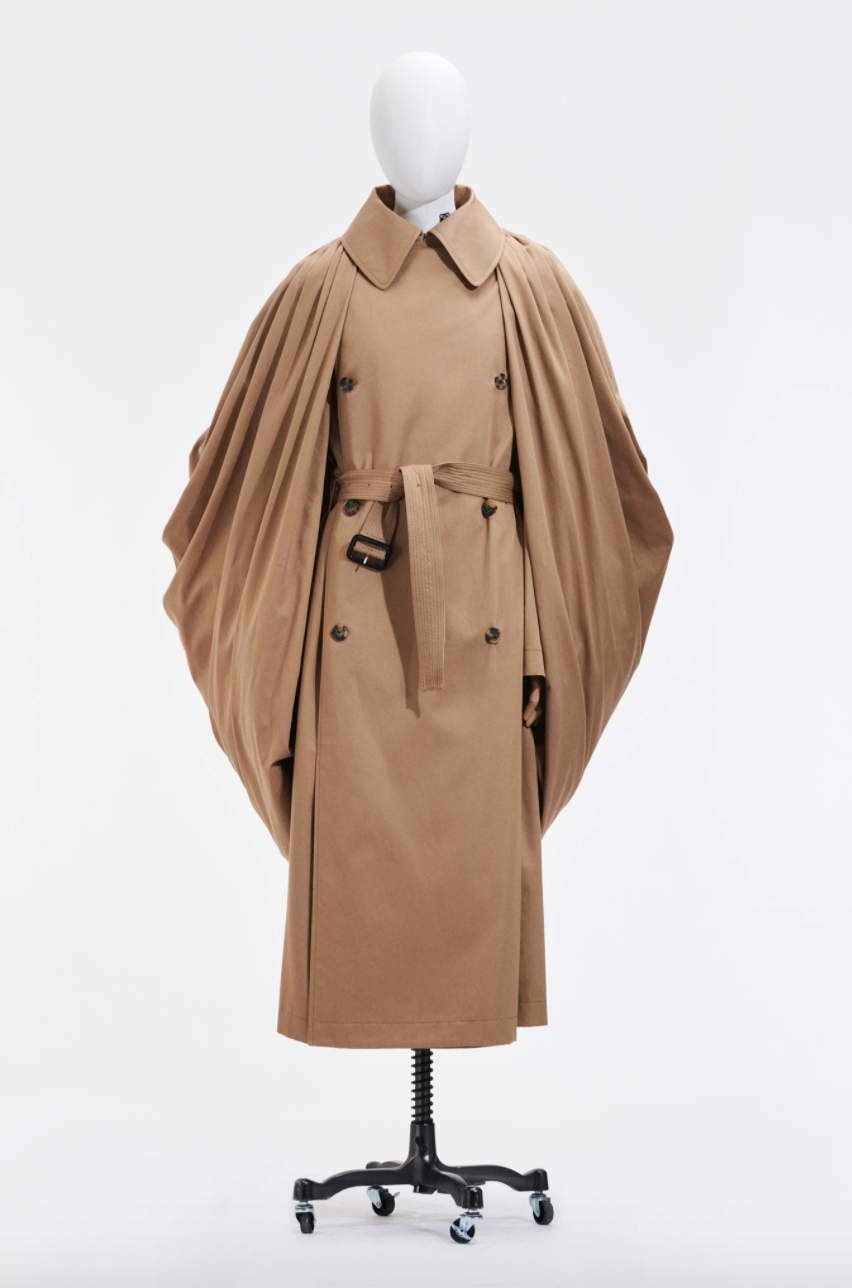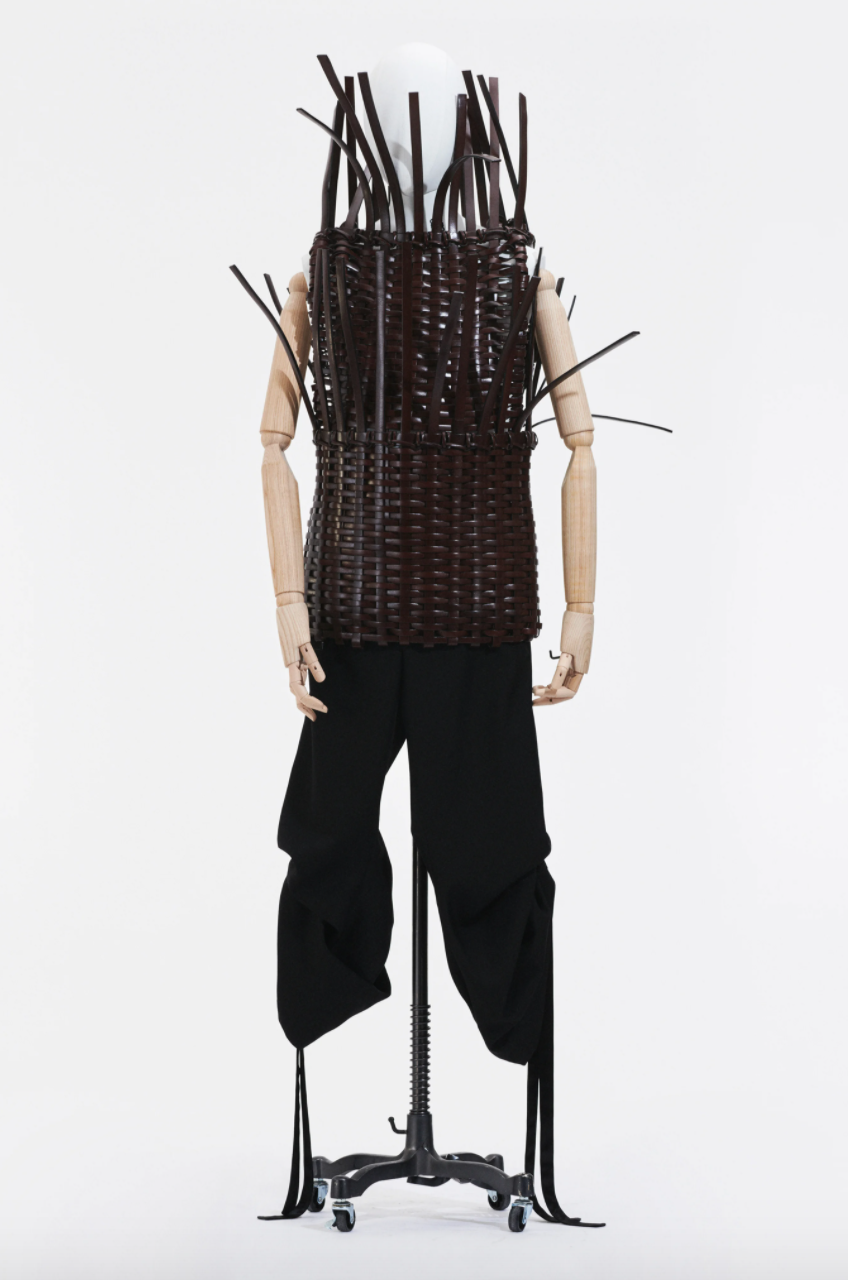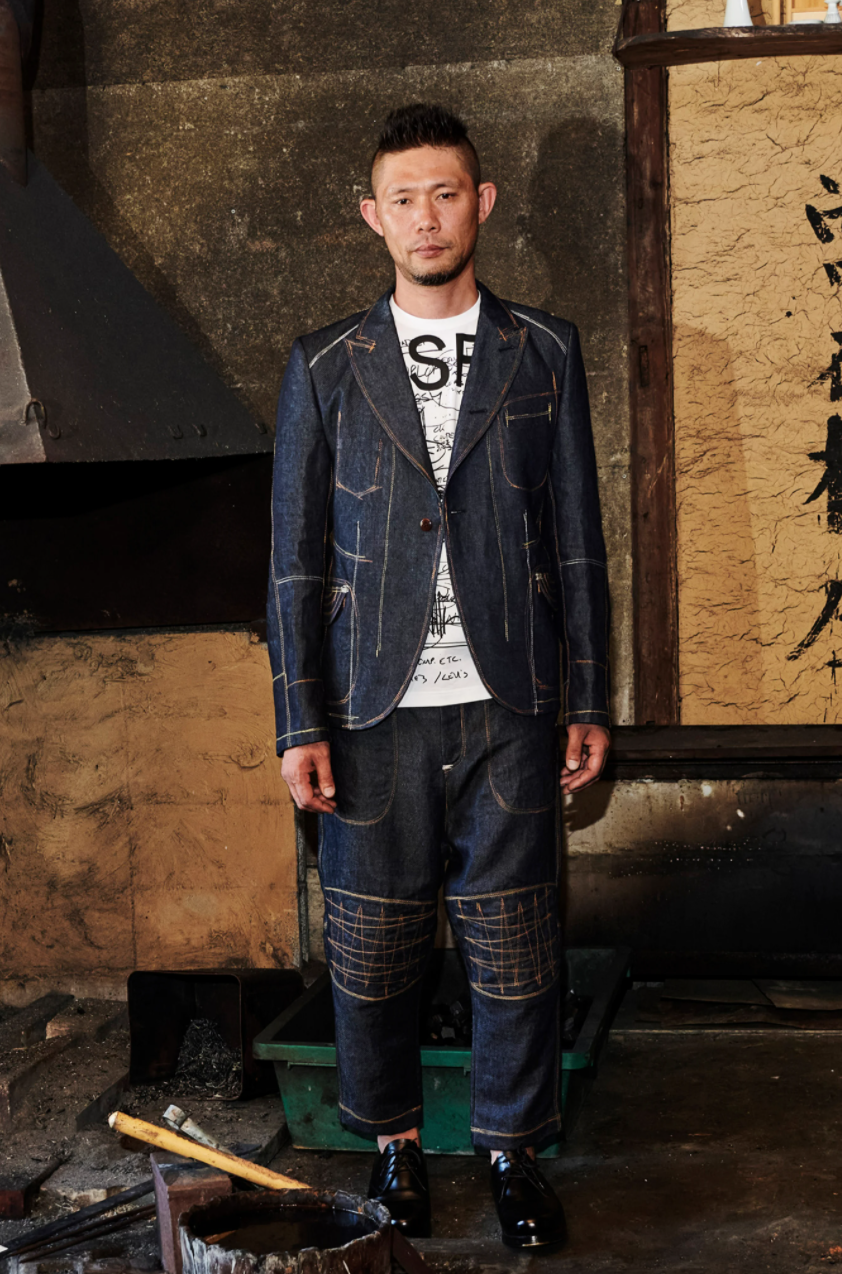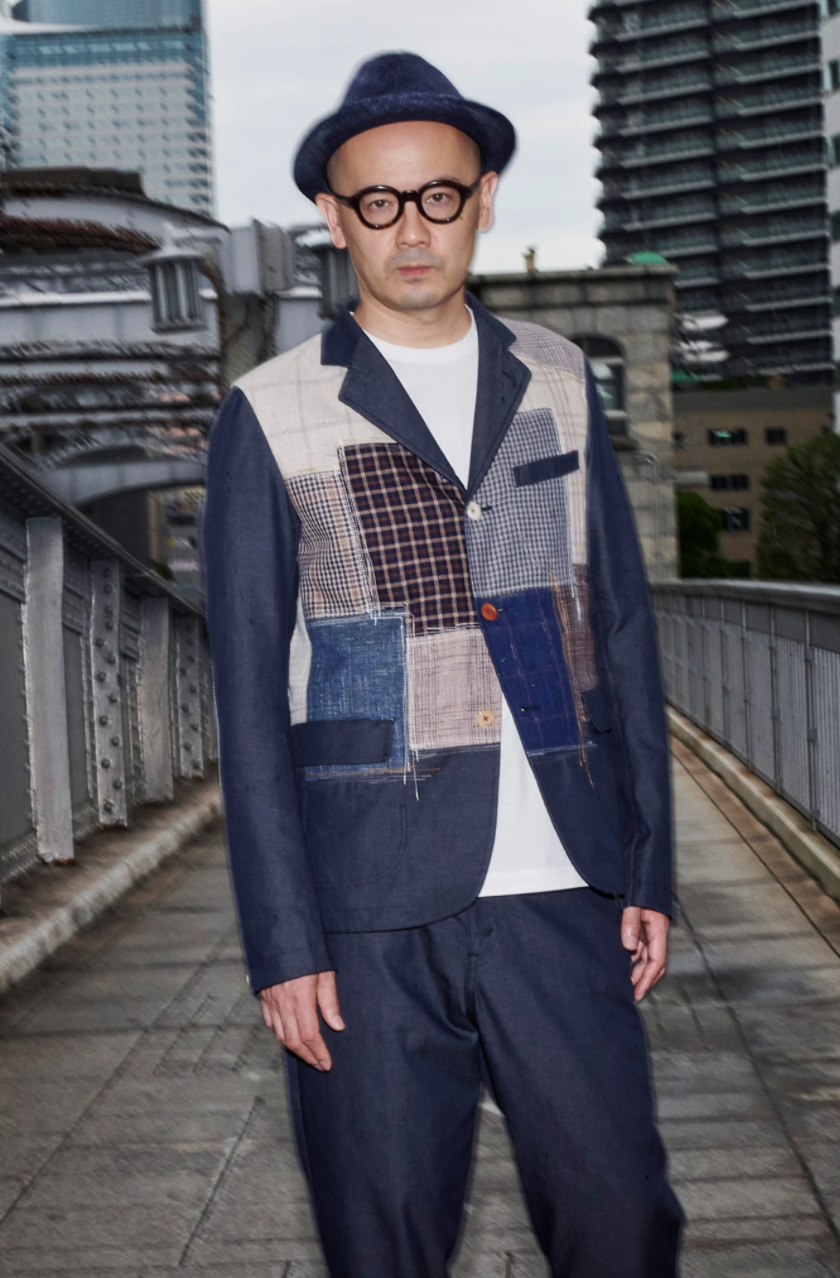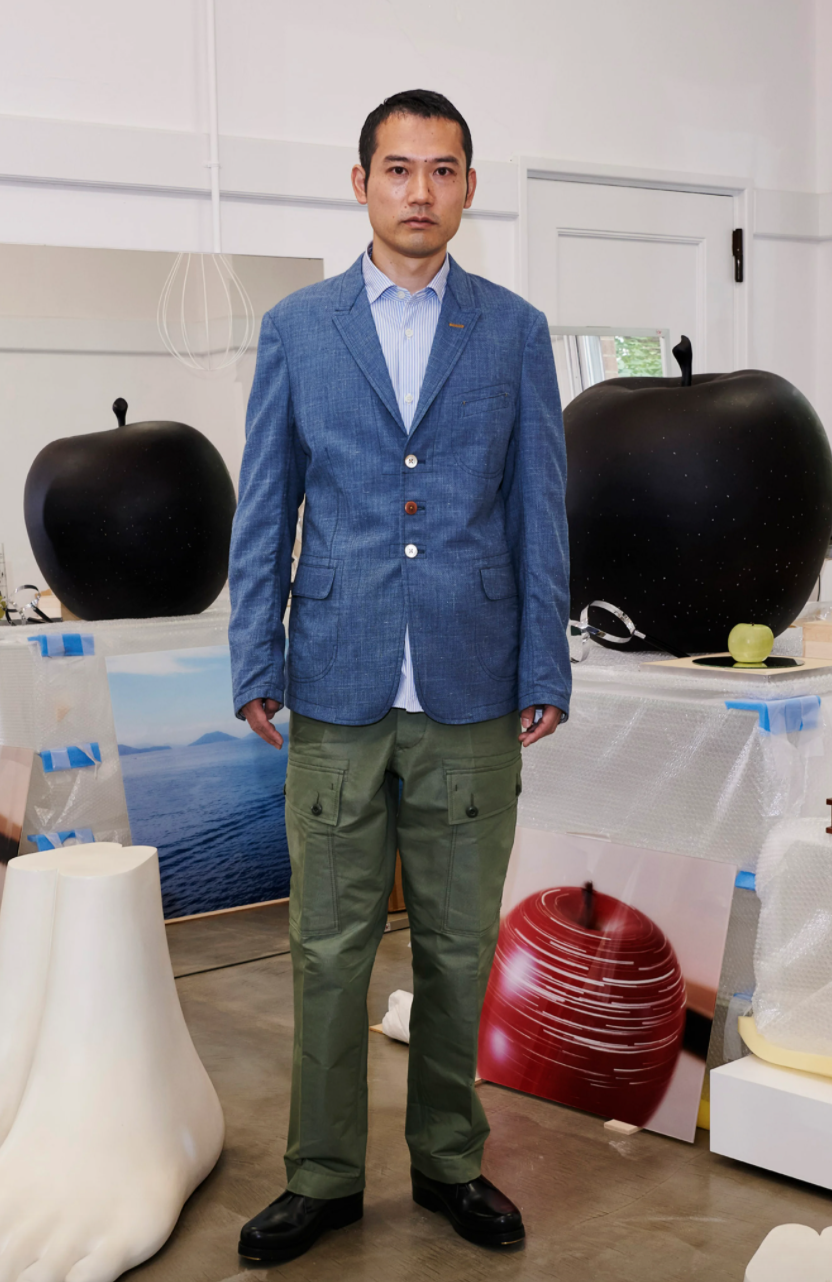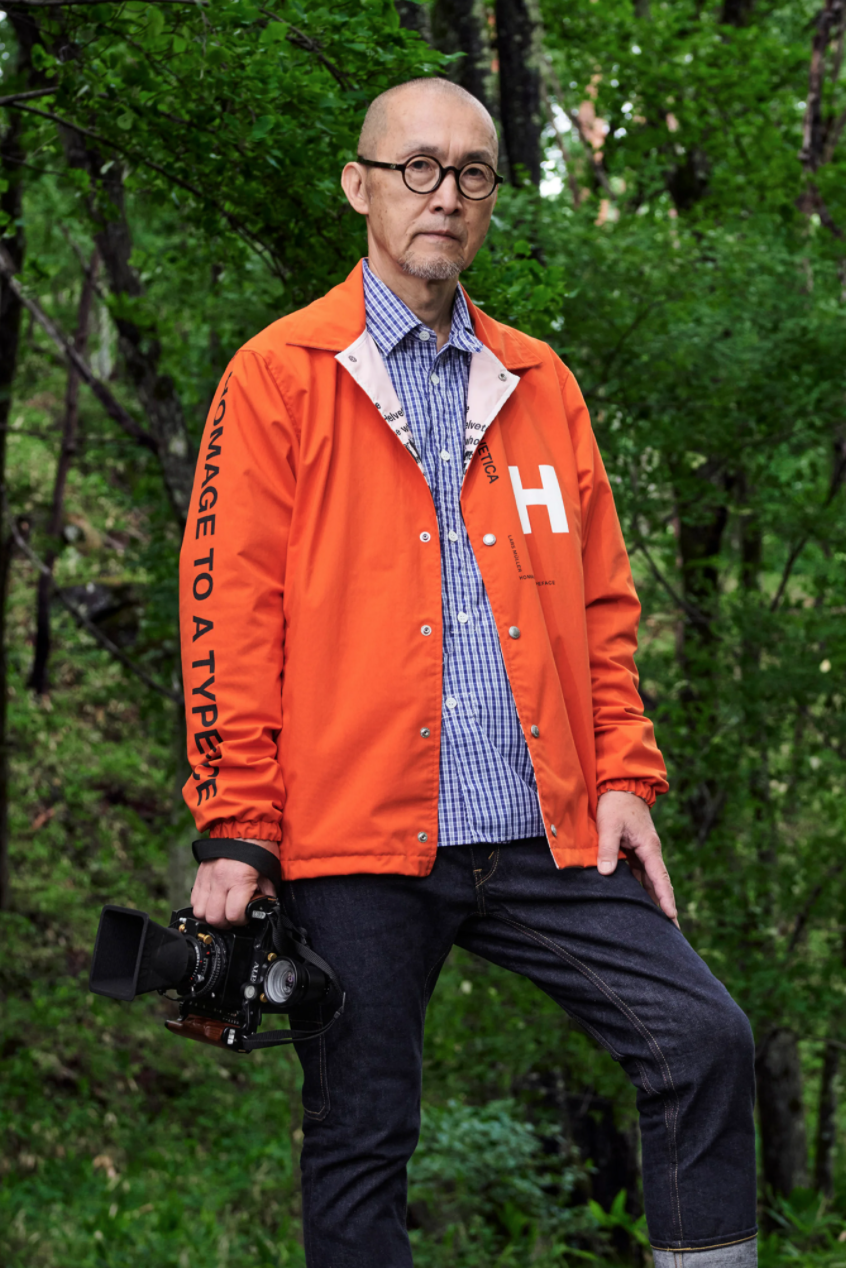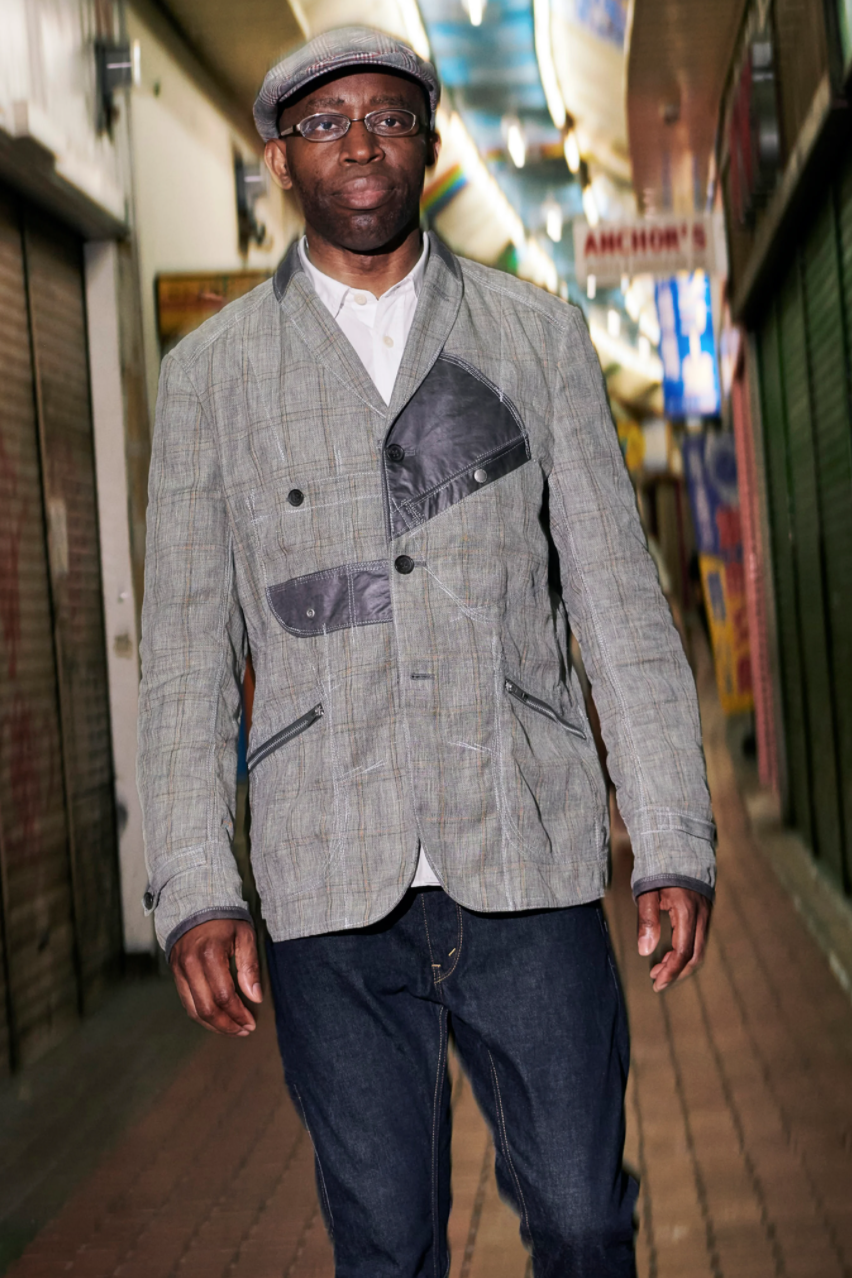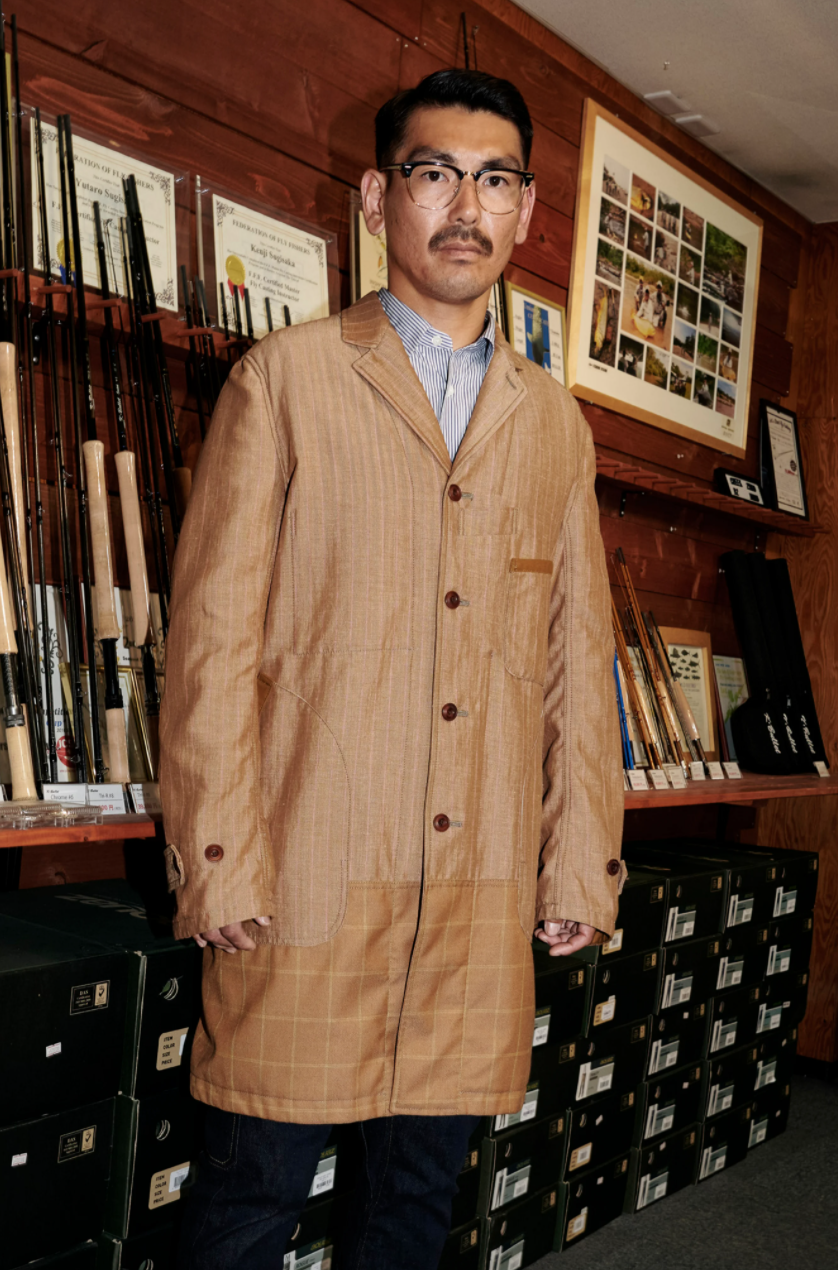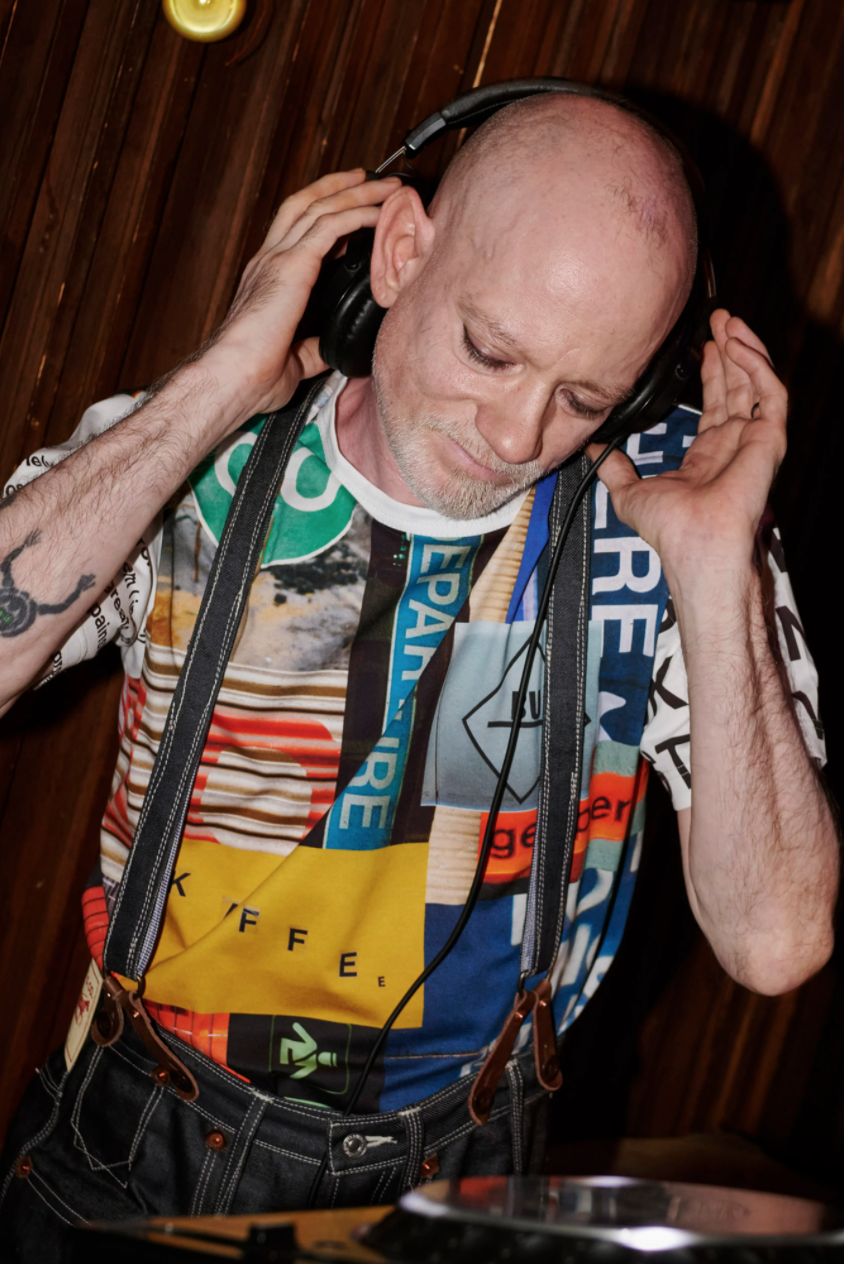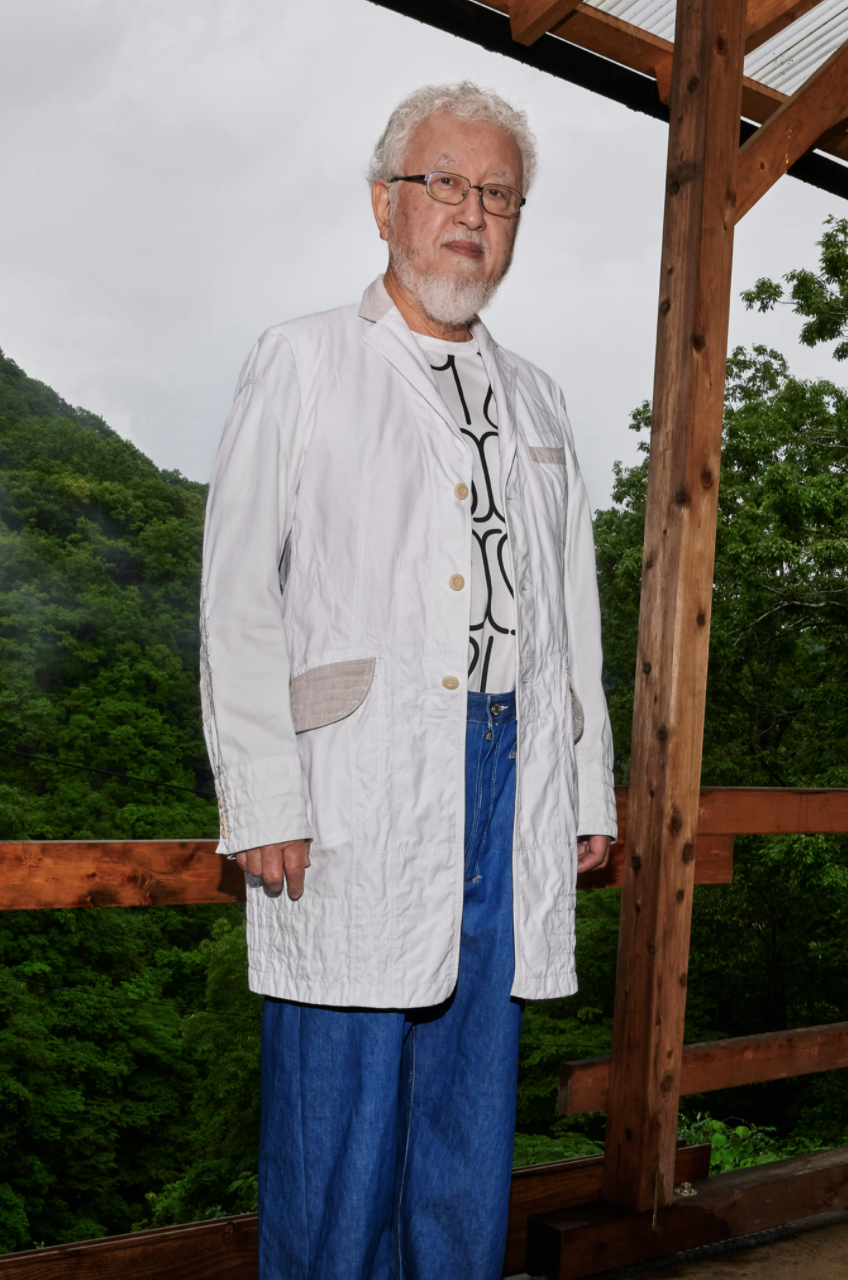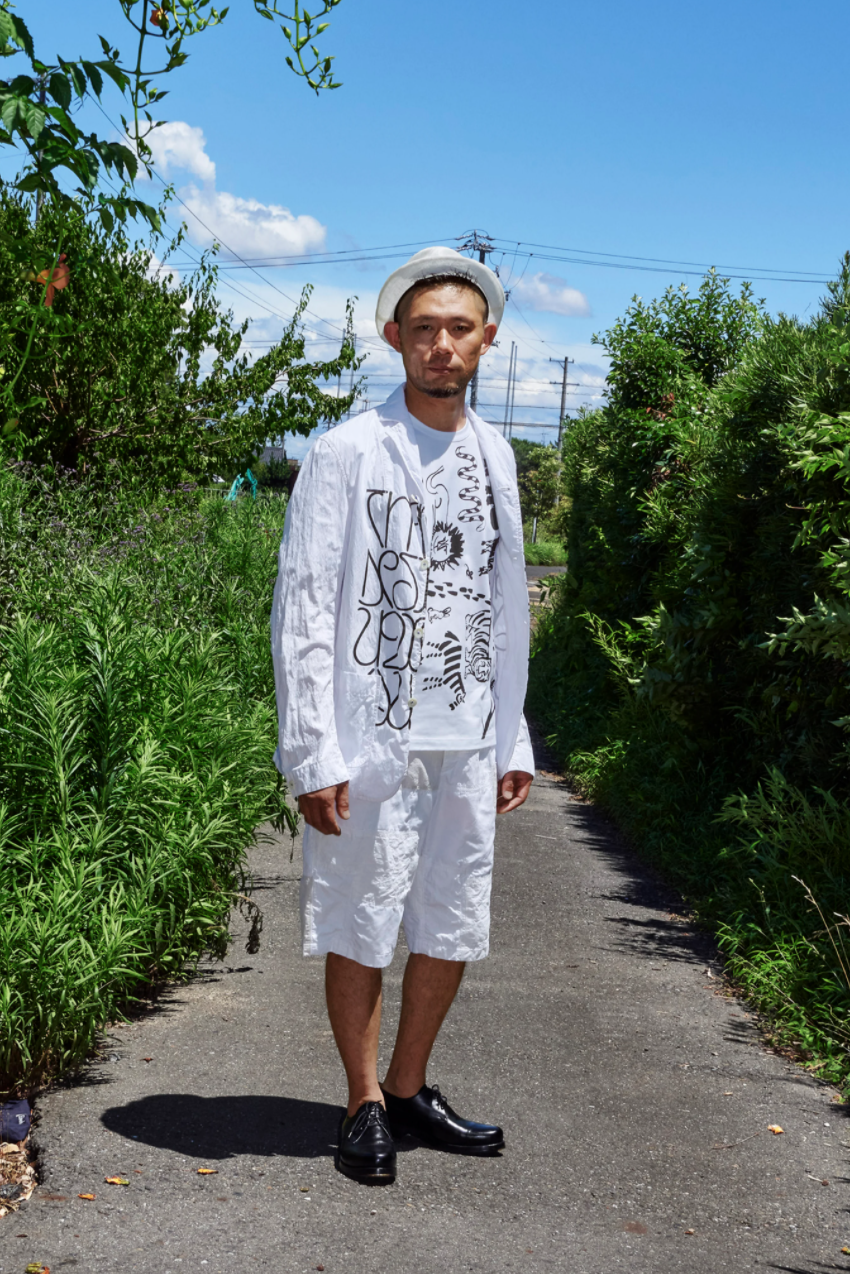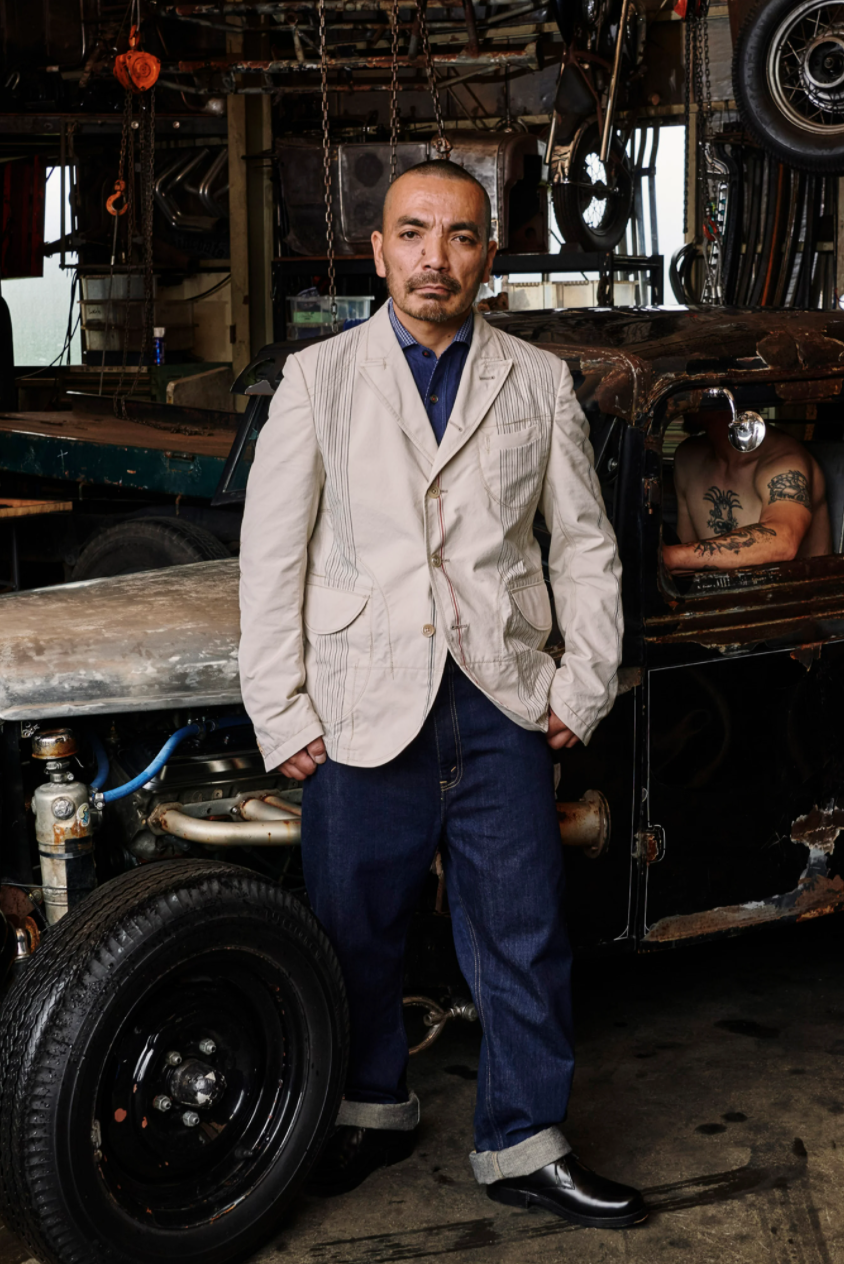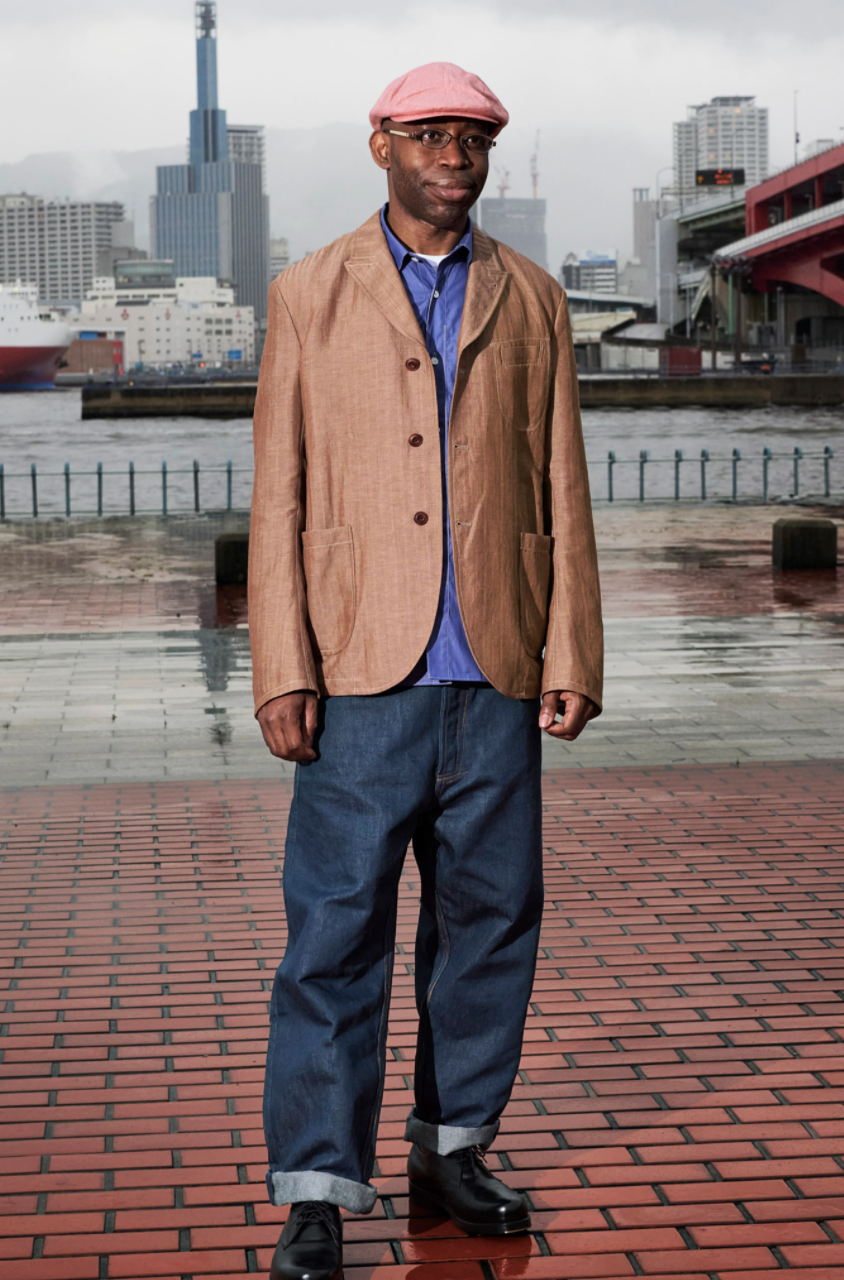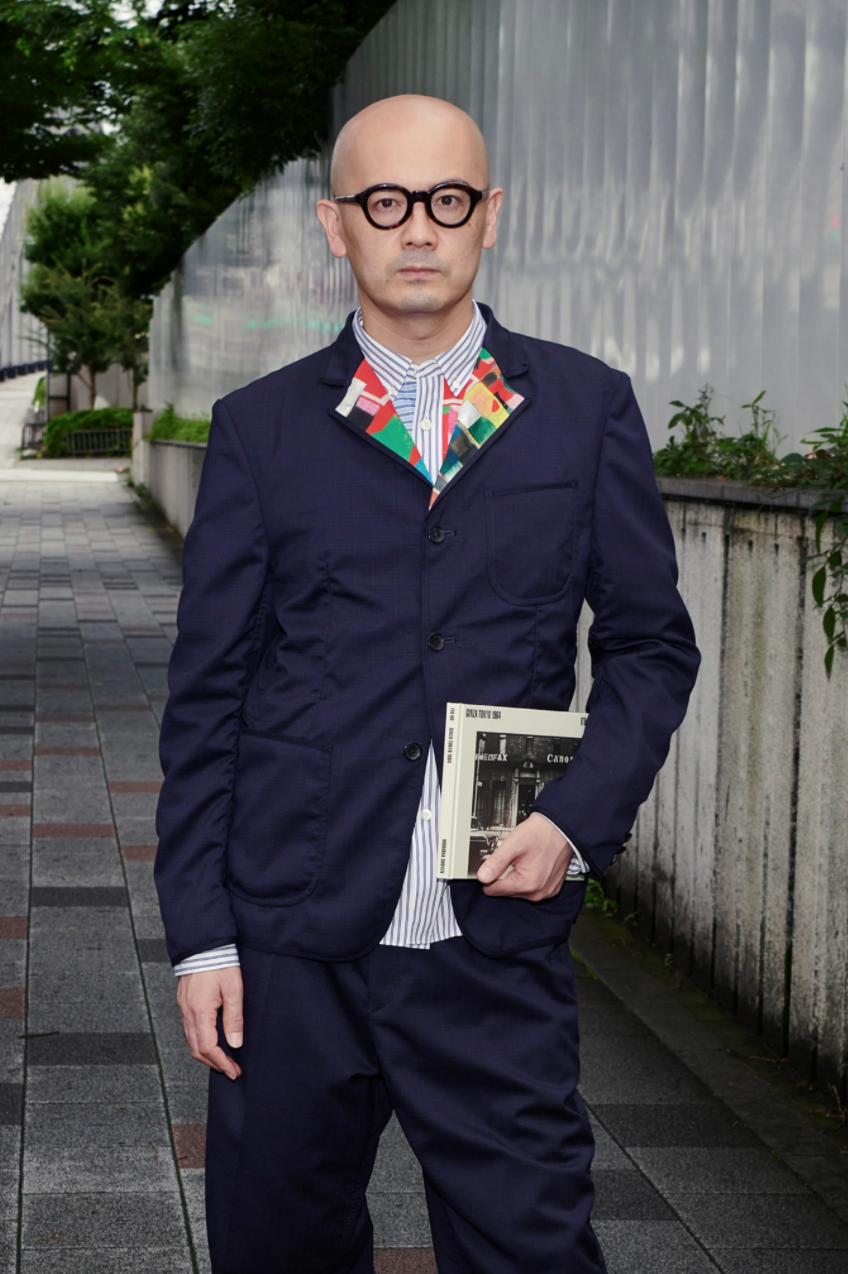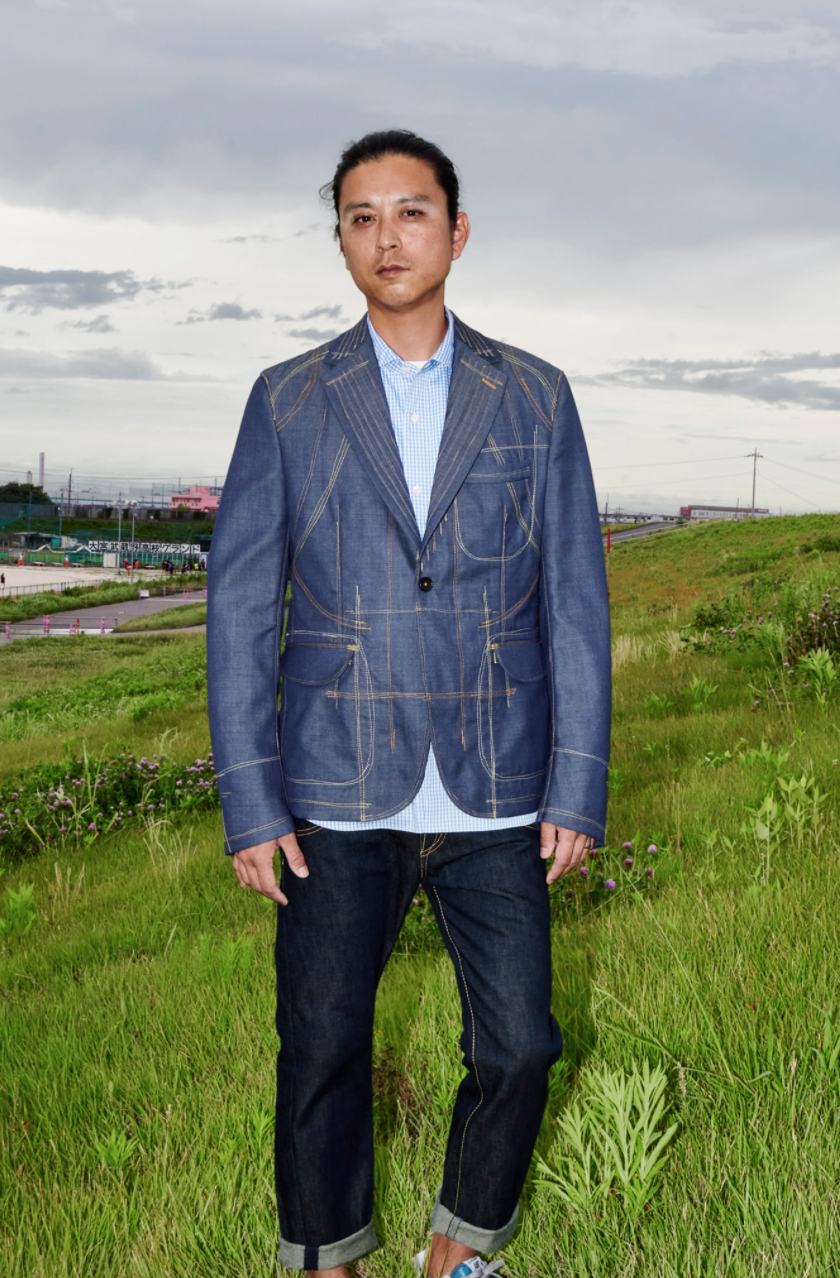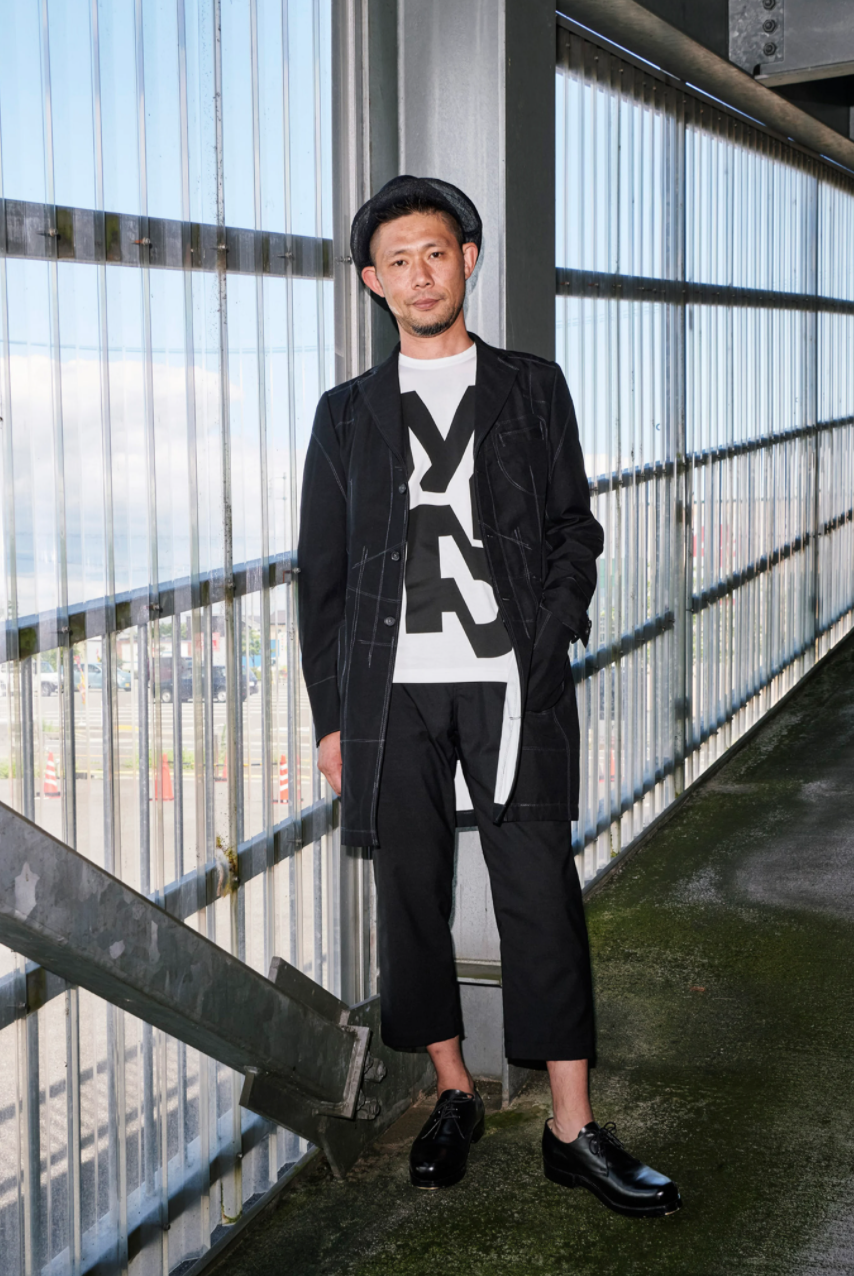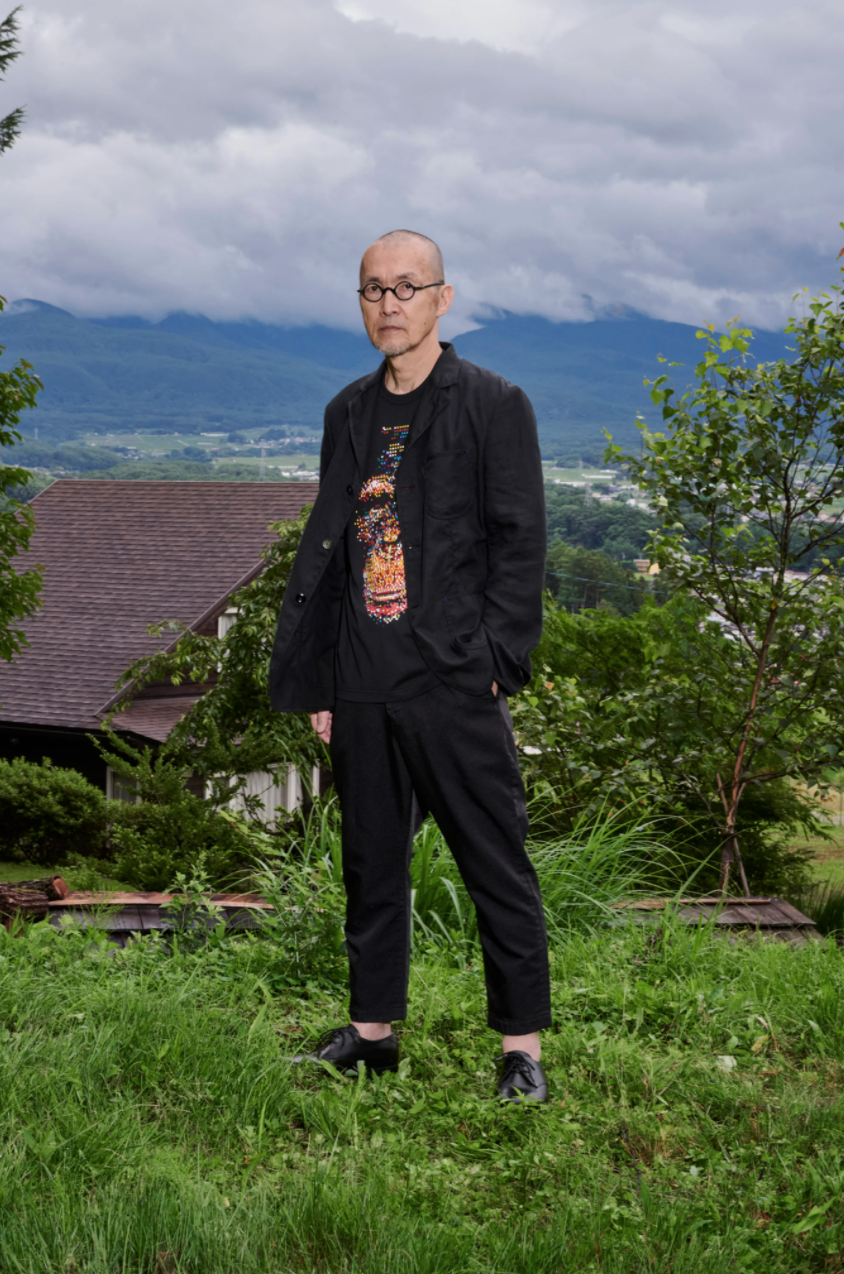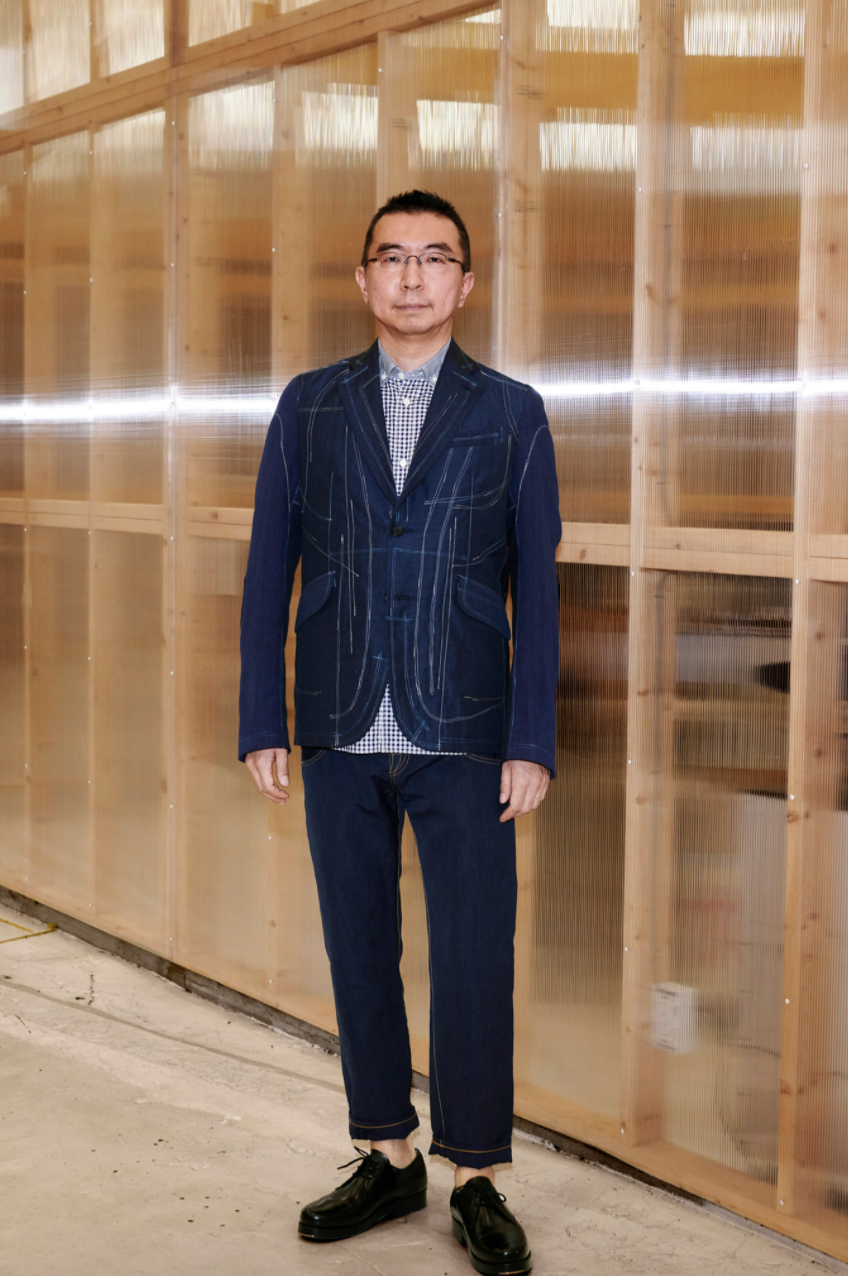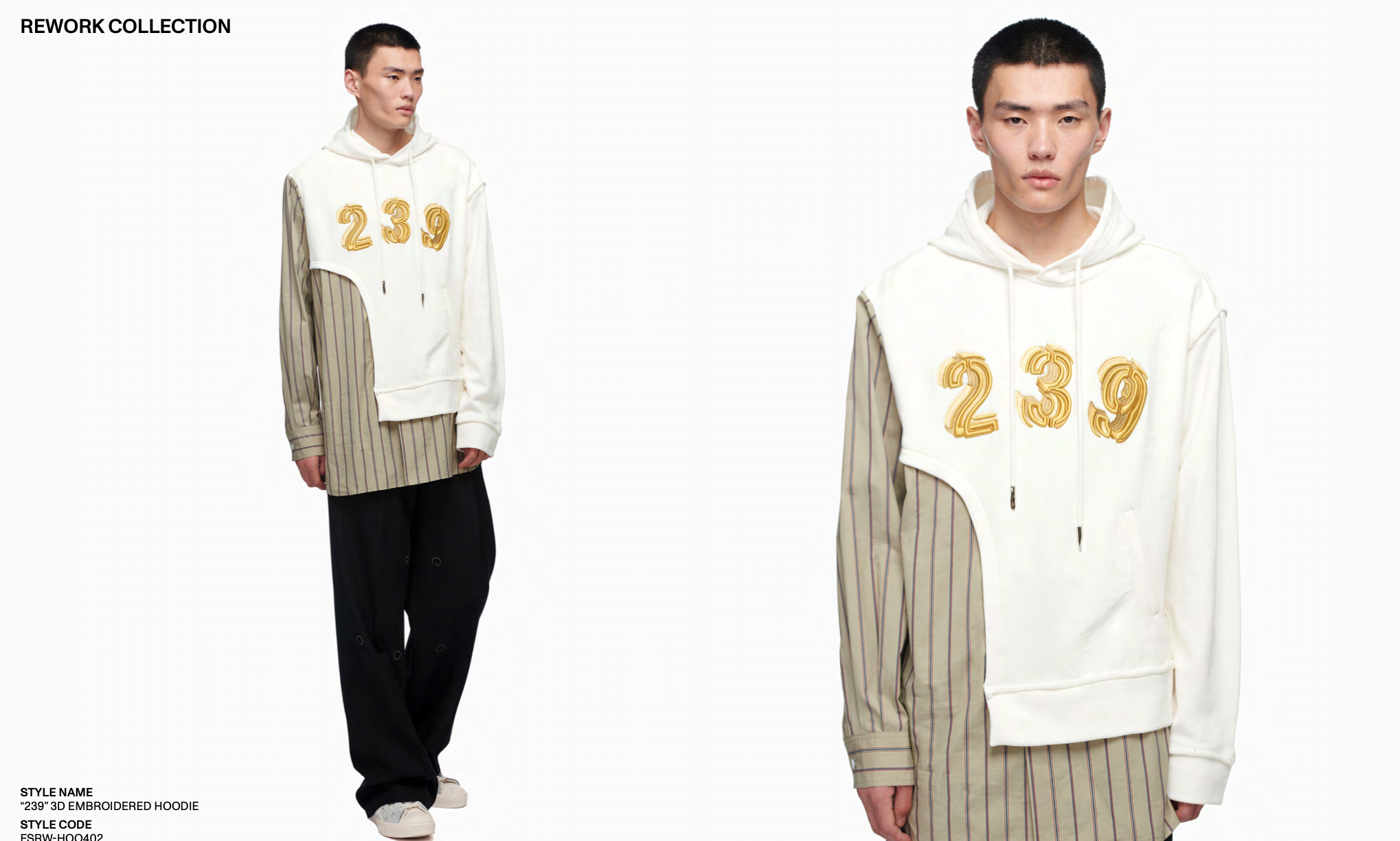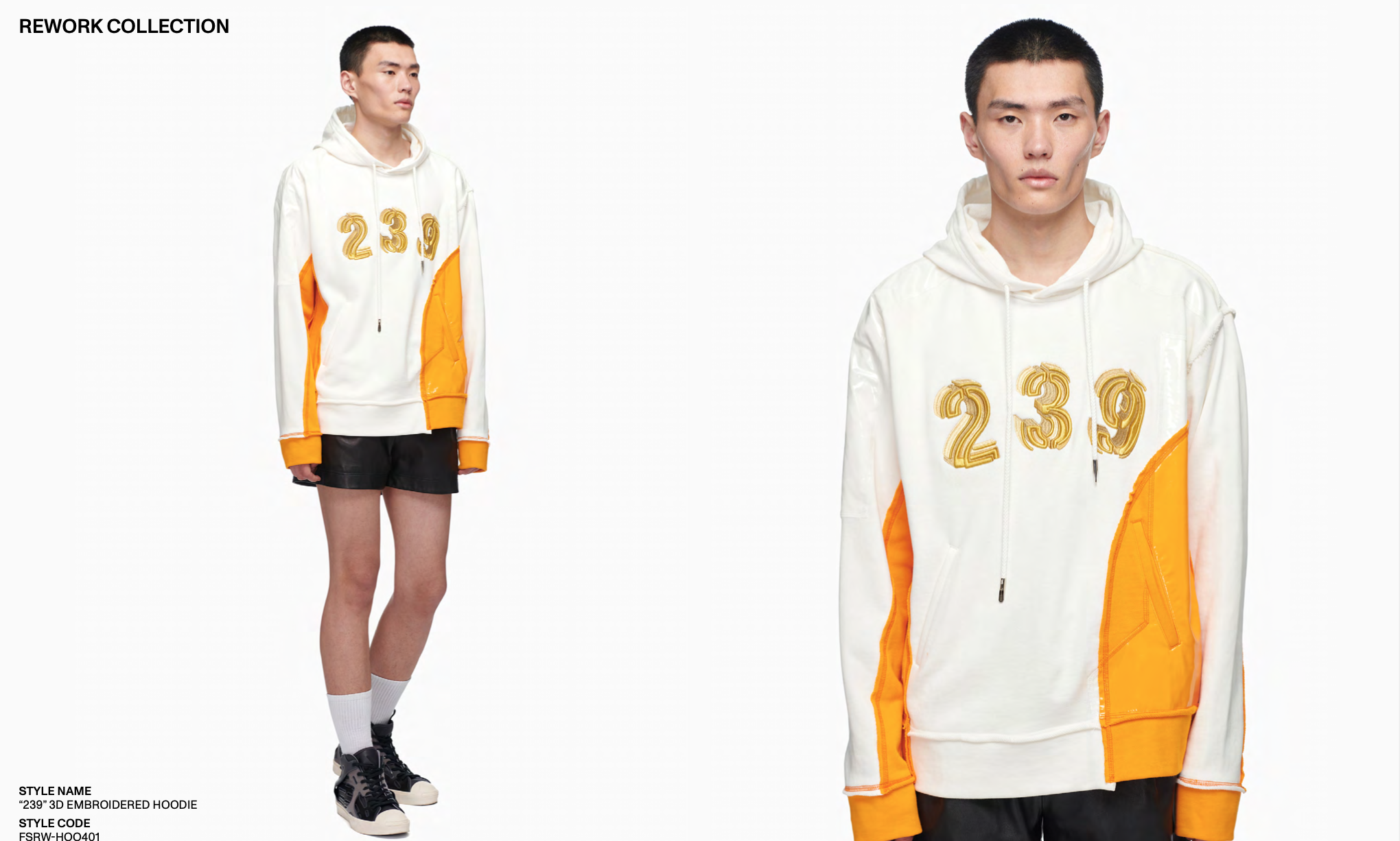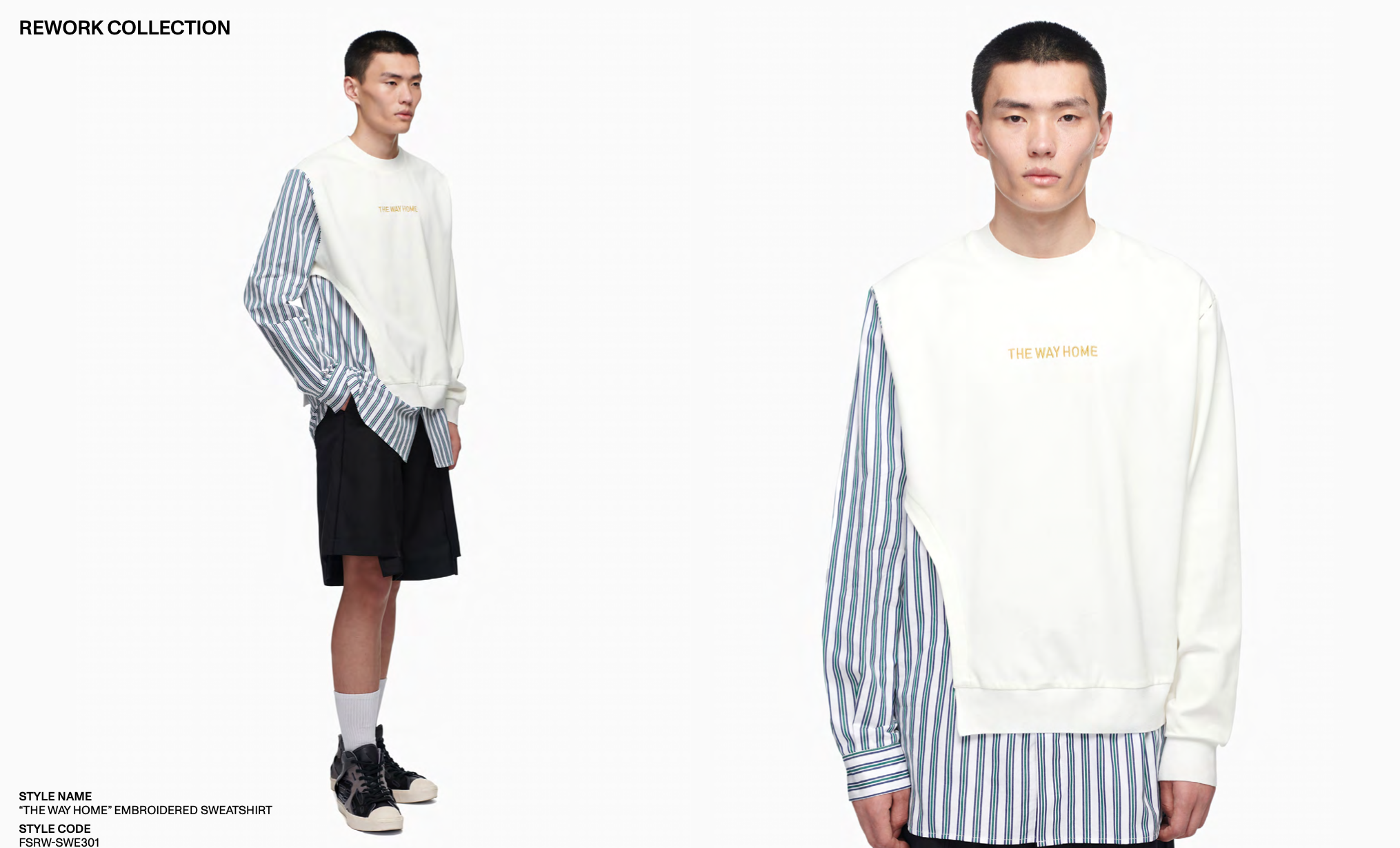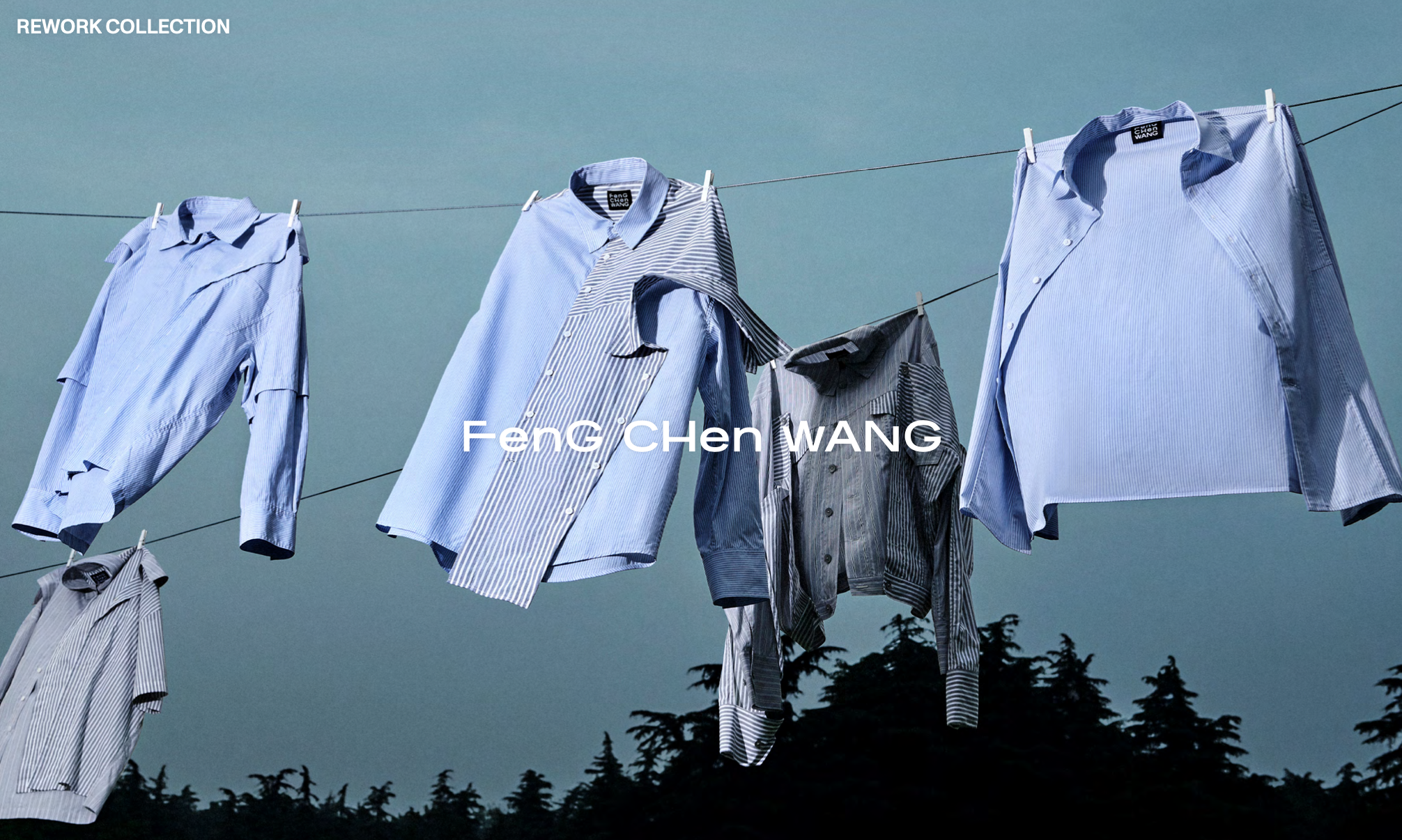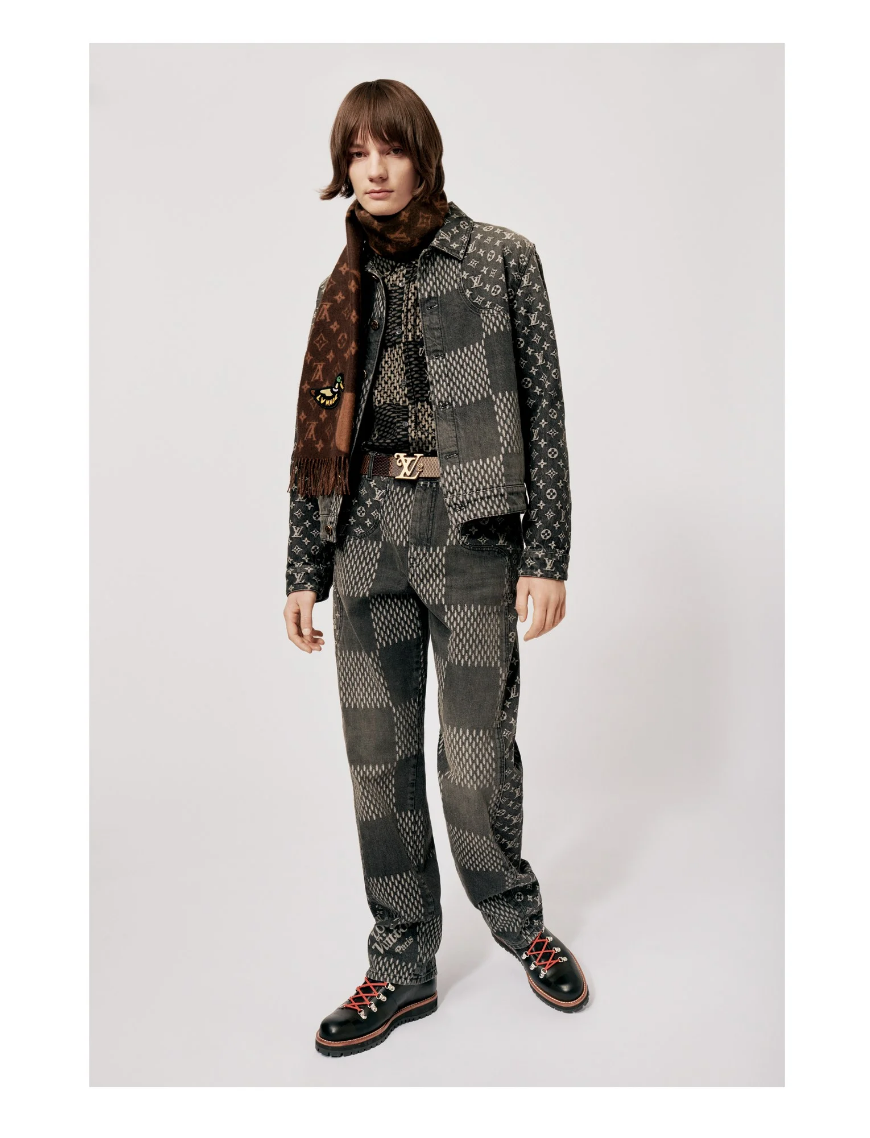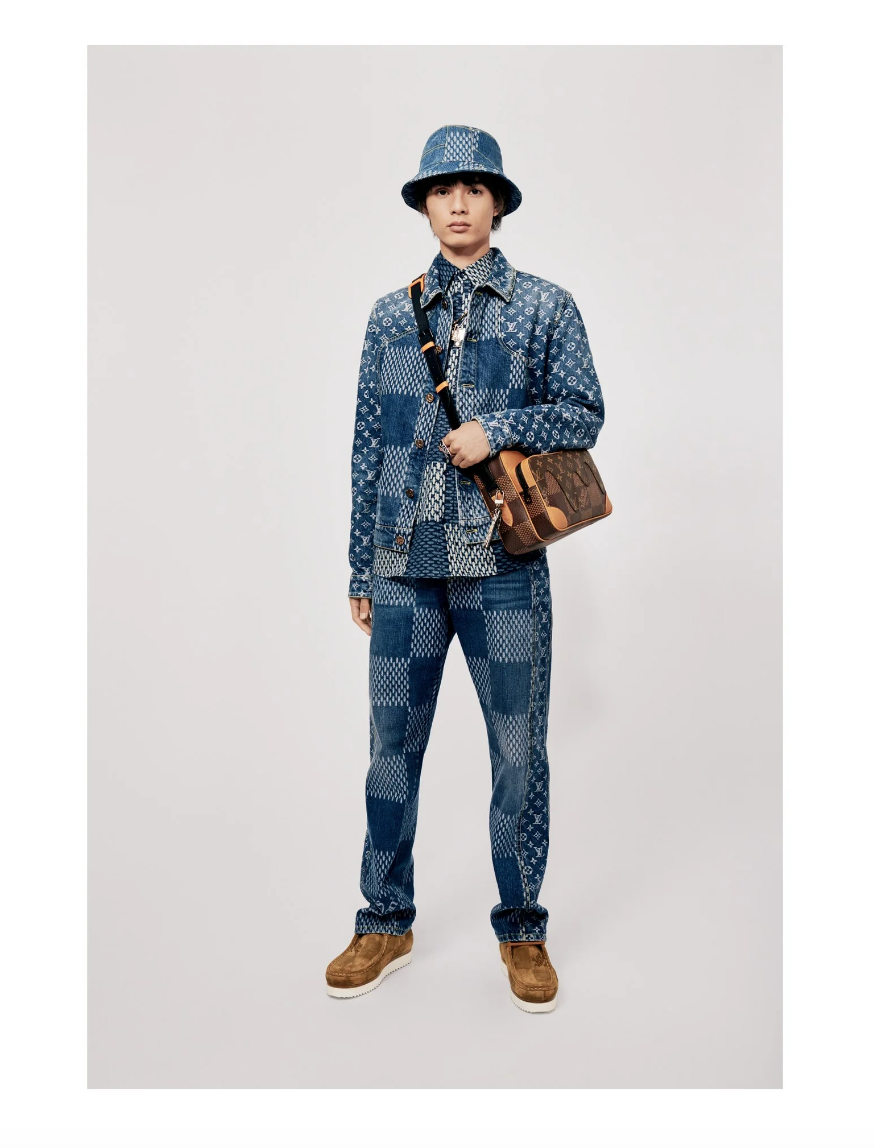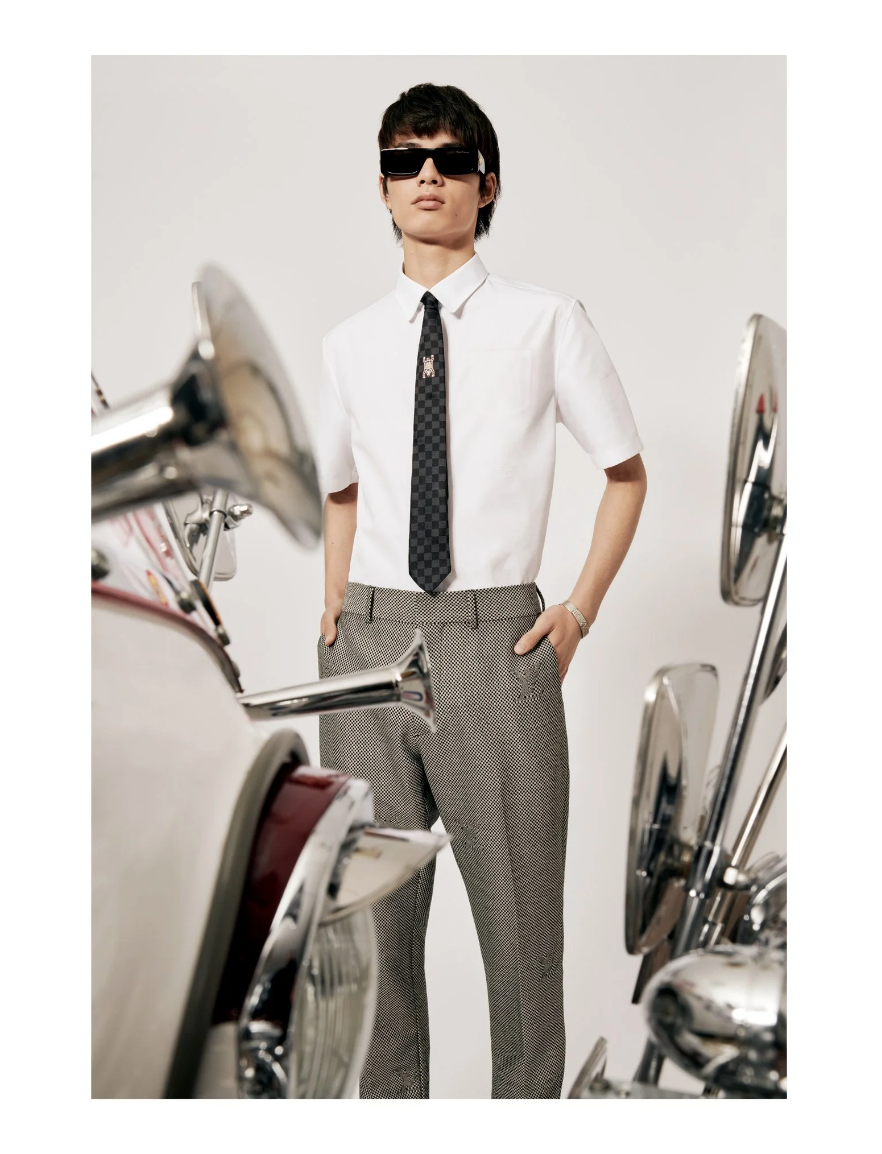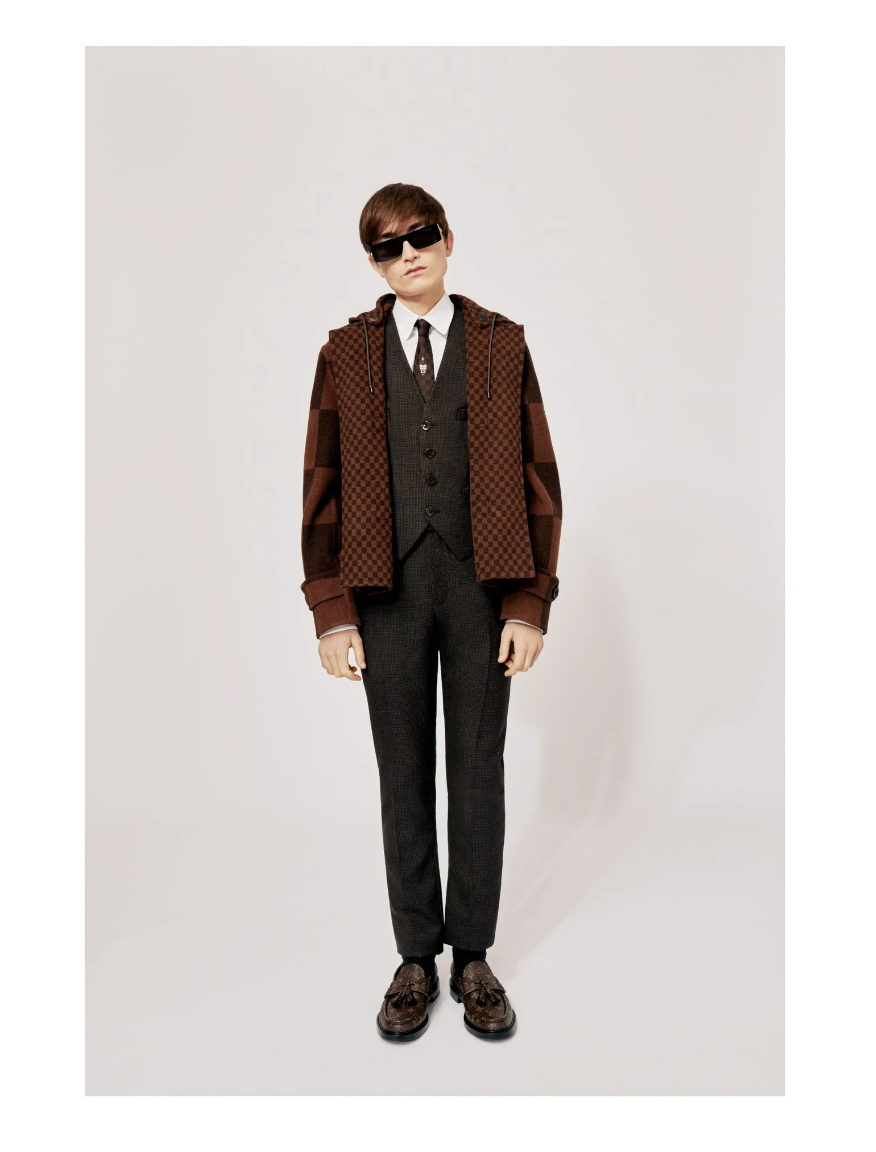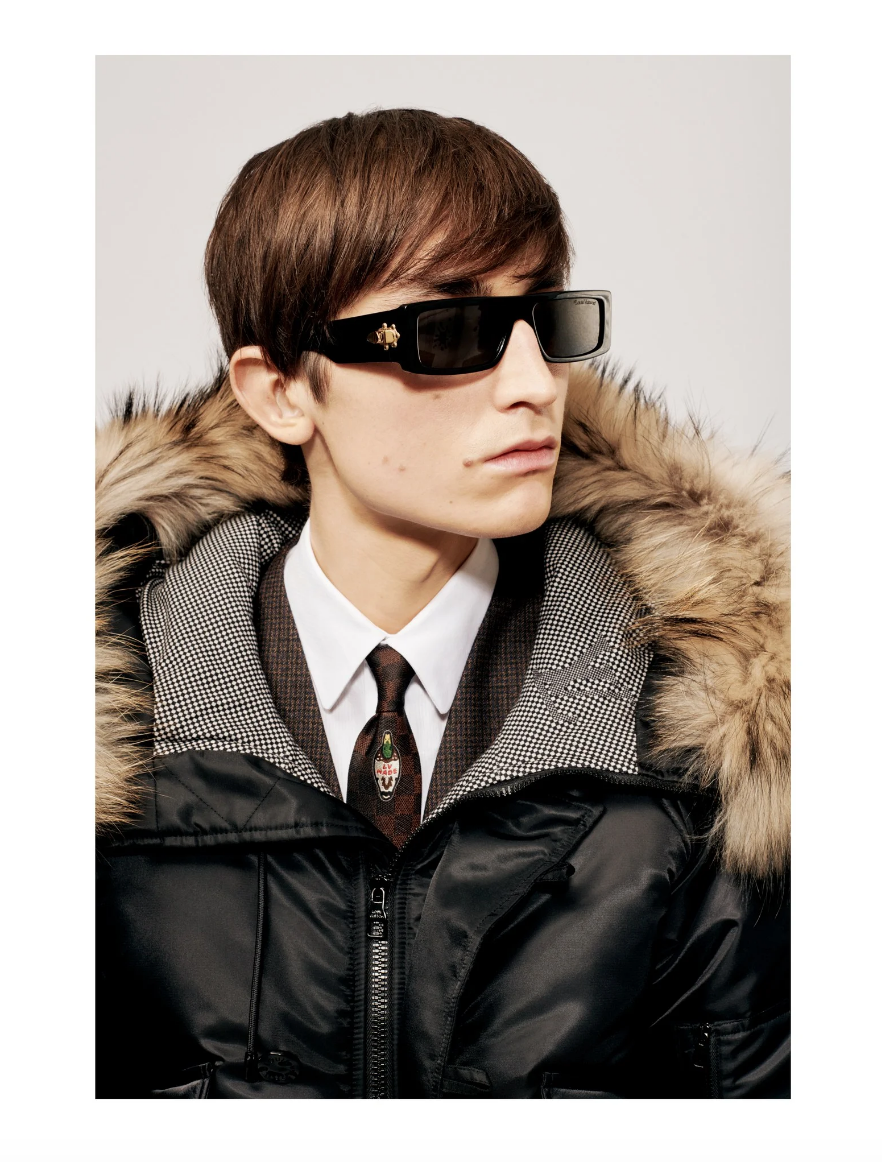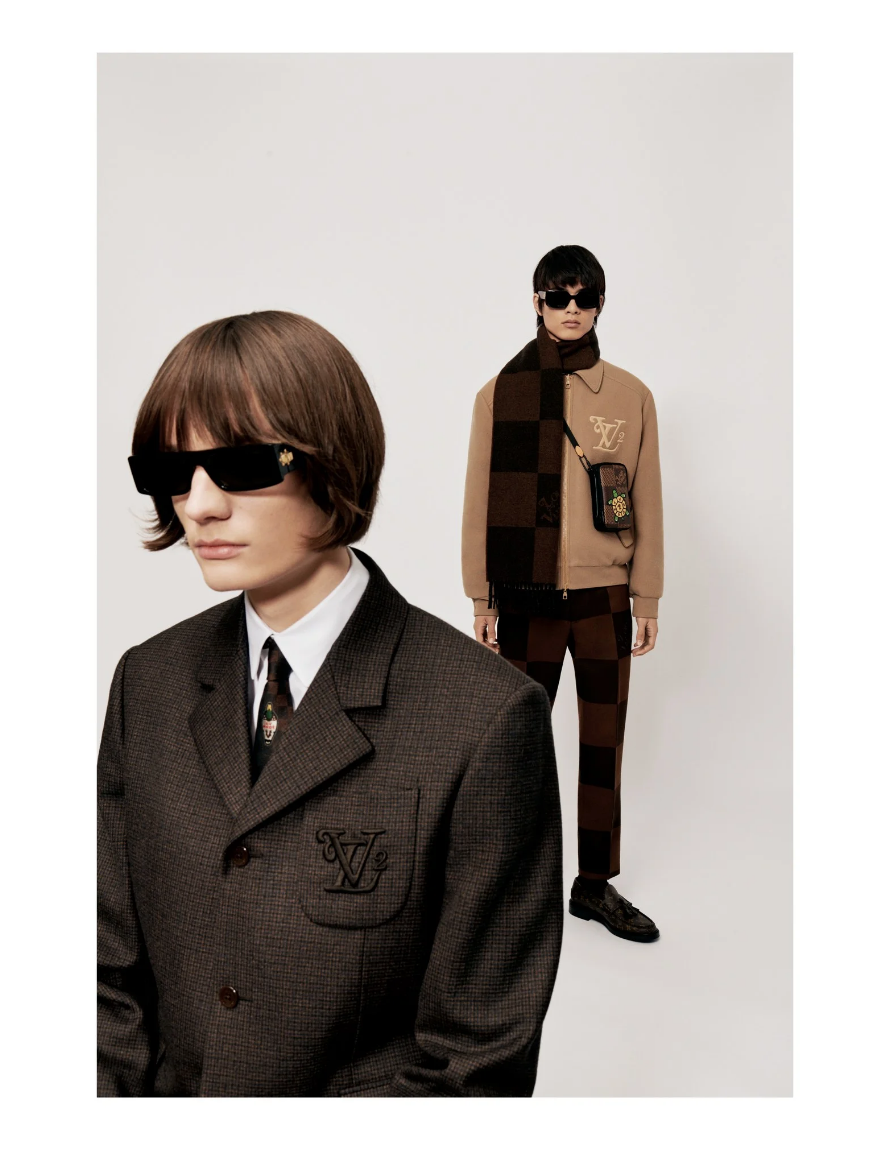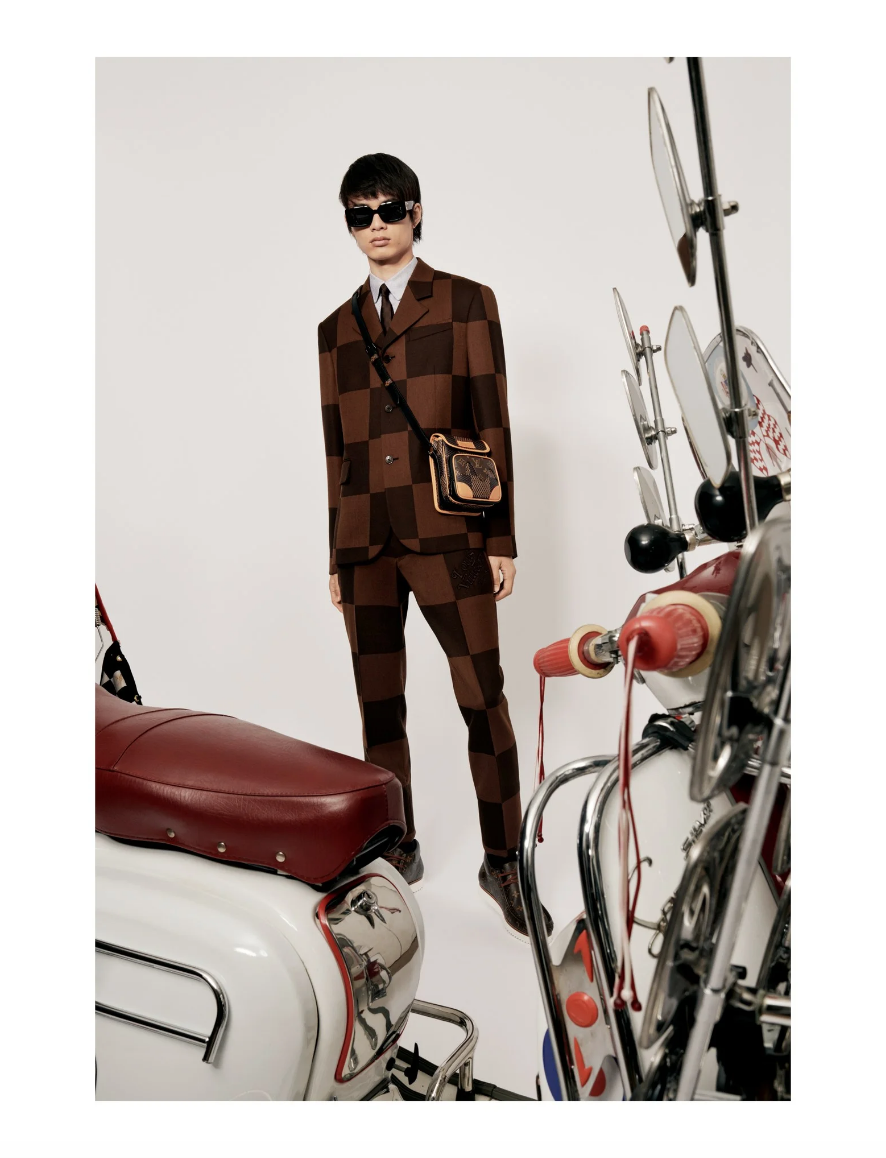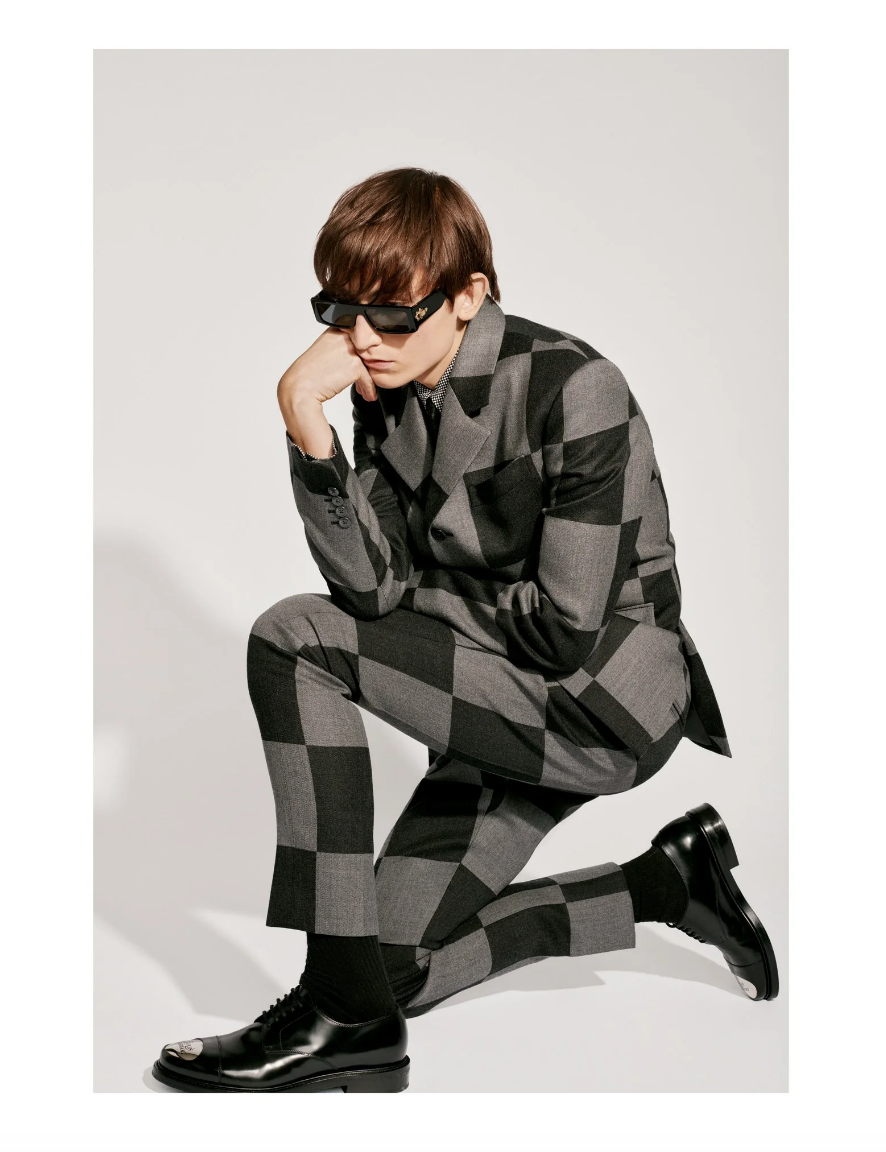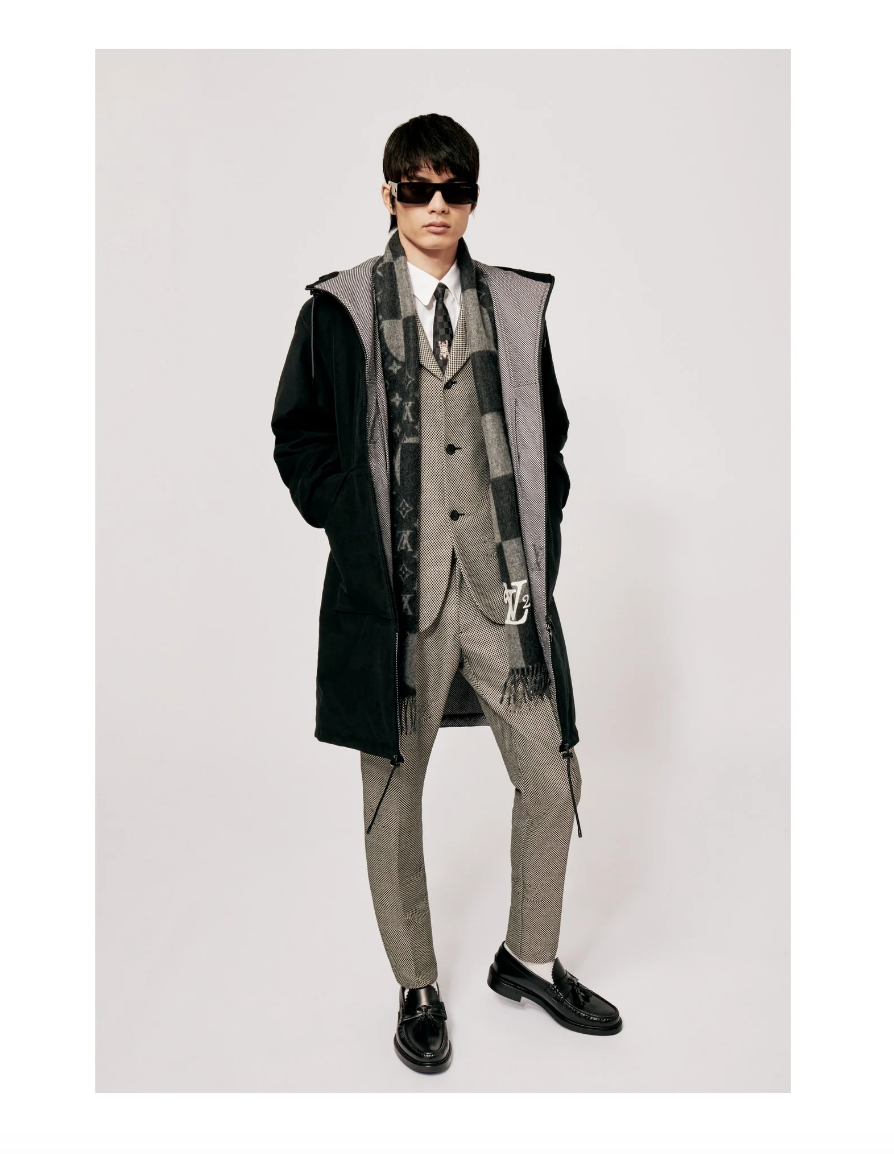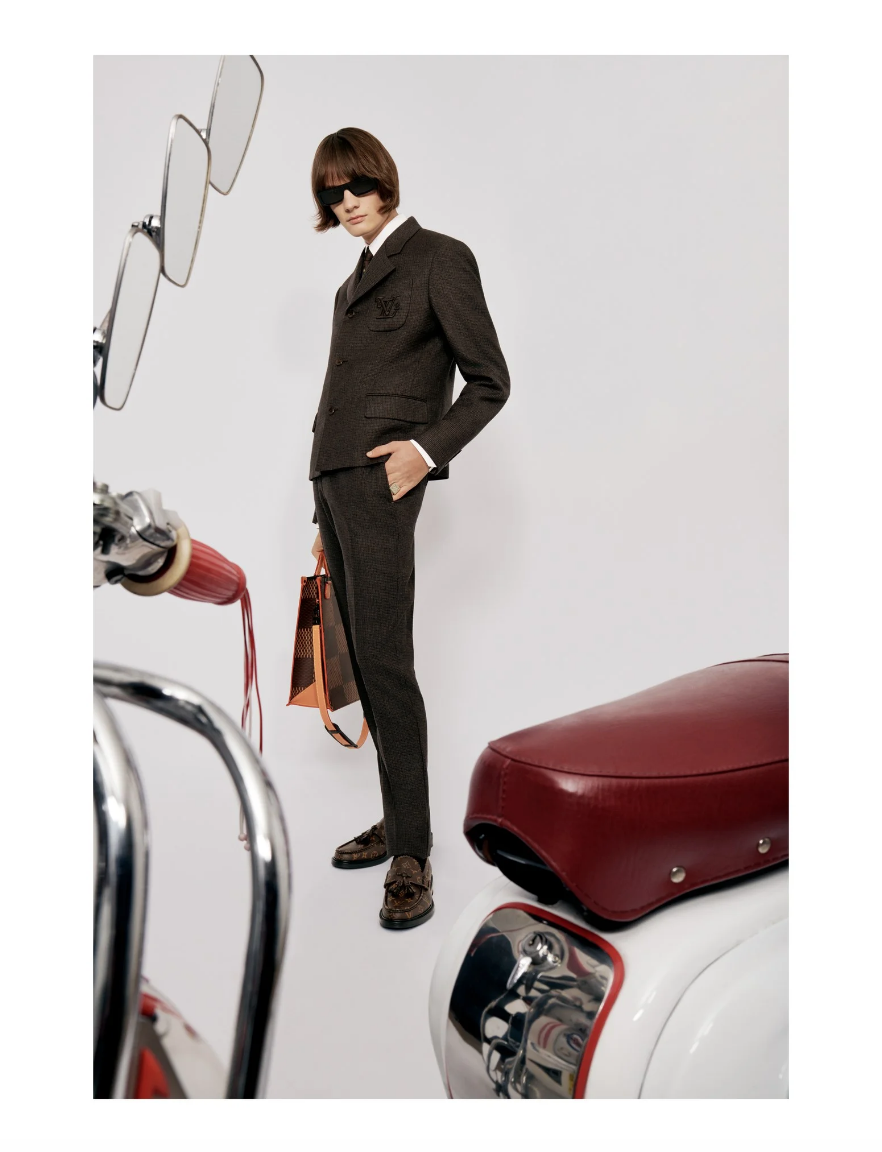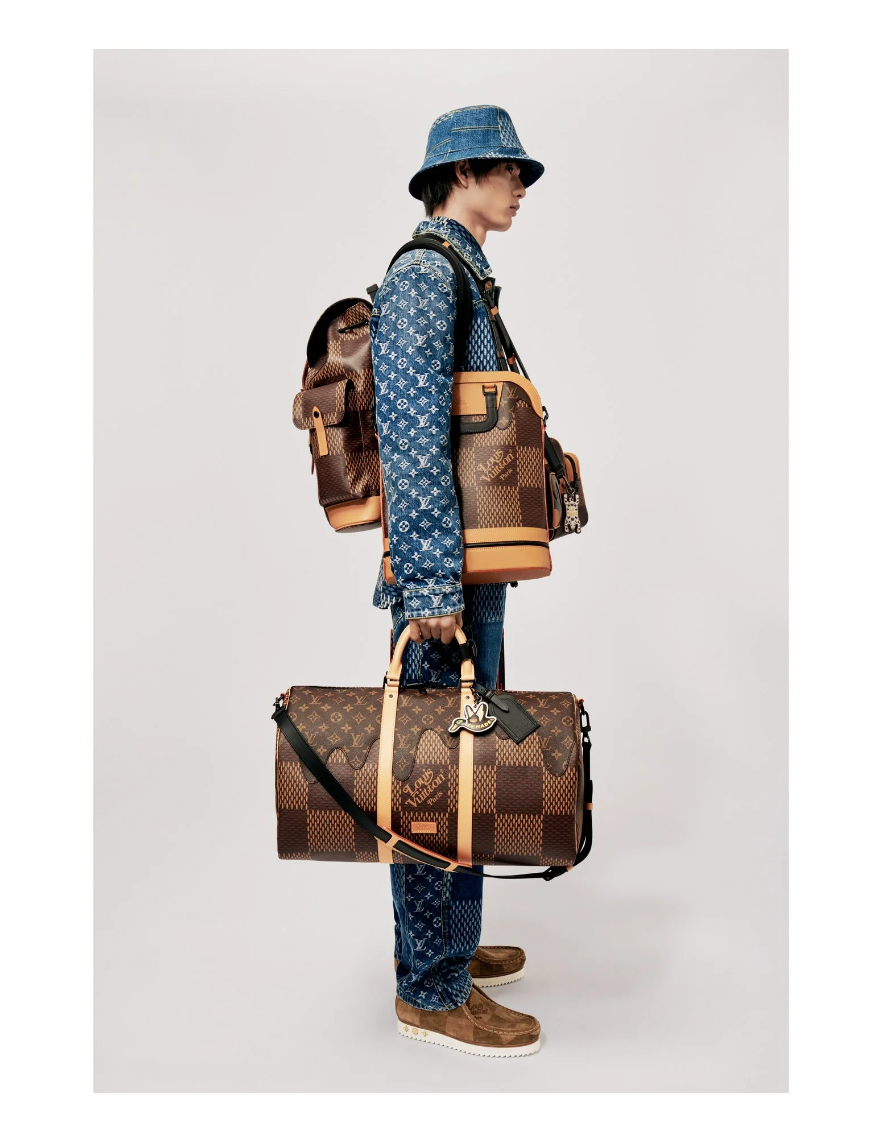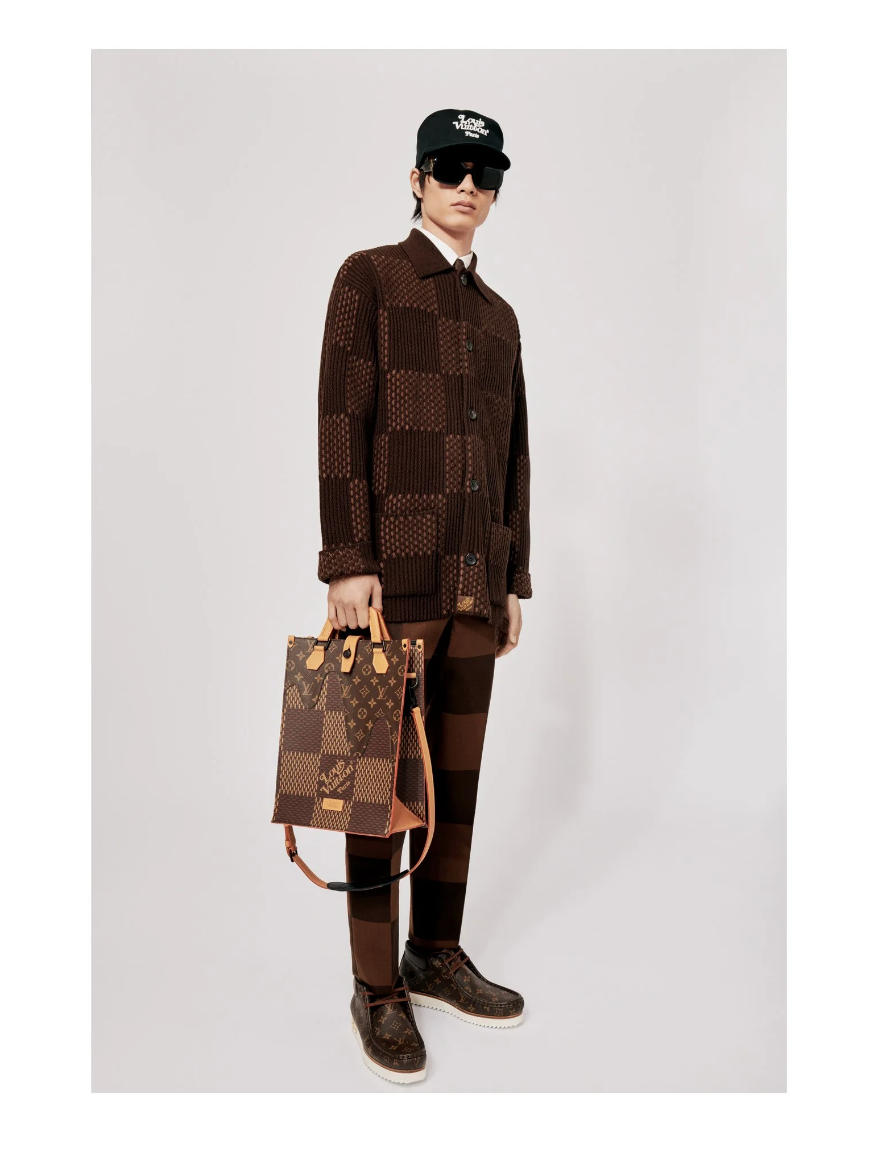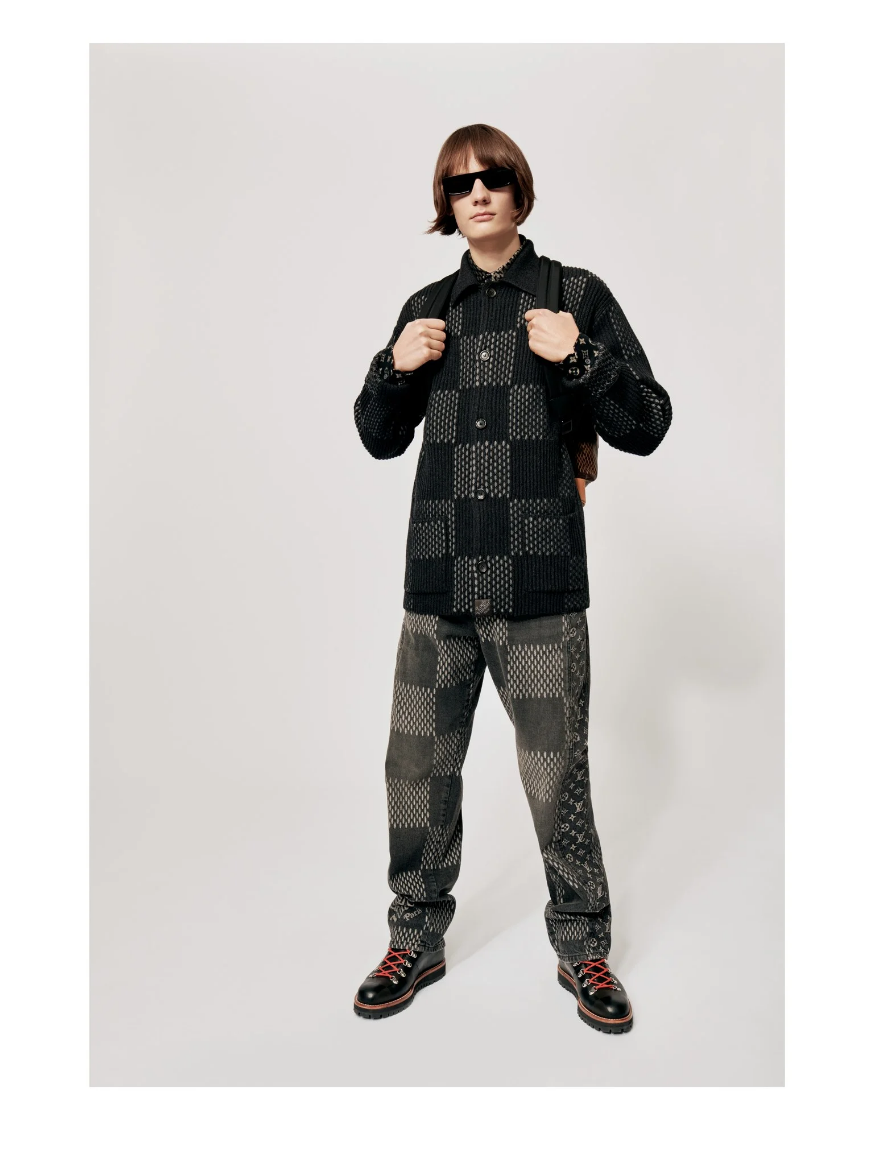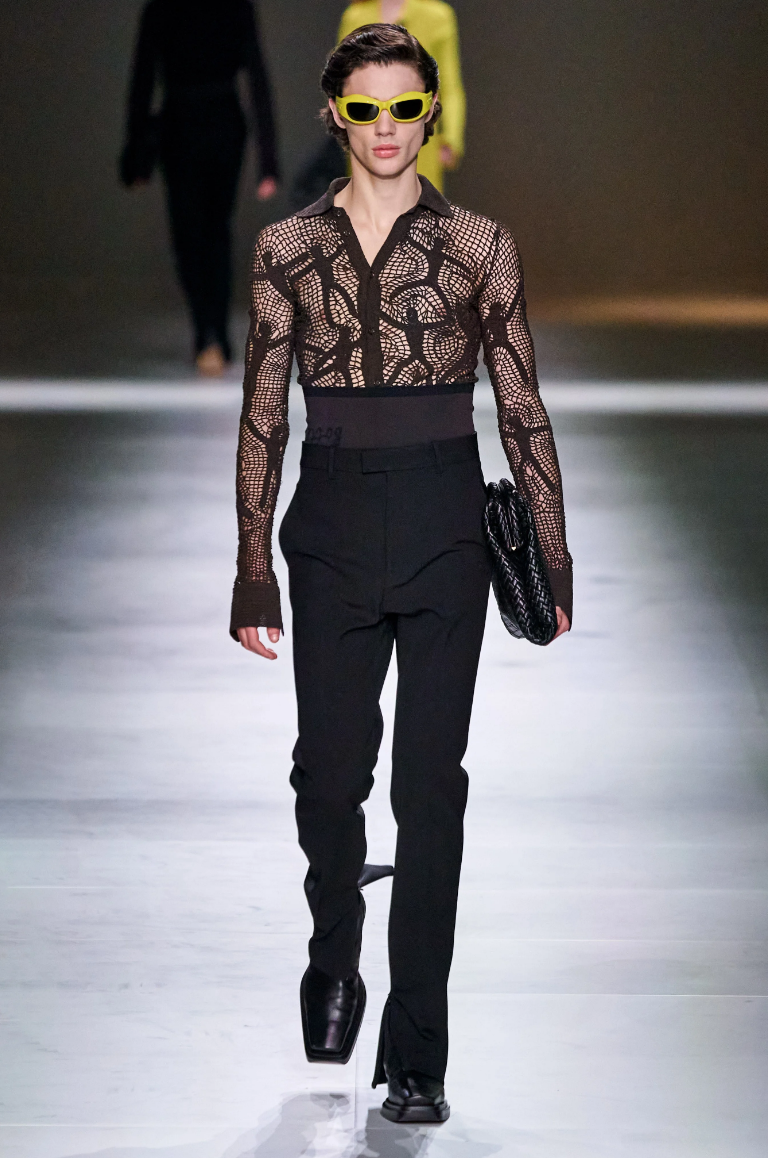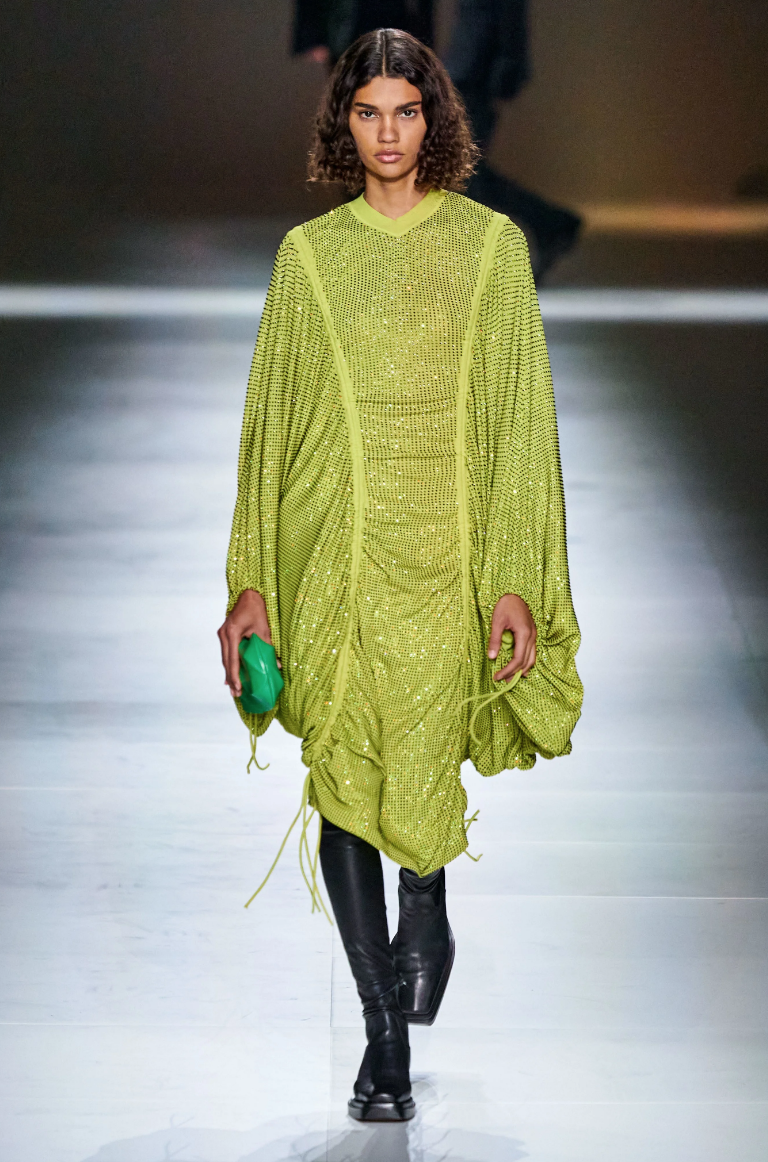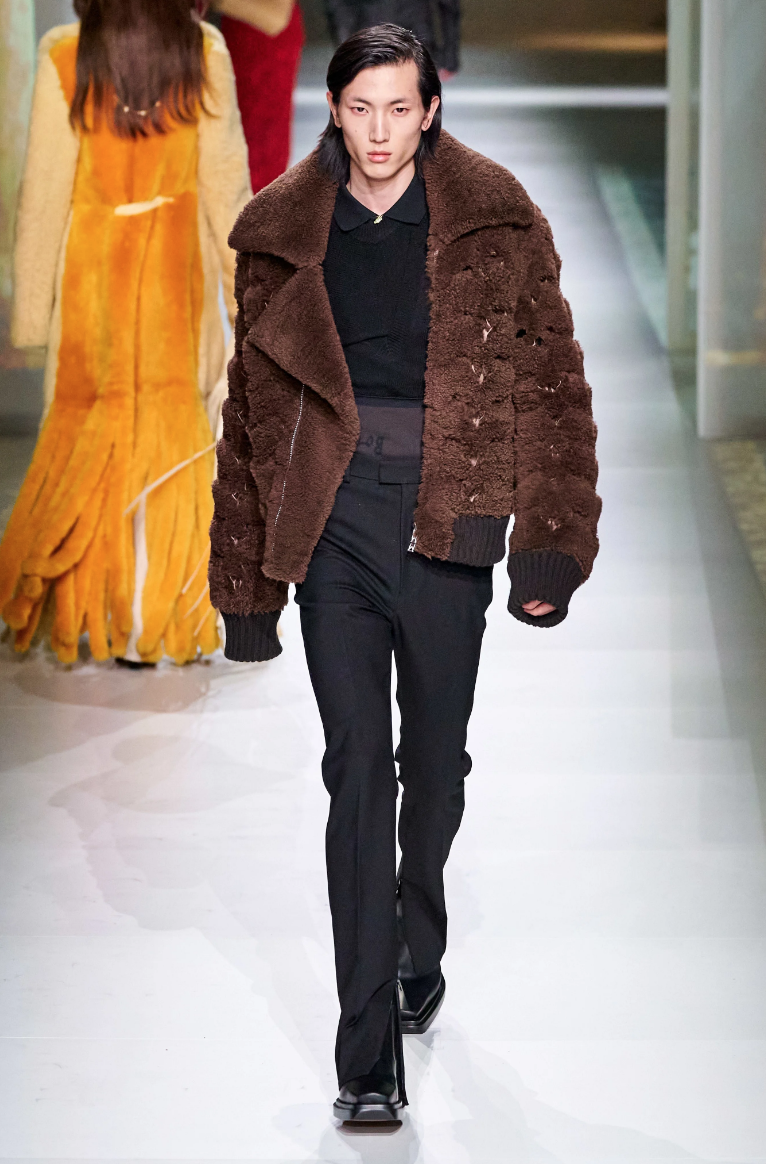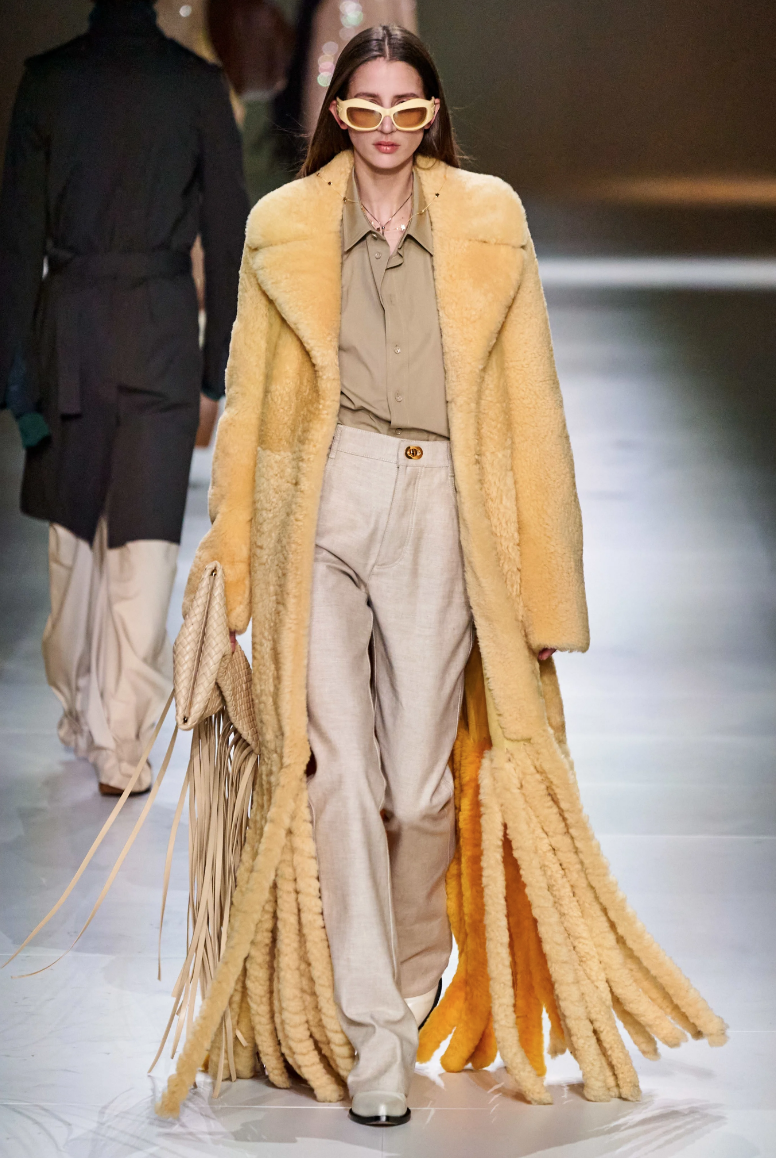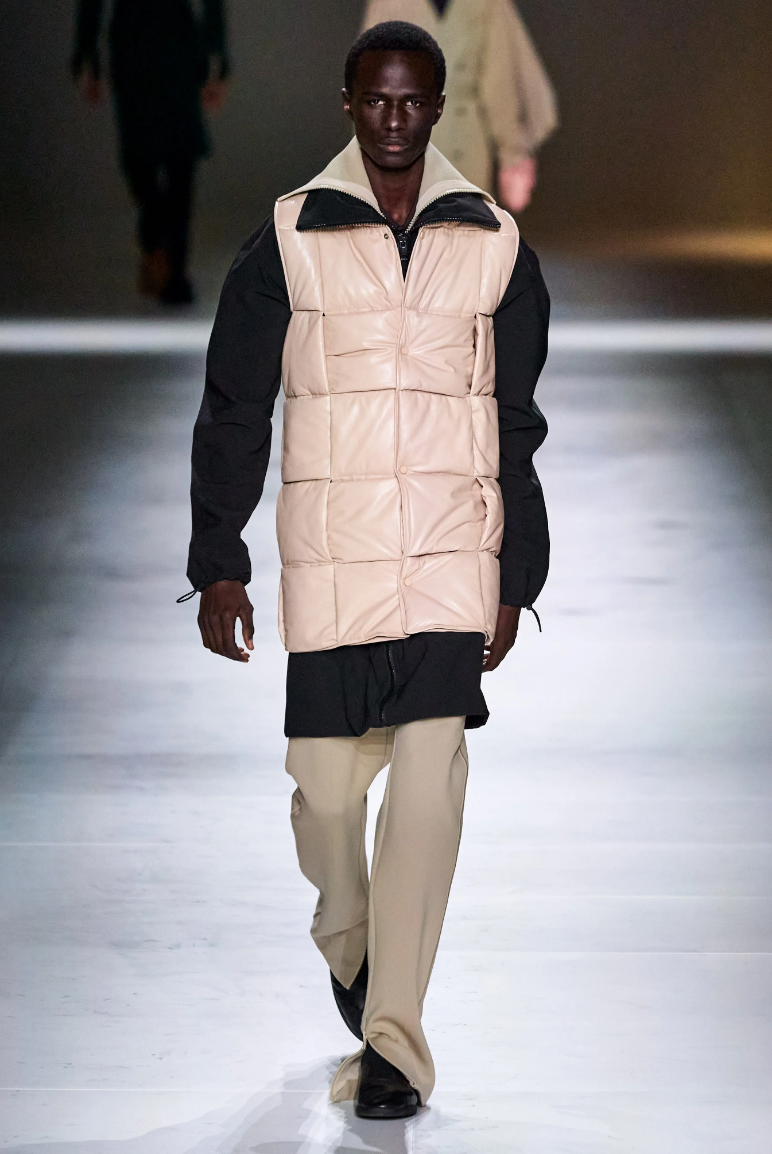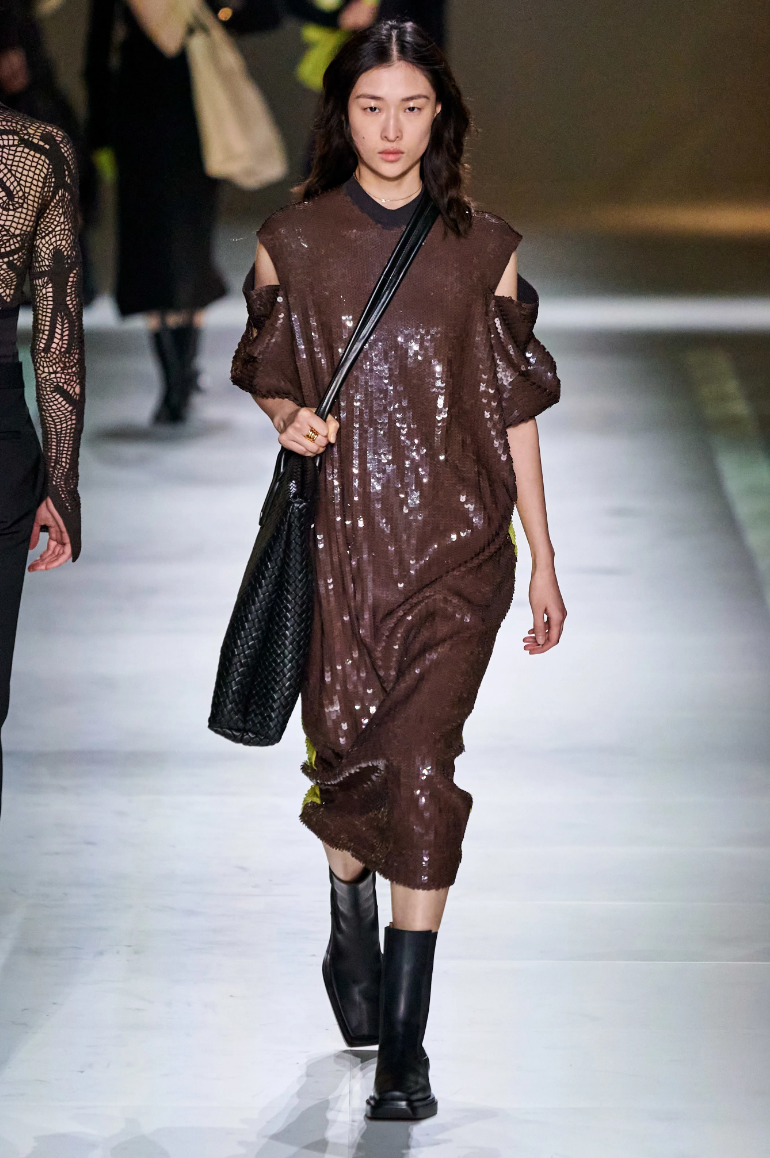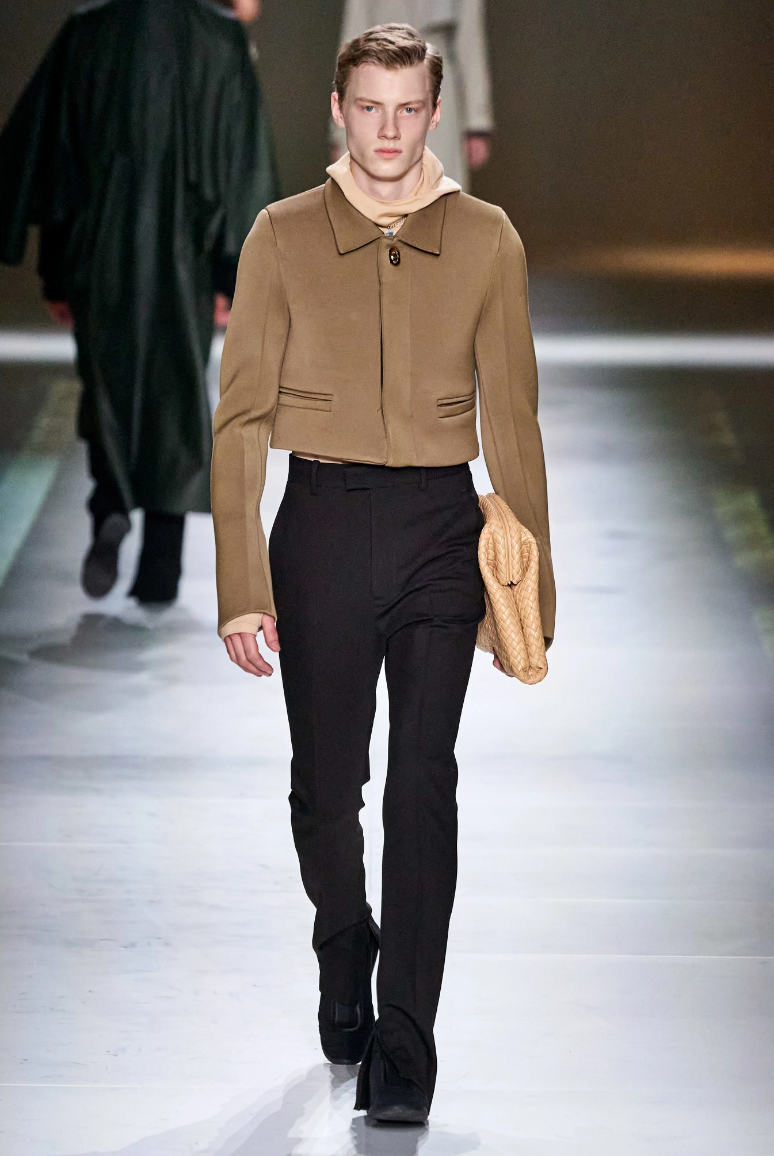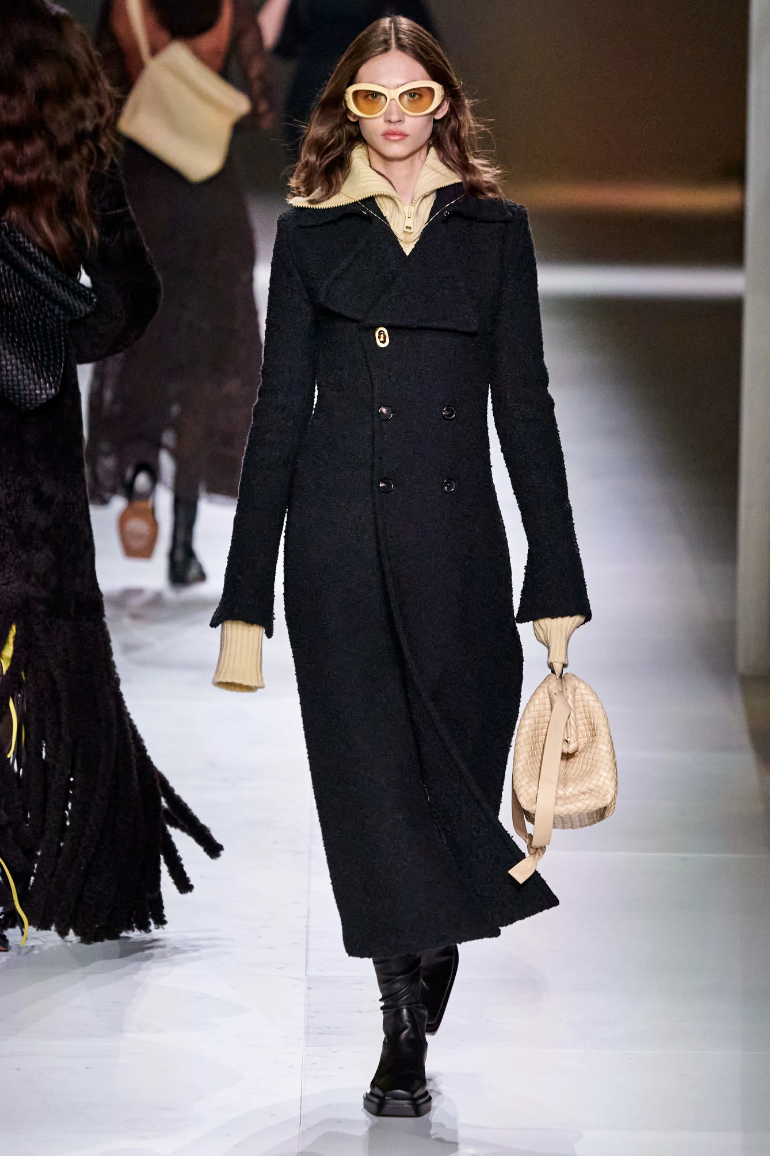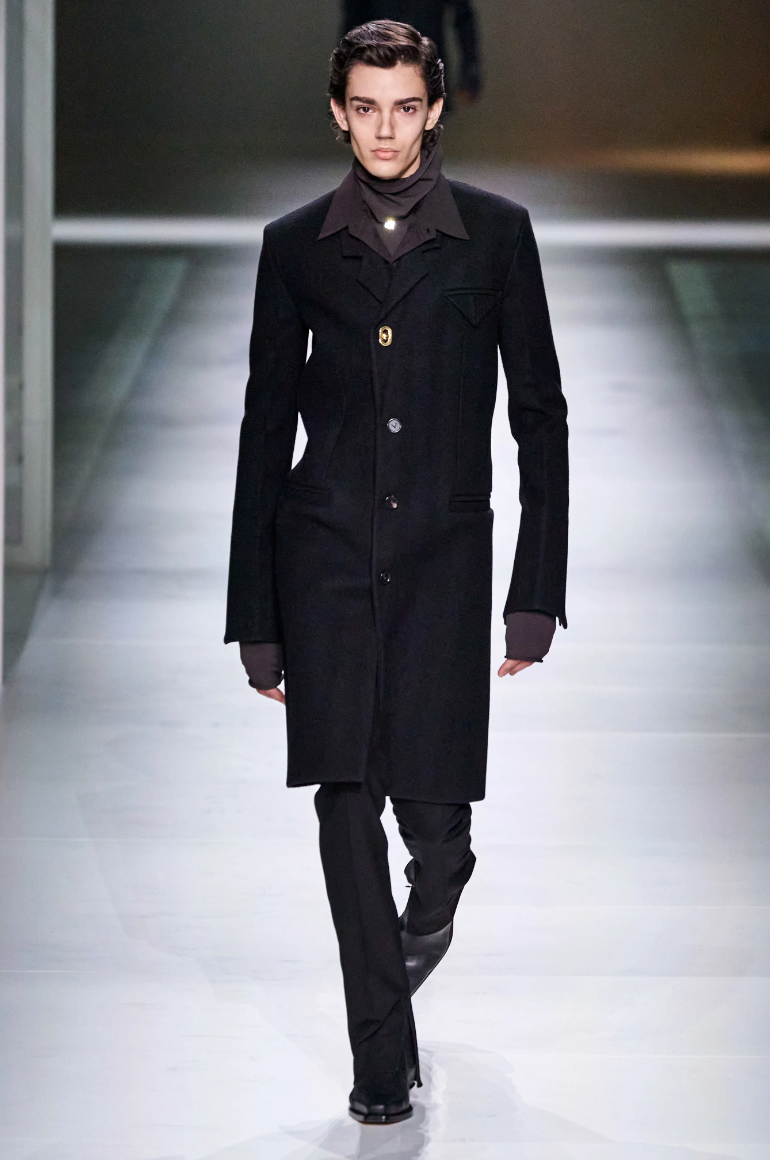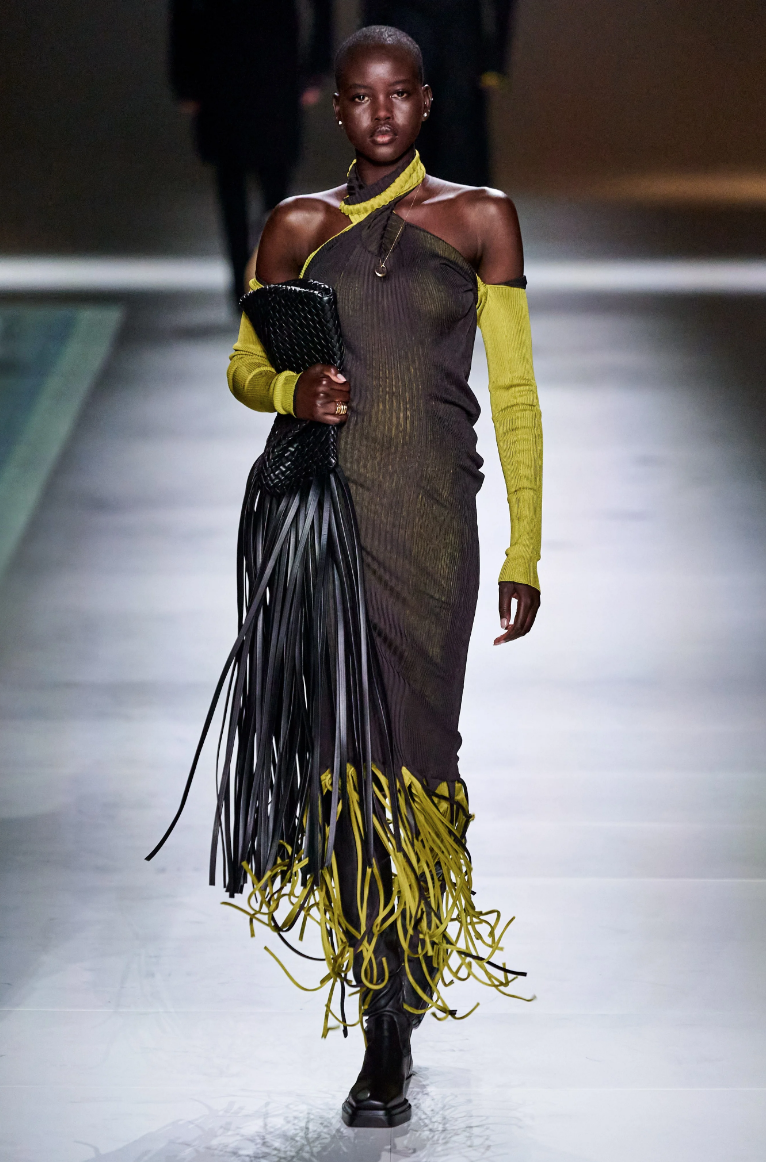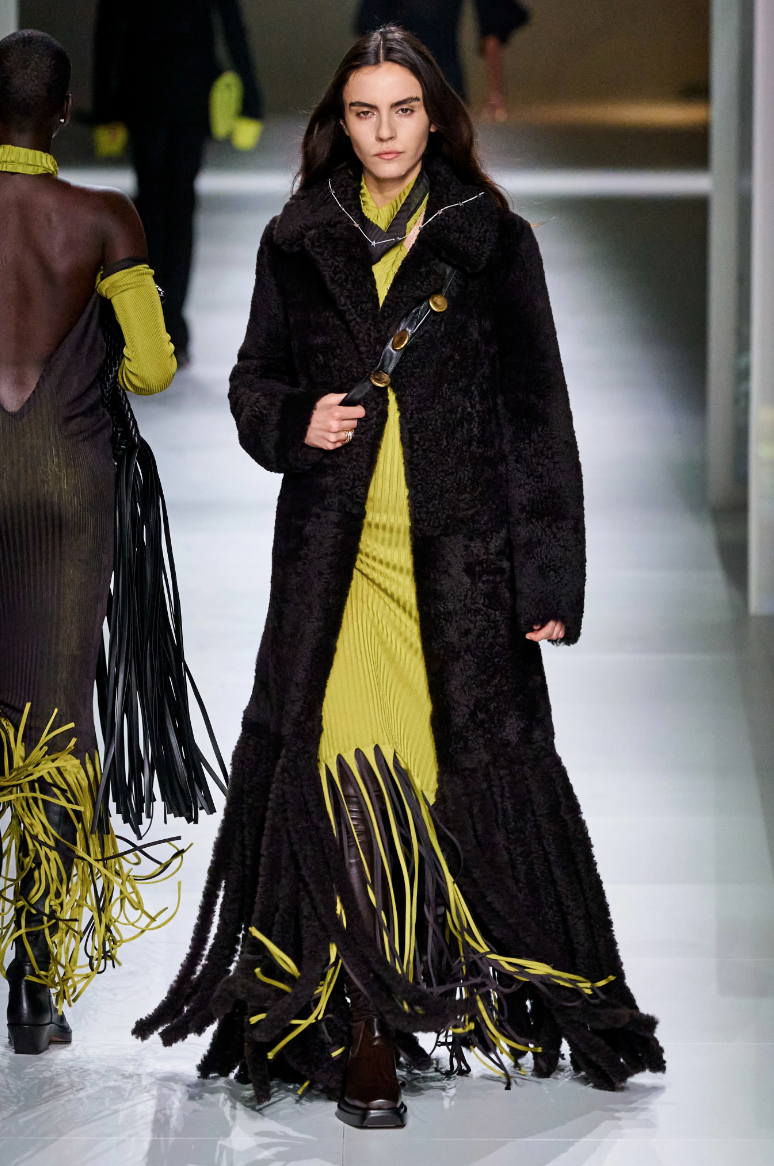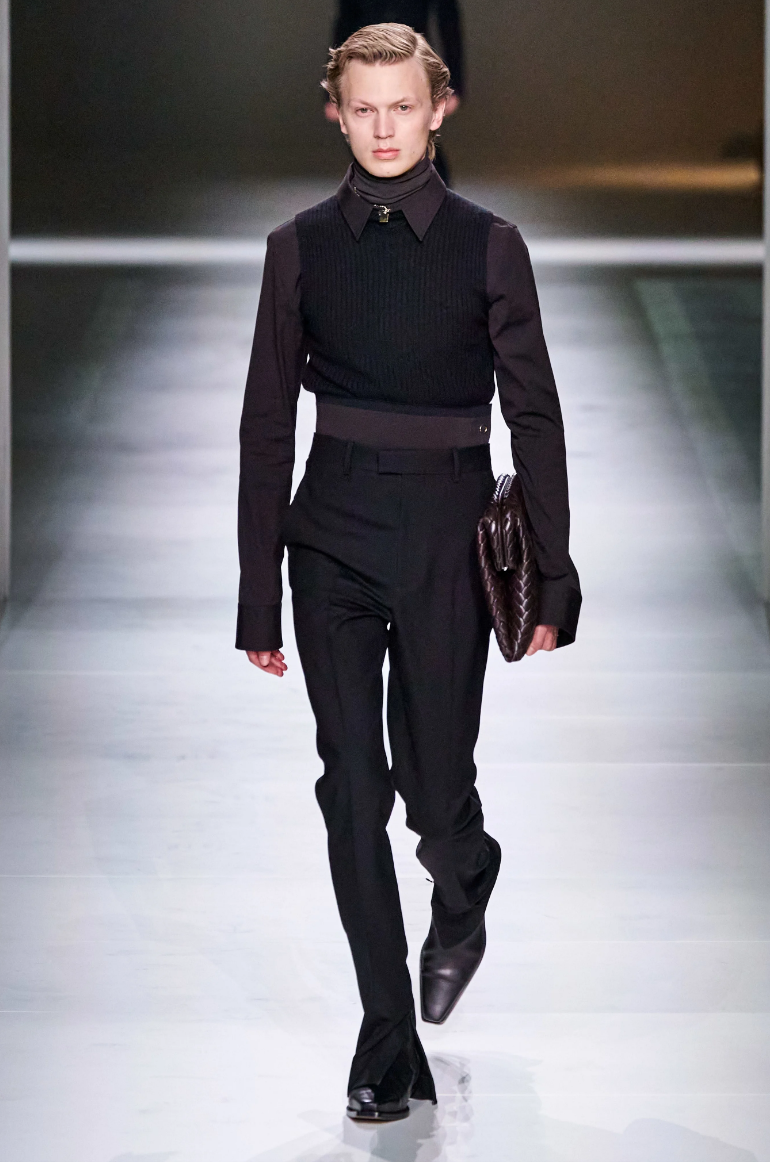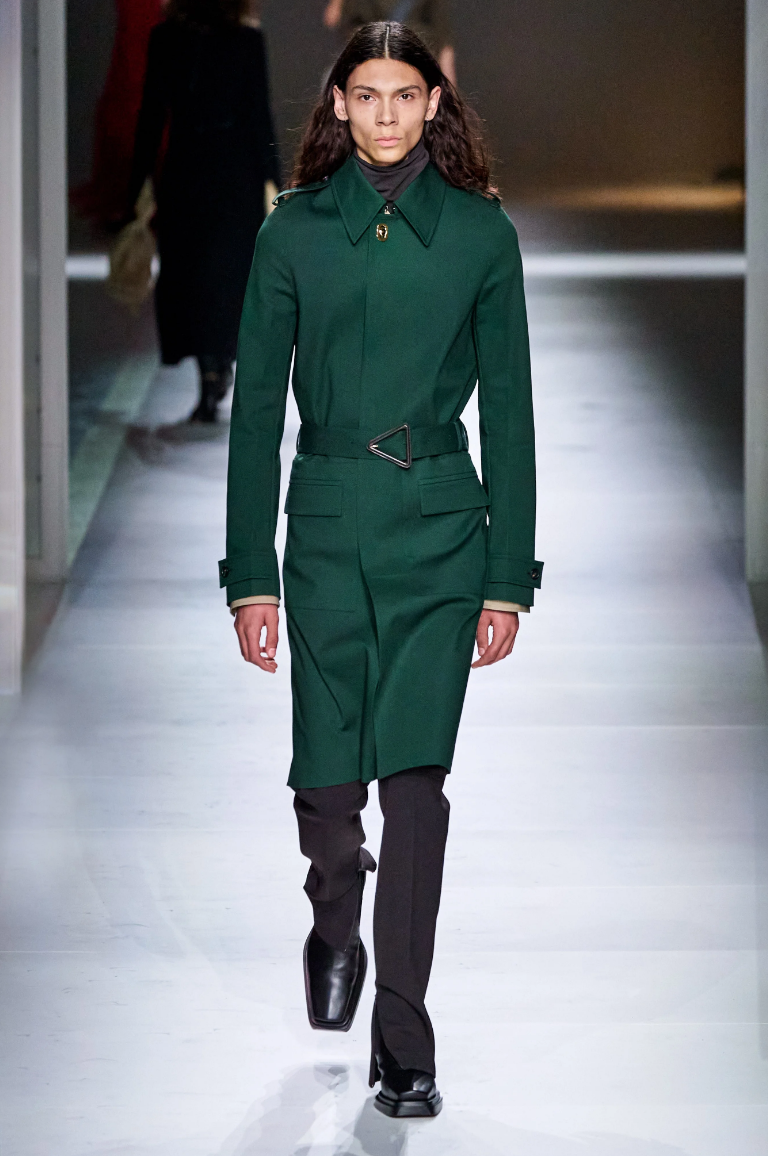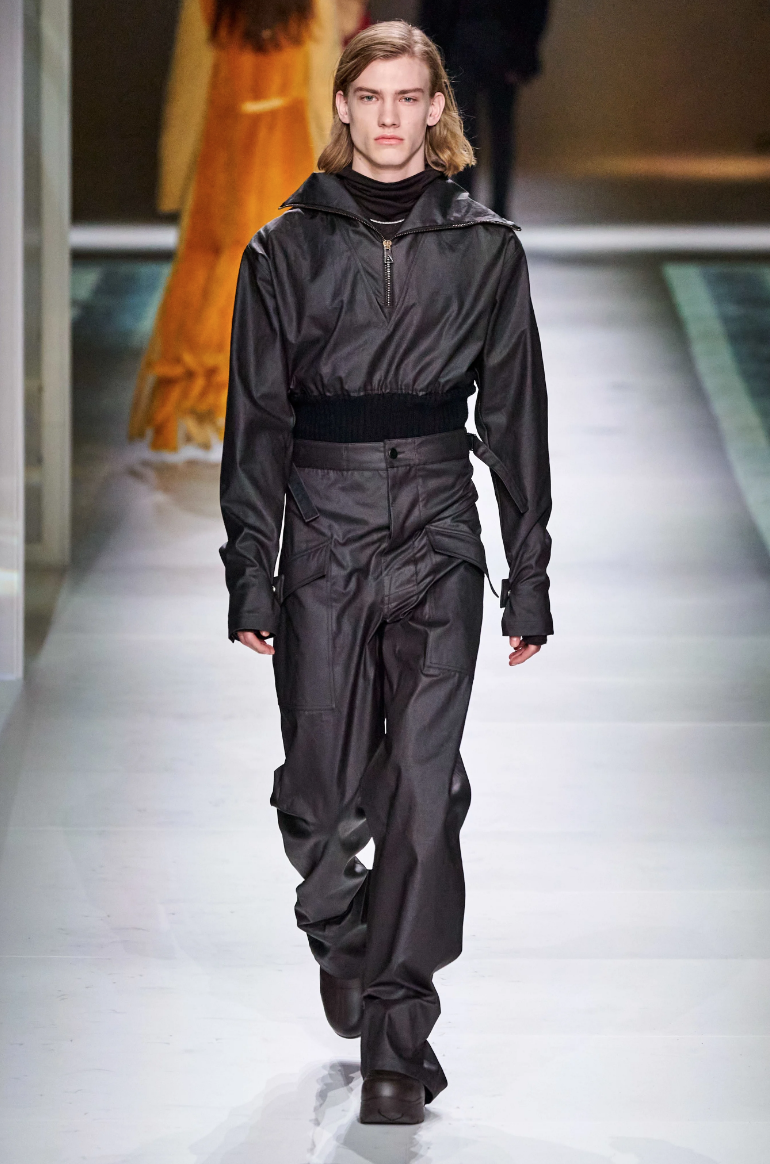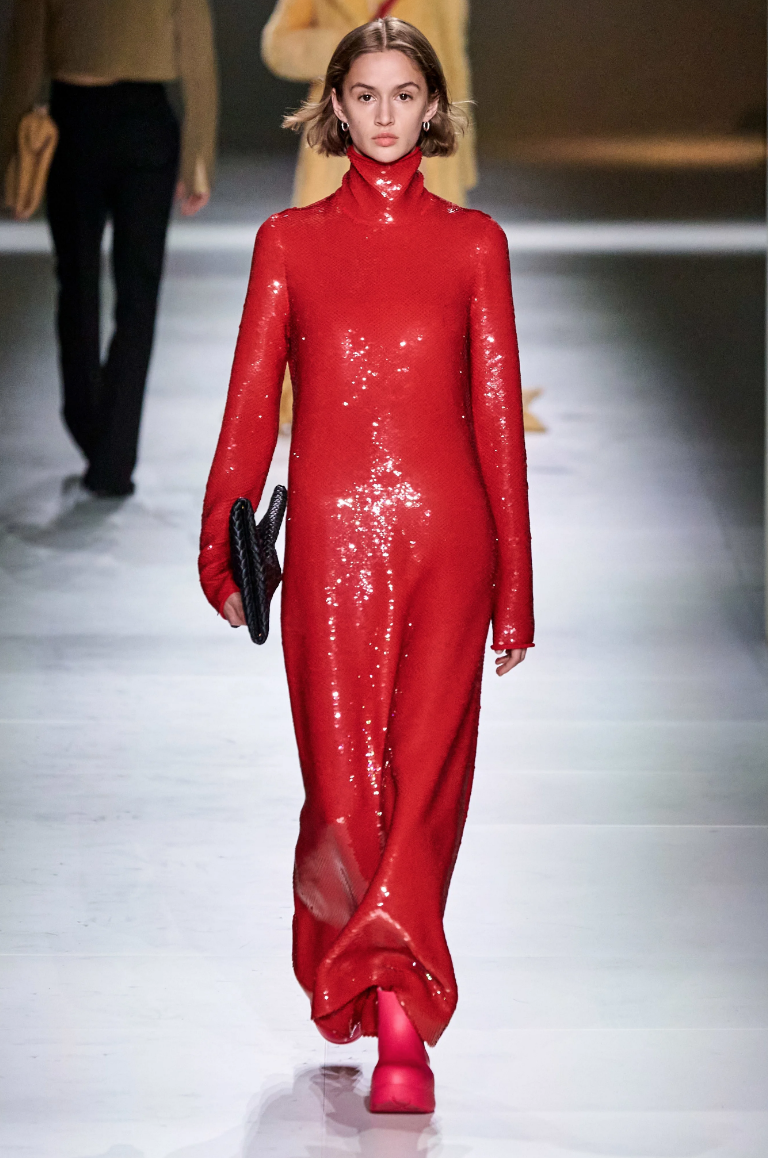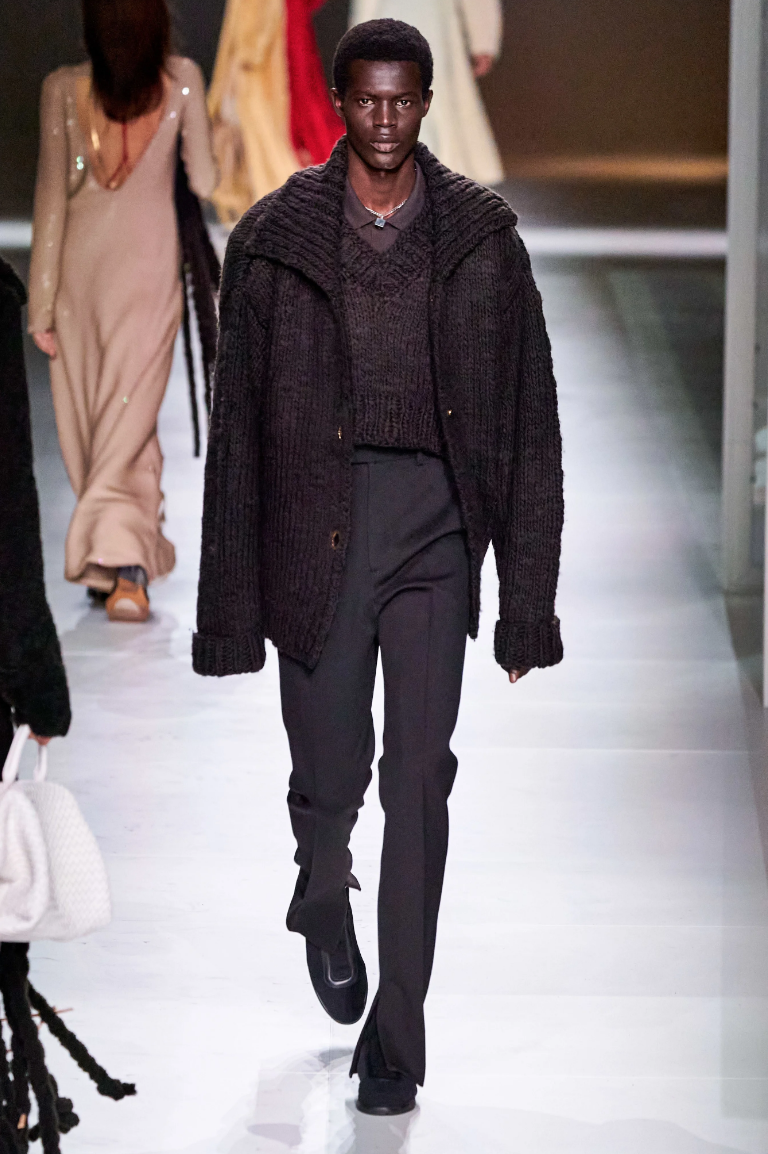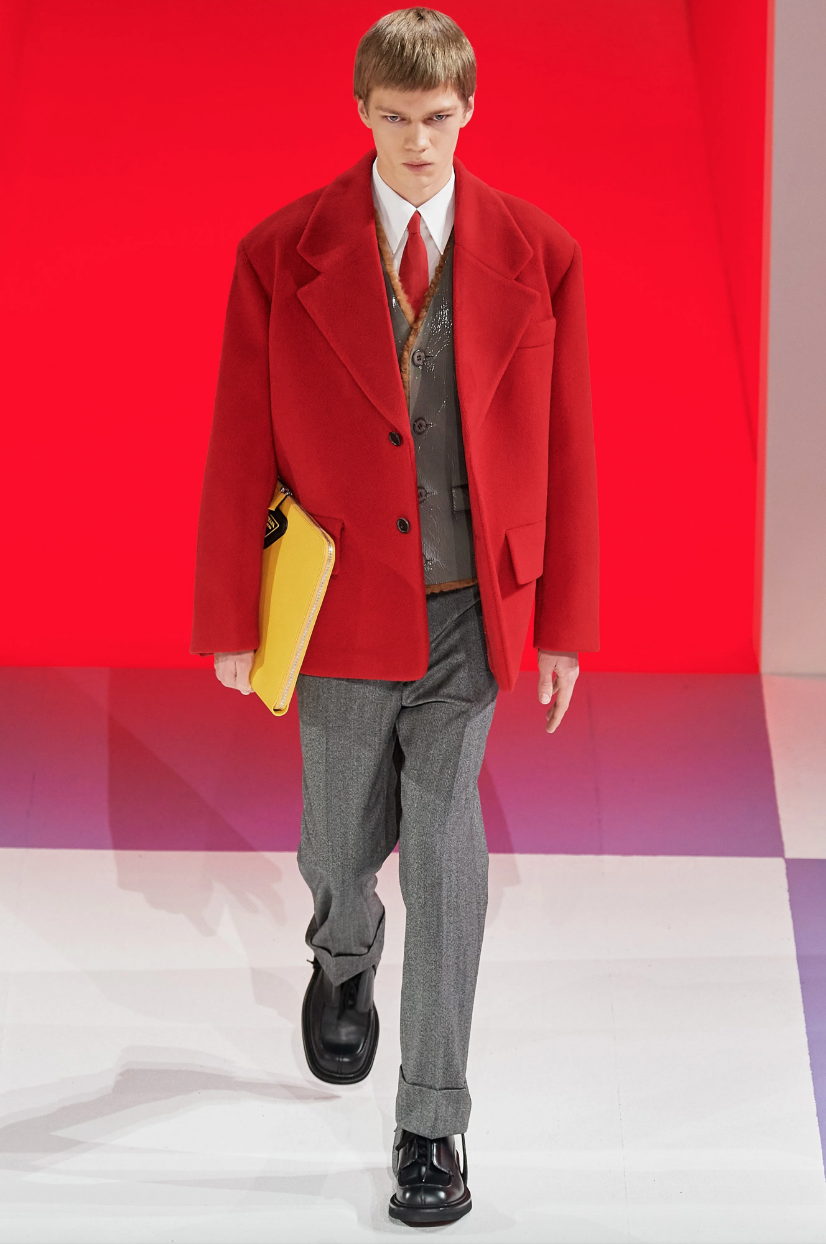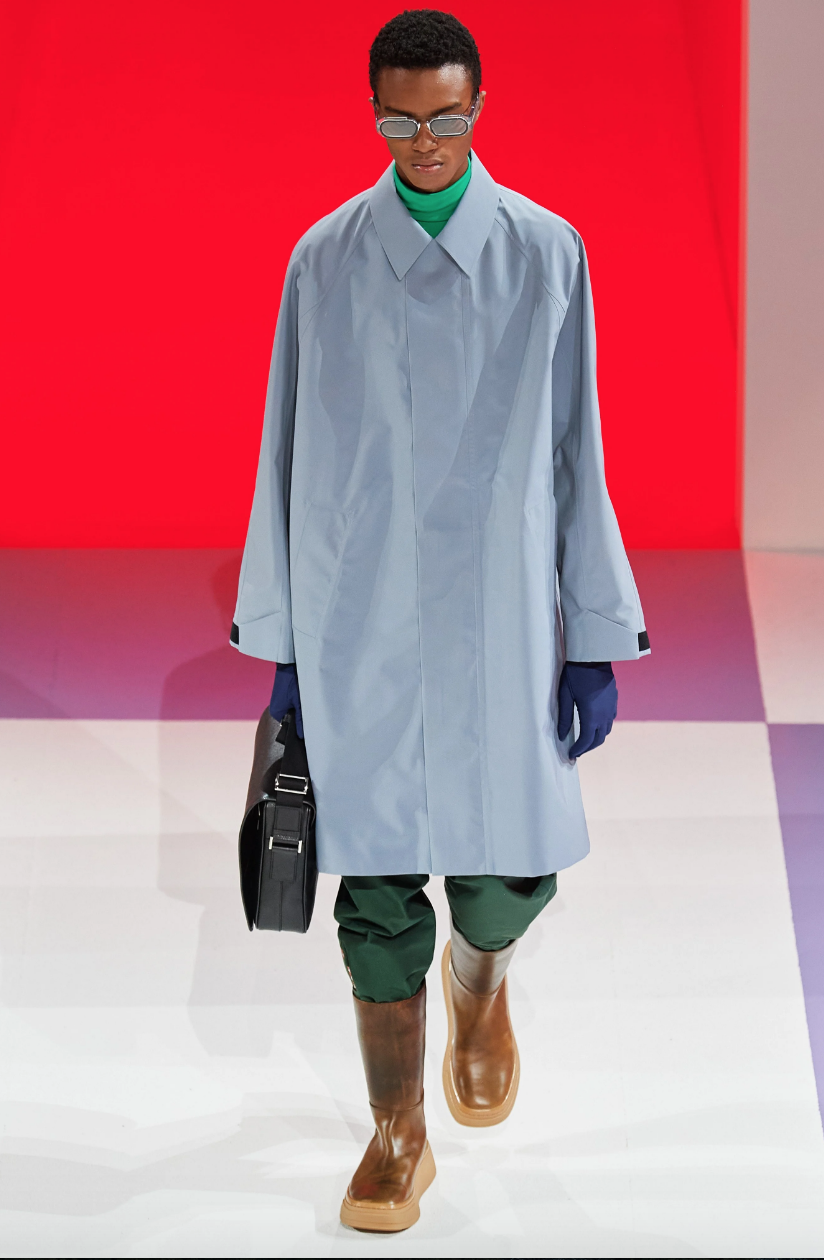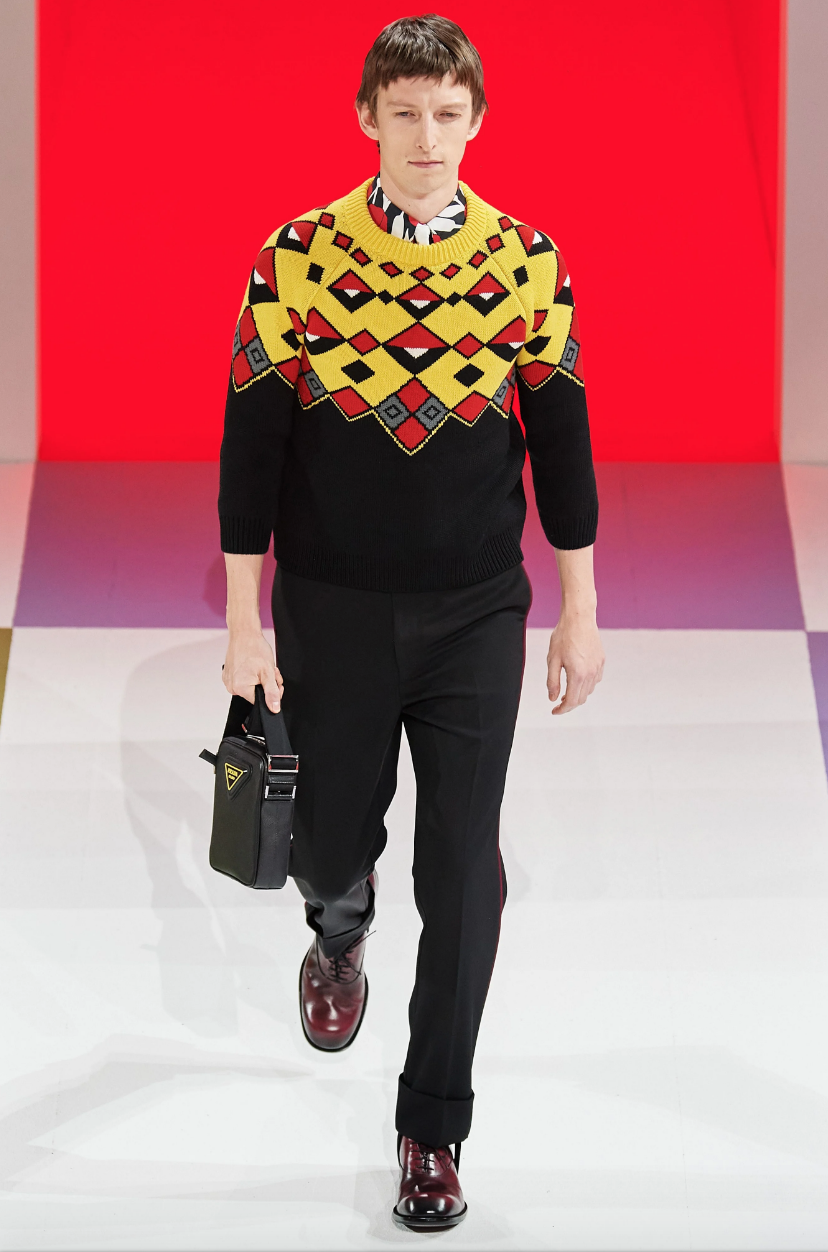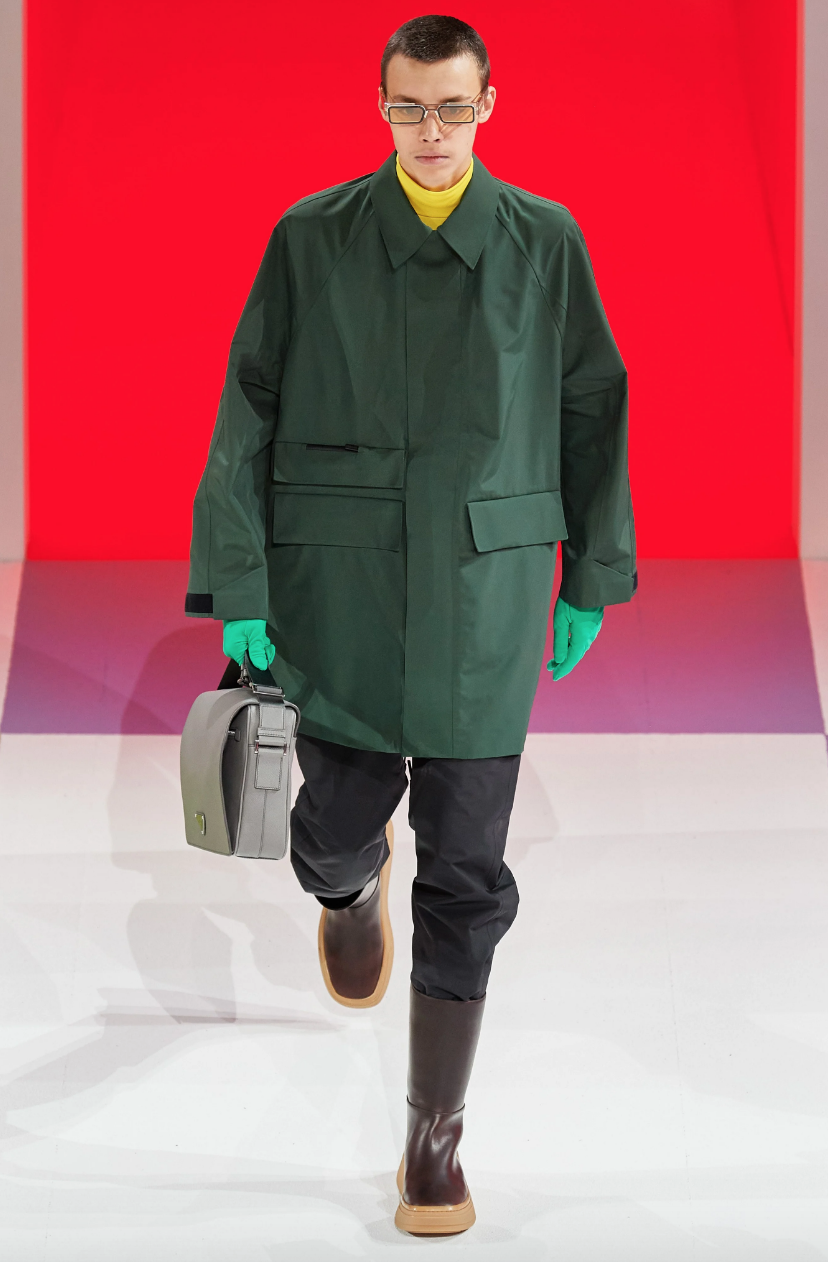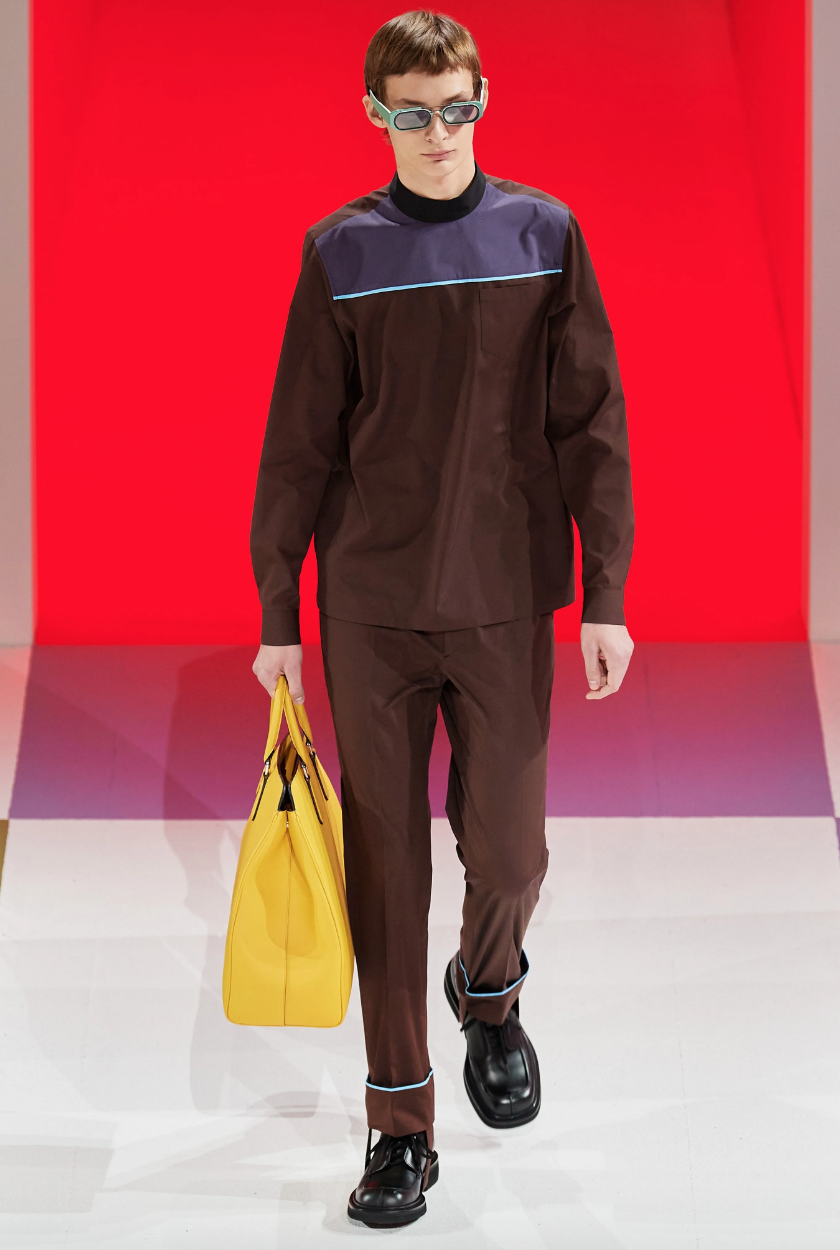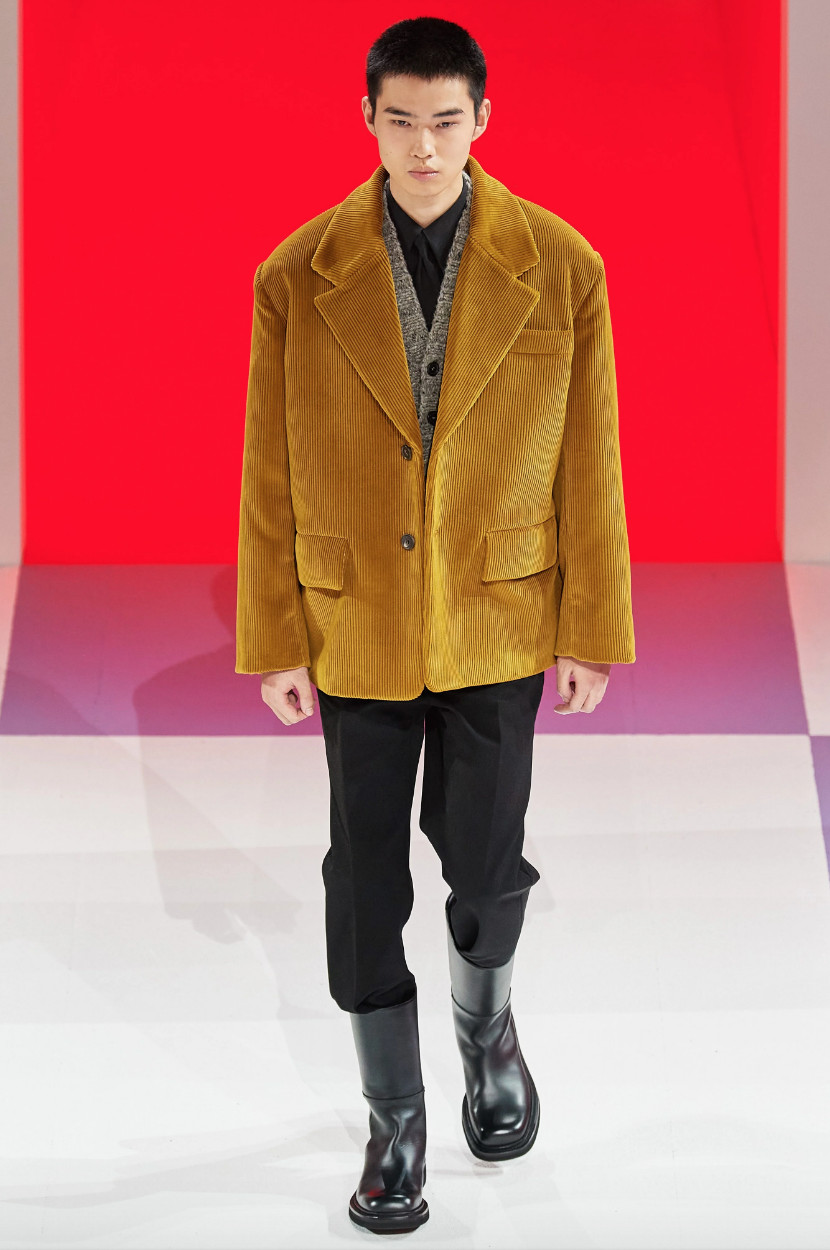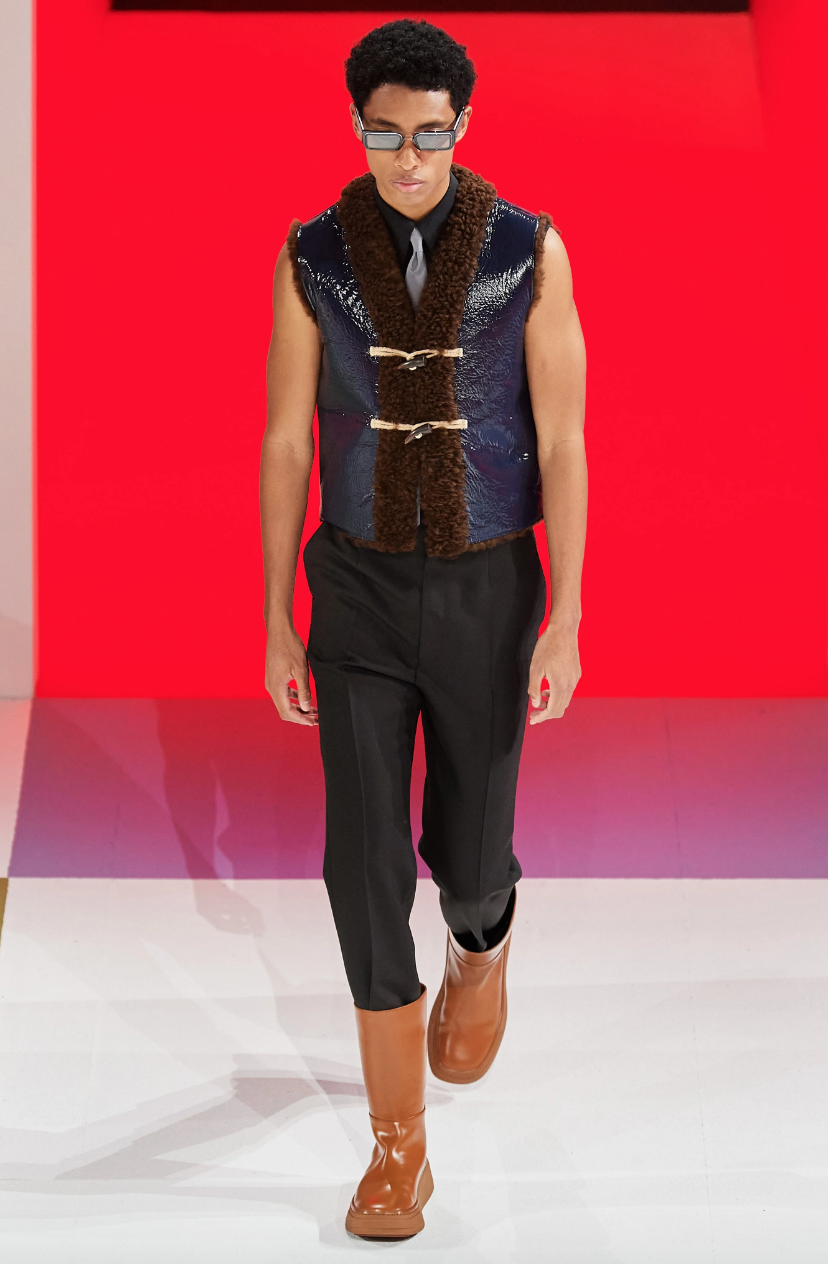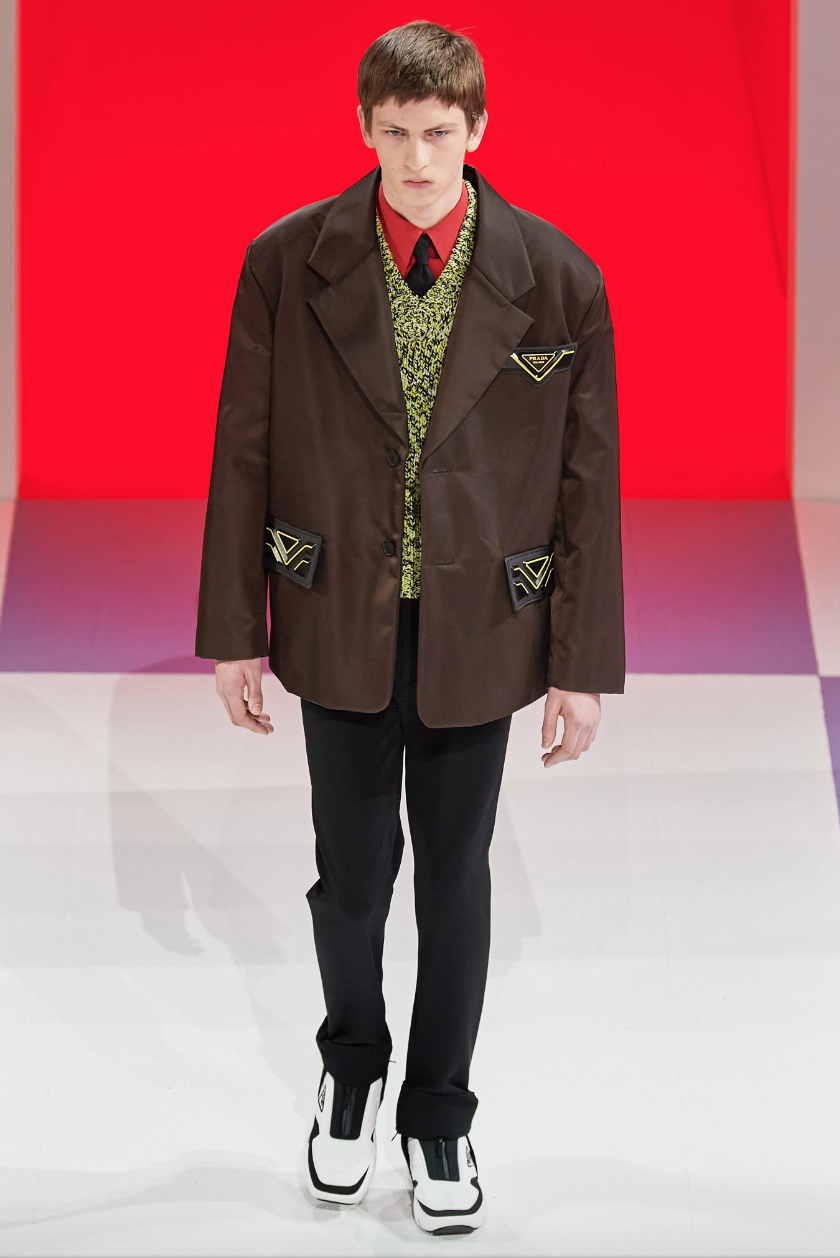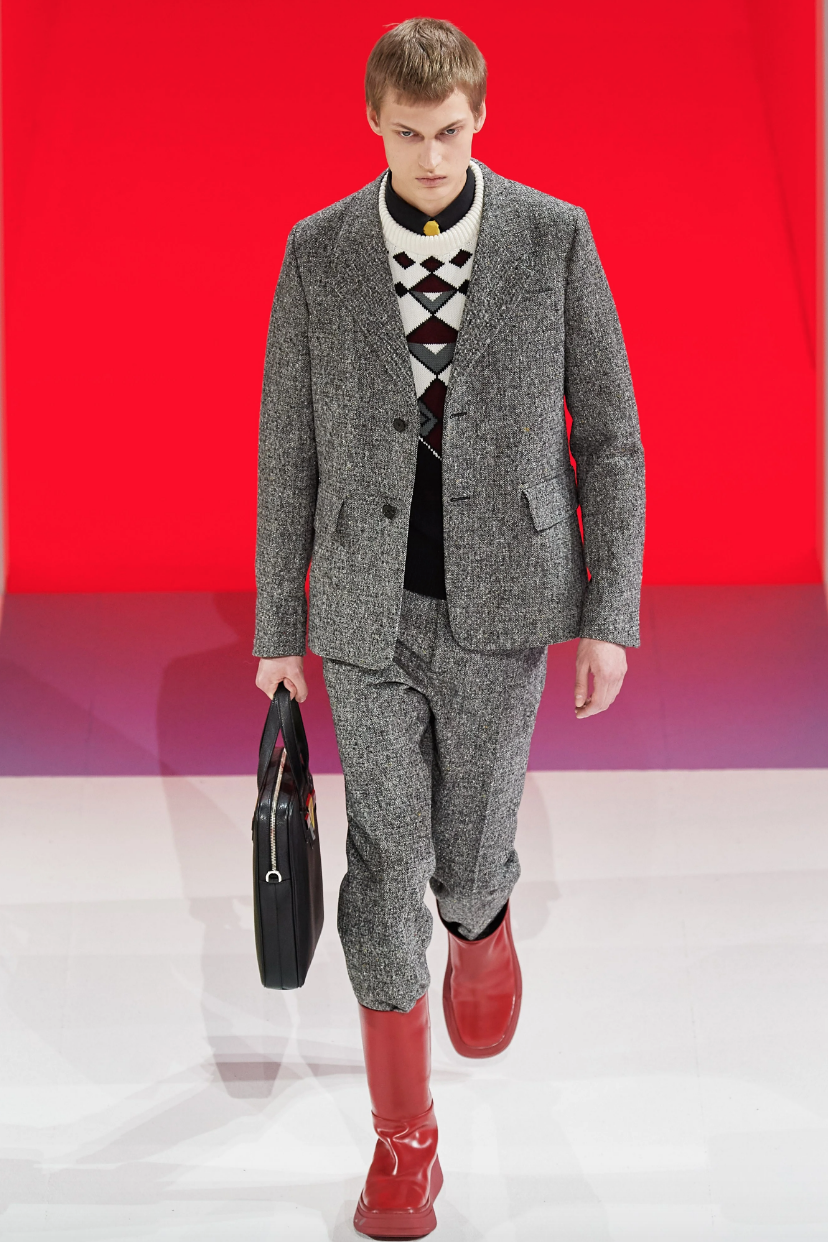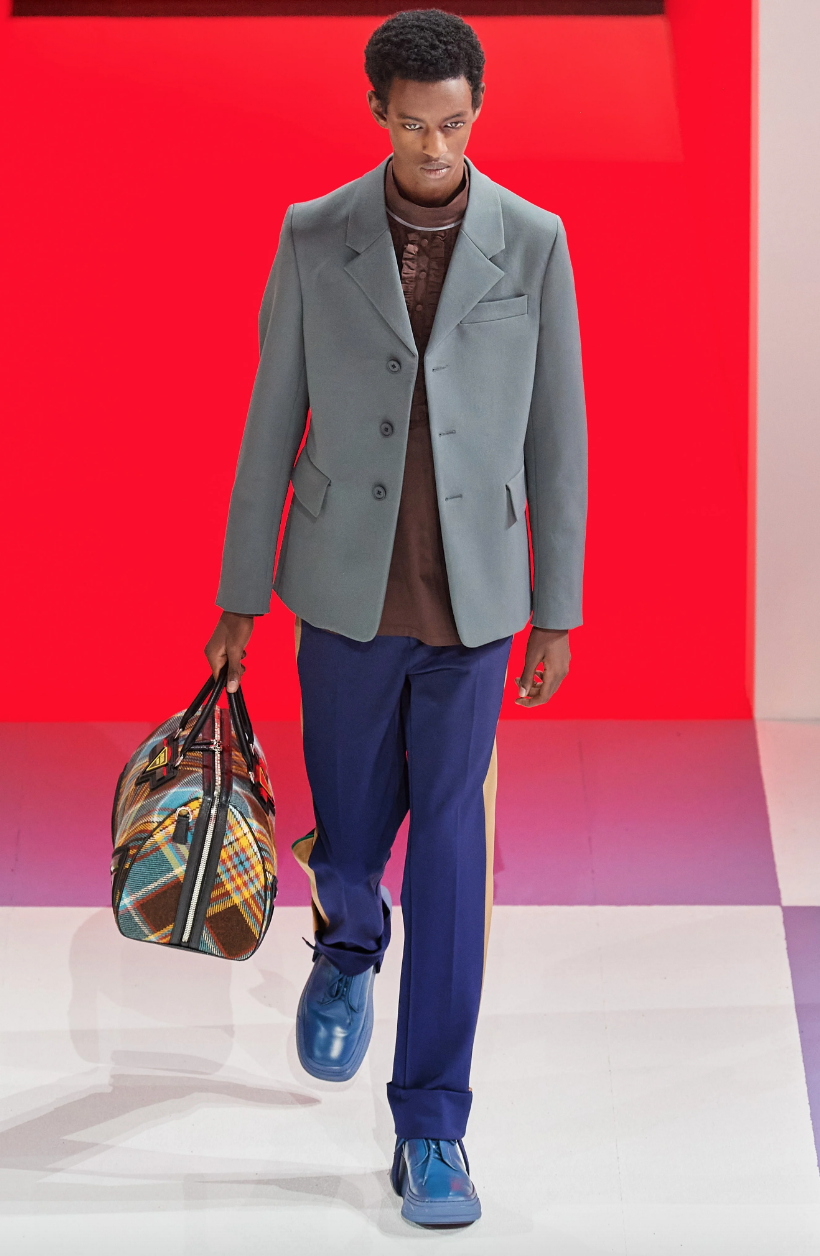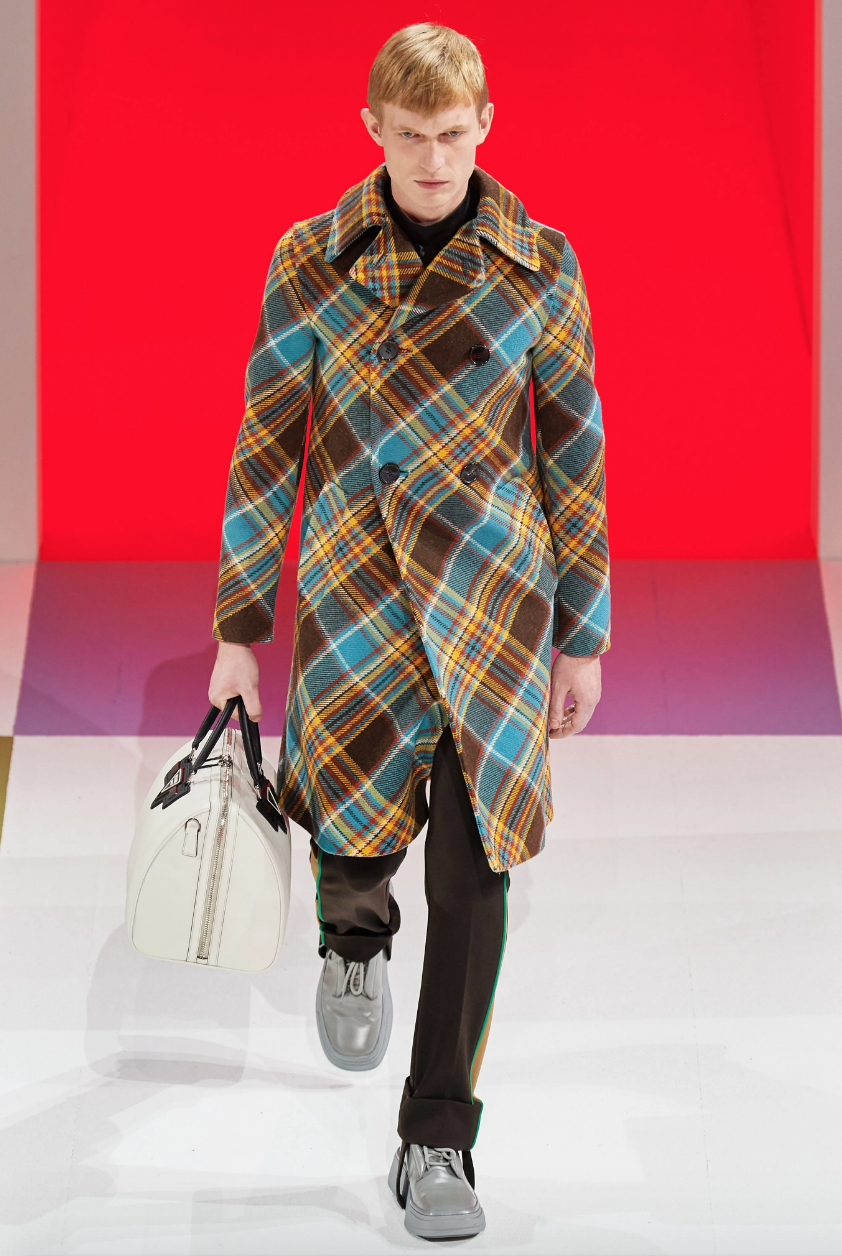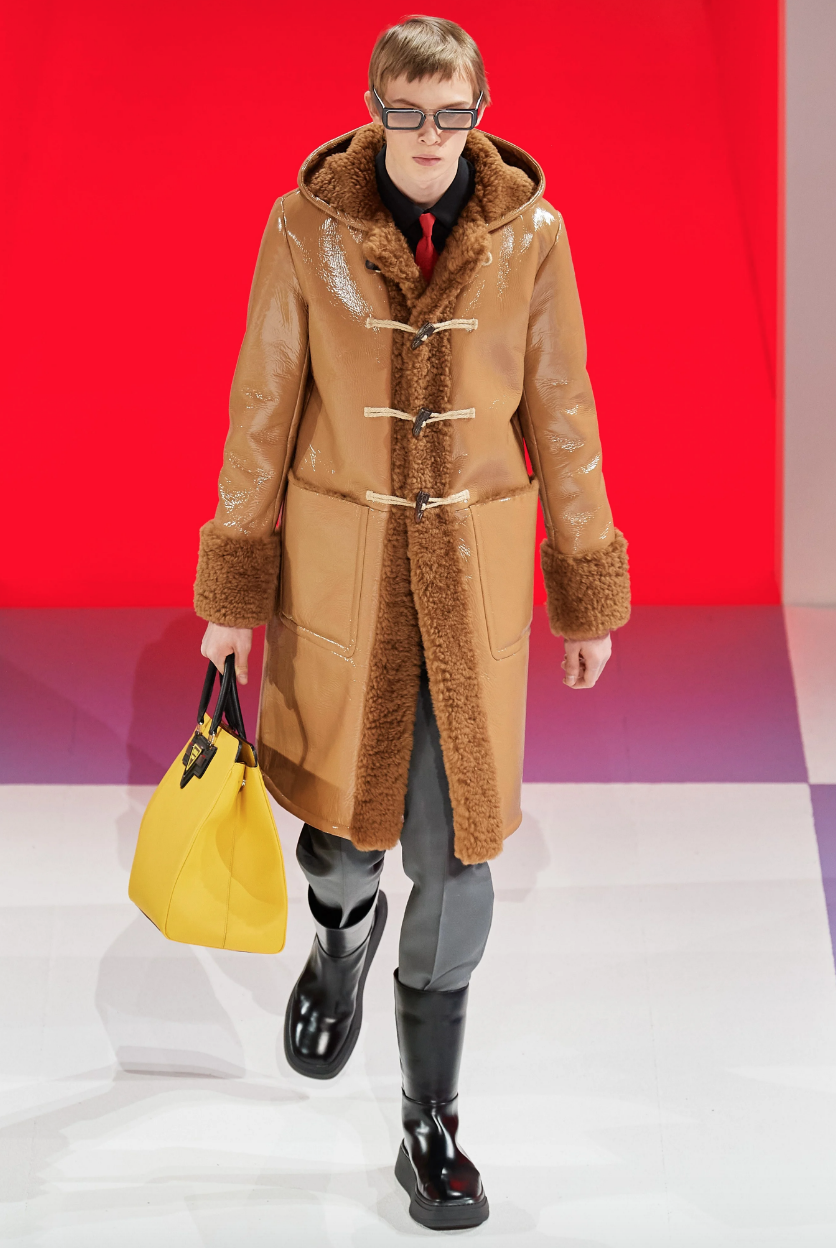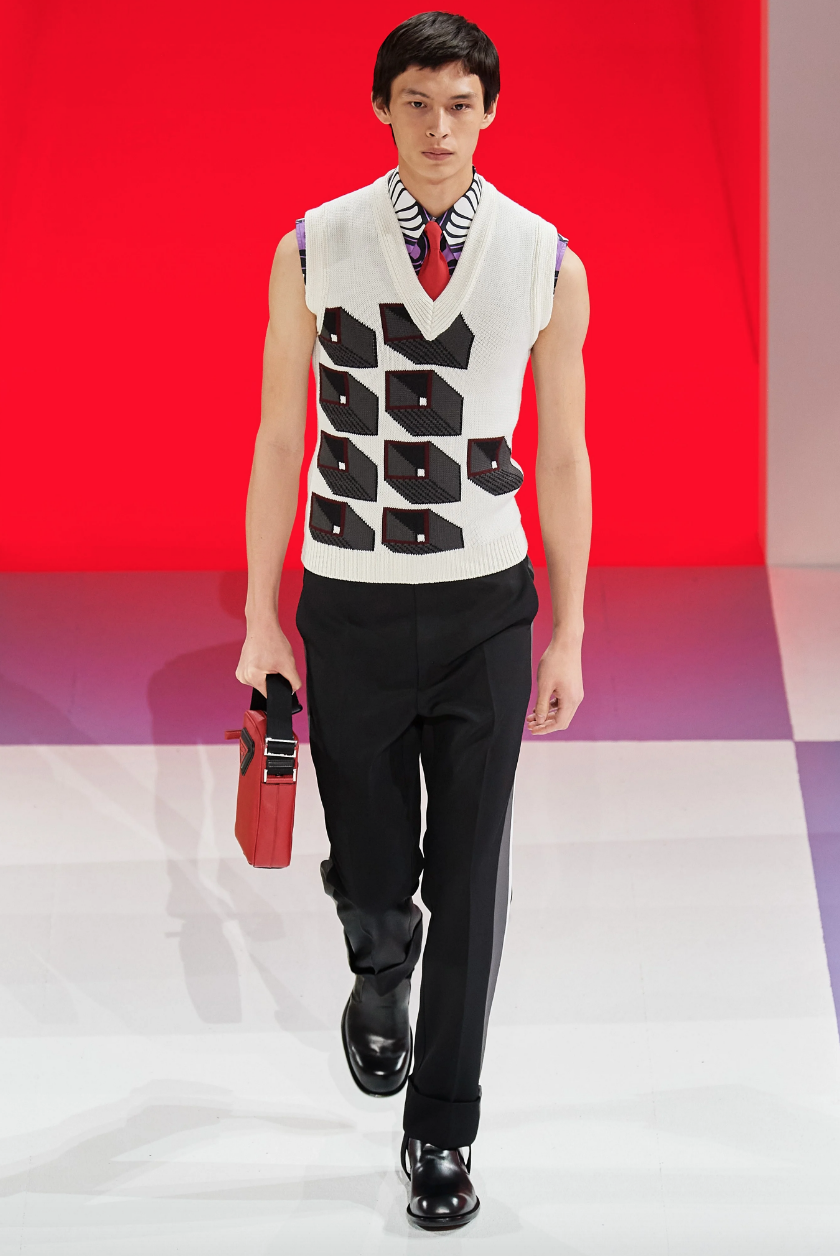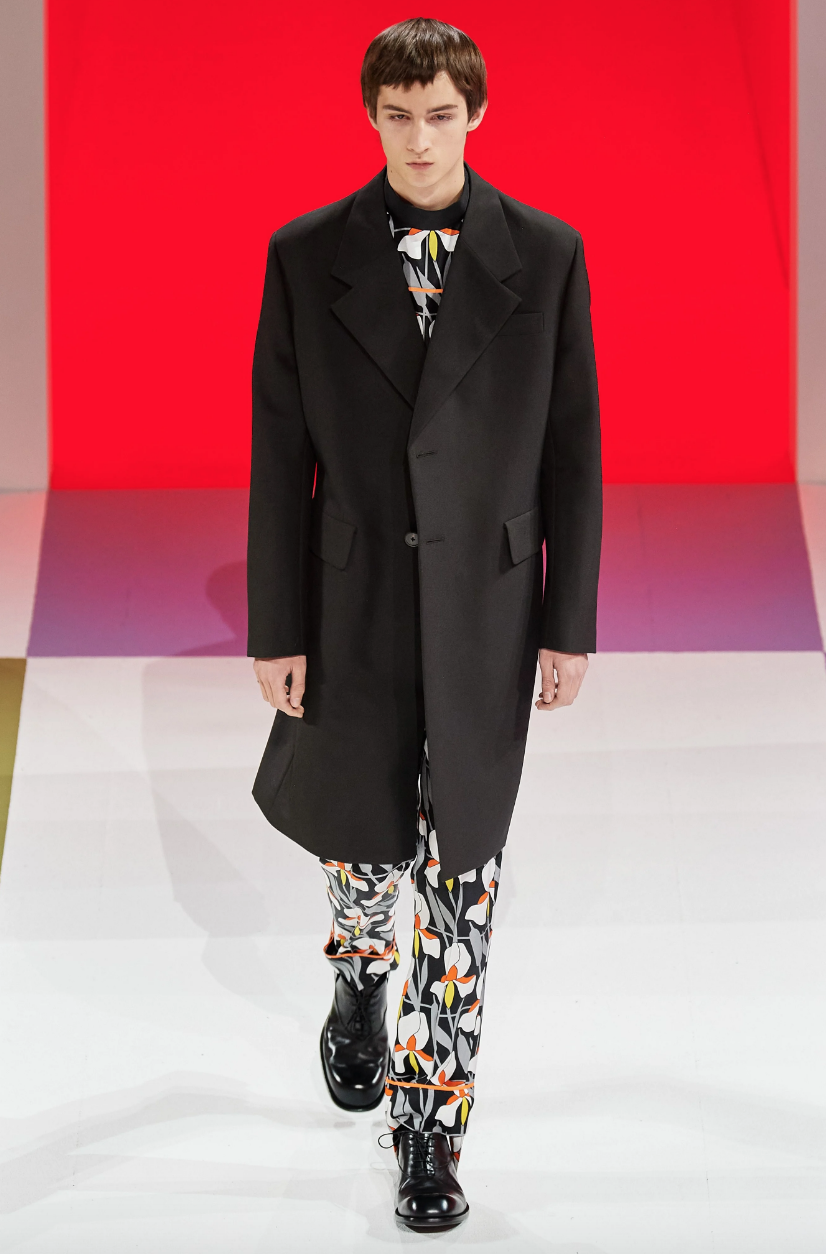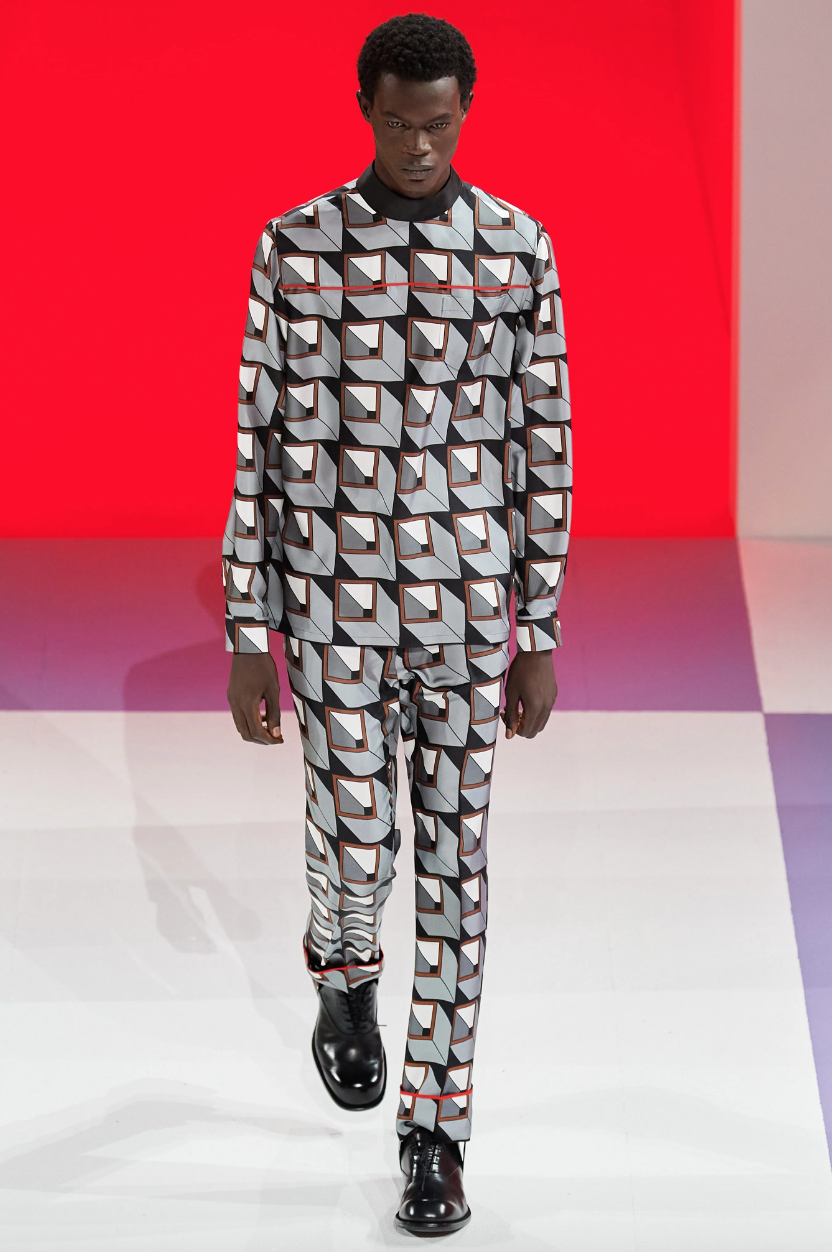Rick Owens Spring 2021 Menswear
/Titled “Phlegethon,” after the river of molten fire that Dante said swept the agonized damned through the seventh circle, this collection was previewed by Rick Owens from his place at the Venice Lido. Down the Zoom he appeared moist and was topless: “I just got out of the water. It is beautiful. Delicious.”
Both in Italy and France, the Big Picture has been shifting in a more positive direction of late—working upstream, not drifting down—and this was, Owens said, one of the contributing factors to a sudden change of direction the day before this video presentation. Shortly after he was released from “le confinement” Owens traveled to Italy where he made not one but two collection videos. The first was for “Performa,” the fall 2020 collection he showed in January but whose distribution had since been shut down. The second, a little later, was for this collection, already mostly planned. Owens’s original scheme was to offer “Performa” once more at this digital Fashion Week.
He explained: “At the time it seemed like the smart and kind and rational and logical thing to do. I thought, ‘I can kind of press reset and start doing this from now on.’ So that was my plan. And then yesterday morning I changed my mind…because for better or for worse, the world has become accustomed to being able to see everything at the same time—the preview of what’s coming and imagery of what is available right now. My plan would have been to only be providing what was available right now, and not having what was coming. And after a while that was going to start feeling old. We’re used to seeing something that is fresh out of the oven. And I don’t think we can go back. The genie’s out of the bottle…it might seem logical, but emotionally it just doesn’t make sense.”
Owens’s team worked all last night—“I gave my people a heart attack”—to edit the video you see here of Owens fitting and styling Tyrone Dylan Susman in this new (but auto-Owens referential) collection. The format, especially when compared to the epic sweep of an Owens runway show, is, Owens agreed, intimate. He said: “Doing something spectacular and confrontational and transgressive would not have been the right thing to do now…so I showed the real action of us working on the collection, which I thought was the most genuine expression that I could come up with.”
Owens added that while mostly ensconced in his lagoon cocoon, he has been peeking out of it: “I keep talking about what Balmain did. The show on the boat. I thought that was just the loveliest thing. It was not wasteful. It was poetic. It was charming. It was fun. And what I also realized when I saw it is that a company like Balmain, or any of us, it’s almost that we have a duty to present the best of the best of what we can do…We represent excellence.”
Watching Owens and Susman parlay over “Wish I Woz a Dog” by Alien Sex Fiend, you could see both excellence and provenance in this collection. “It’s one of my favorites ever,” says Owens as they arrange what becomes look 19, an unlined jacket with quilted shoulder details inspired by his research into Larry LeGaspi. Owens said the double-layer loose leather mesh tank tops were echoes of a collection in 2012, and added that knits and swimwear were fresh expressions of the membrane T-shirt first developed for 2017’s collection “Dirt.” Said Owens: “I didn’t really do it that deliberately, but that’s how it came out. I did look back and use my own archives. Because I was in that mindset that we’re not going to throw things away.” Through their dialogue, Susman helped shape the presentation of this collection, a development of which Owens offered: “I’ve let people in a little more than I used to. I have more people that I’ll ask and listen to, whose opinion interests me…But at the same time, I am only going to be interested in a creative voice that is personal, not a committee decision. My selfishness is intact.”
Source: VogueRunway
FASHIONADO


